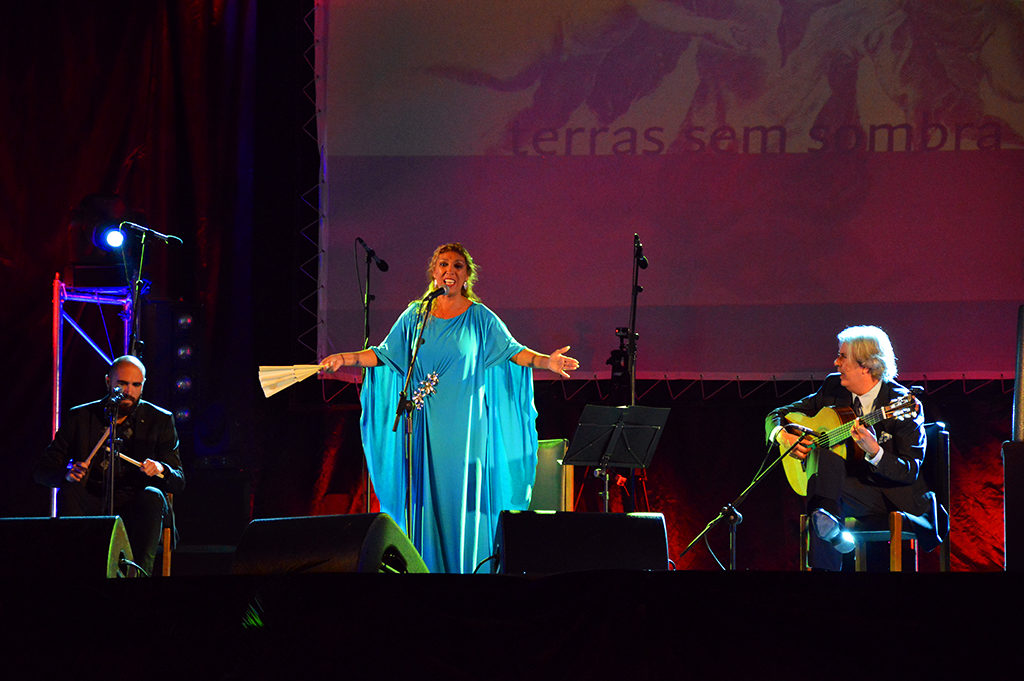 Now that the 2017 edition of Festival Terras sem Sombra is coming to an end, with the delivery, this Saturday, 1st of July, in Sines, of its International Prize: Sul Informação remember here what was one of the most emotional journeys of this event that travels through Baixo Alentejo.
Now that the 2017 edition of Festival Terras sem Sombra is coming to an end, with the delivery, this Saturday, 1st of July, in Sines, of its International Prize: Sul Informação remember here what was one of the most emotional journeys of this event that travels through Baixo Alentejo.
It was the concert of cantaora Esperanza Fernández, accompanied by the great guitarist Miguel Ángel Cortés, a show that even managed to bring together, on the same stage, in Serpa, on 6 May, flamenco and Alentejo cante, two Iberian musical expressions that are already an Intangible Heritage of Humanity.
But this weekend's show Lands without Shadow Festival, in addition to music, it also included, as usual, on Saturday afternoon, a tour of the historical and architectural heritage of that Alentejo city, as well as, on Sunday morning, a walking tour from Vila Verde de Ficalho to Serra de Ficalho , as part of an action to safeguard biodiversity that centered on the traditional olive grove.
On Saturday, in the afternoon, the highlight was the visit to the historic center of Serpa, which began next to the Town Hall, and focused on the palace of the Marqueses de Ficalho. The visit was guided by the art historian José António Falcão and the researcher António Martins Quaresma, who are both finishing a book about the churches and religious heritage of Serpa, written hand to hand.
The walk passed the old butcher shop, the Clock Tower, the Church of Santa Maria, the parish church, which tradition says was built over the old mosque. As in the parish church in Loulé, the current church tower in Serpa would have been the minaret.
Nearby, there is a house with a pointed arch door, which led José António Falcão to remember that «the Jews of Serpa were very persecuted by the Inquisition of Évora». Maria Manuel Oliveira pointed out: "we don't know where the Jewry or the synagogue was".
The group then proceeded to the castle, where one enters passing under a huge block of the old medieval keep, deposited in a balance that seems unstable. It is a testament to the explosion that destroyed the Portuguese parade of arms in 1707, when the Duke of Ossuna, at the head of Spanish troops, made an incursion along the left bank of the Guadiana, to take Moura and Serpa.
But the main dish of the cultural tour was the visit to the palace of the Marqueses de Ficalho. This remarkable building, still today the private residence of the Ficalho family and classified as a National Monument, opened its doors to the public, exceptionally, on this occasion. And many people – more than 200 – wanted to visit the building for the first time.
Guided by José António Falcão and D. Matilde, one of the owners of the palace, the participants had to be divided into a dozen groups. “I've wanted to visit the palace for over 40 years, but I've never been able to,” said a serpent, who was eagerly awaiting his turn to enter.
The palace dates back to the end of the XNUMXth century, having been built by D. Francisco de Mello, mayor of Serpa. José António Falcão underlined the “architectural dimension and intention” of the building, “which surpasses everything else. In Alentejo, from Évora onwards, there is nothing of this dimension. It is an exception in the panorama of southern architecture».
The work would be completed by his sons, D. Pedro, governor of Rio de Janeiro, and D. Martim Afonso de Mello, bishop of Guarda. It is a scholarly example of Mannerist civil architecture, faithful to the principles of Italian treatises from the XNUMXth century, and which has arrived almost unchanged to the present day.
The main façade, facing a terrace, presents a structure of great sobriety, in the “floor” style. Inside, the palace is divided into large rooms, interspersed with galleries, whose austere structure is combined with the exterior “gravitas”. Shortly after the end of the residential part, an aqueduct was built on top of the wall to supply it. The famous botanist and writer Count of Ficalho (1837-1903) lived in this palace, whose memory remains unaltered.
The palace gardens, now semi-abandoned, will soon be restored, in a protocol with the Serpa City Council.
At night, there was a concert, this time not in a church, as is the norm at Terras sem Sombra, but in the open air, in the main square of the city, a short distance from the old Porta de Sevilla, once torn in the walls of this city, which is a very expressive sign of the scope, in Iberian key, with which Terras sem Sombra sees the relationship between religious music and contemporary society.
with the big cantaora Esperanza Fernández, the flamenco in its pure dimension arrived in Alentejo. Esperanza was accompanied by the great guitarist from Granada Miguel Ángel Cortés, and, on percussion, by other references in Andalusian music: Jorge Pérez «El Cubano», Dani Bonilla and Miguel Junior, son of cantaora from the Sevillian district of Triana.
Revisiting Seville's spiritual heritage from the sing jojo, Esperanza evoked the religiosity of the Gypsy people, to which he belongs, and brought it closer with enchantment to the poetry of José Saramago, who sang.
Emotive was also the final moment of the concert, when, repeating the experience of Seville (in the festival's presentation), the Rancho de Cantadores from Aldeia Nova de São Bento, to join their male voices to that of Esperanza, almost in a “twinning act” between singing and flamenco.
Still barely recreated from the emotions of a great concert that filled the Praça da República, on Sunday morning it was the turn of the biodiversity action, which had the uniqueness of Serra de Ficalho as its theme.
The meeting point was set at the church of Vila Nova de Ficalho, which today belongs to Serpa, but which, recalled José António Falcão, was once the county seat. The town, added the art historian, is “anchored on a route connecting Andalusia and Alentejo”. During the Spanish Civil War, "there were many complicity here that saved lives."
The small but very interesting church, whose outer eaves are covered with swallows' nests, is a “perfect neoclassical building, with a centralized plan”. There are curious stories around this temple, such as the one about the Marquesa de Ficalho who, at the consecration of the church, offered all the girls of Ficalho a new dress.
«This is one of the most Andalusian lands in Portugal, with its Raiano talks and mixed marriages. It's almost a Eurocity», joked José António Falcão.
It was then time to leave, on foot, towards Serra de Ficalho. Reaching 518 meters in height, it is the most relevant elevation of the vast patch of metamorphic terrain that extends from the border to Montemor-o-Novo, constituting a relief of carbonated rocks within a schist matrix. The existence of dense and closed scrub allows the shelter of many species of mammals, namely the Iberian lynx.
But the highlight of the visit was the traditional olive grove that covers a large part of the mountain slopes, with many local varieties (Cordovil de Serpa, Galega, Verdeal Alentejana, Carrasquenha, Bico de Corvo, Cornicabra, Gama and Maçanilha), and also for the marble, which also appears in large quantities there. The guides were Raquel Ventura, from ICNF, Luís Coelho, from the Regional Directorate of Agriculture and a lover of olive groves, and geologist João Amado.
With a walk that ended in an old marble quarry, an open wound in the landscape, there was time to listen to stories of ancient wars between the Portuguese and Spaniards, the encounter between the images of saints on both sides, Nossa Senhora das Pazes and Santo Isidro , in a chapel halfway, of bandits who infested the mountains, or even of D. Baldomero Espartero, who, in the 1th century, at the end of the 50st Spanish Republic, fled to the area with XNUMX thousand men on horseback. Despite the initial scare that this caused in the Portuguese population, he ended up being well received and even there he left his sword.
For guests, this intense weekend ended with a lunch hosted by Singers Ranch of Aldeia Nova de São Bento, in this town in the municipality of Serpa, with António Silva as host. Isabel Estevens, Councilor for Culture, who accompanied the entire program, made a point of stressing that the Festival Terras sem Sombra, «is the result of those who dream a lot and believe a lot».
The Terras sem Sombra Festival is set against the backdrop of the Lower Alentejo, taking place on an itinerant basis in the municipalities of Almodôvar, Sines, Santiago do Cacém, Ferreira do Alentejo, Odemira, Serpa, Castro Verde and Beja, on a tour of heritage, music and biodiversity that this year started on February 11th and ends this Saturday, July 1st.
And it ends in Sines, with the delivery of the International Lands without Shadow Award, in a ceremony that will take place in the auditorium of the Administration of the Port of Sines, at 17:30, under the presidency of D. Amalio de Marichalar, Count of Ripalda.
The Festival Terras sem Sombra is organized by Pedra Angular – Association of Friends of Heritage of the Diocese of Beja and its activities are always free to access.
Photos: Elisabete Rodrigues|Sul Informação
(edited by Ana Madeira)

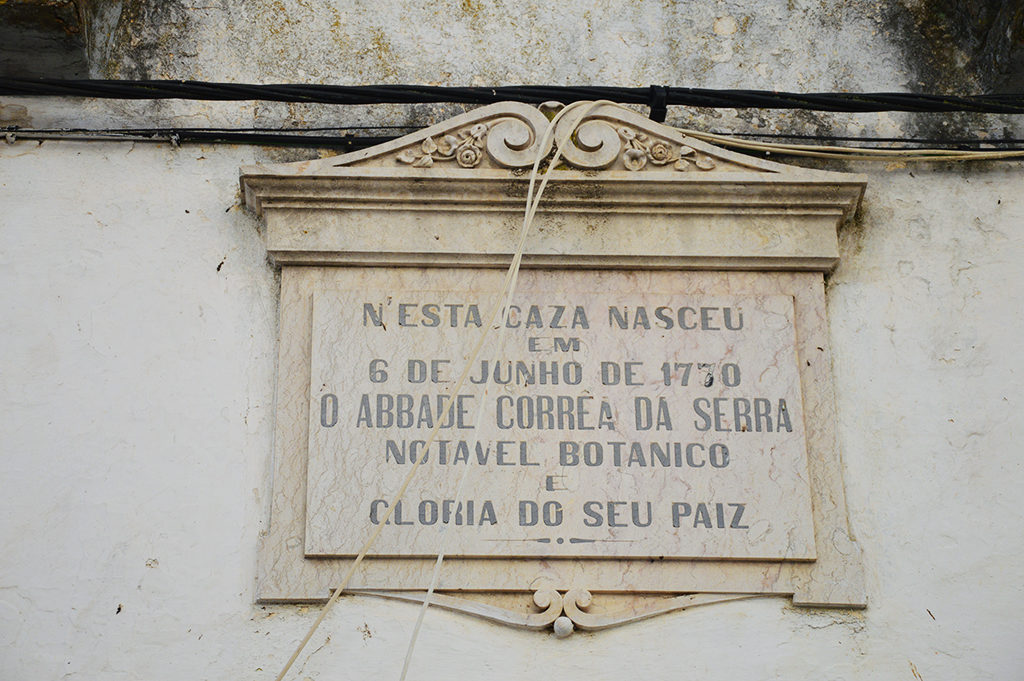
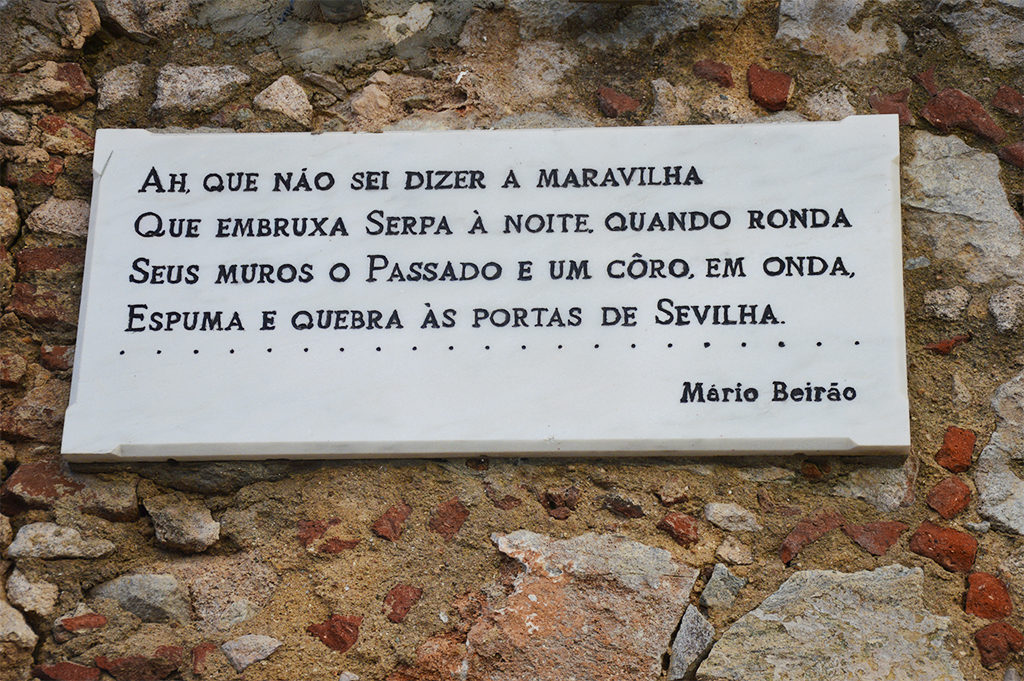
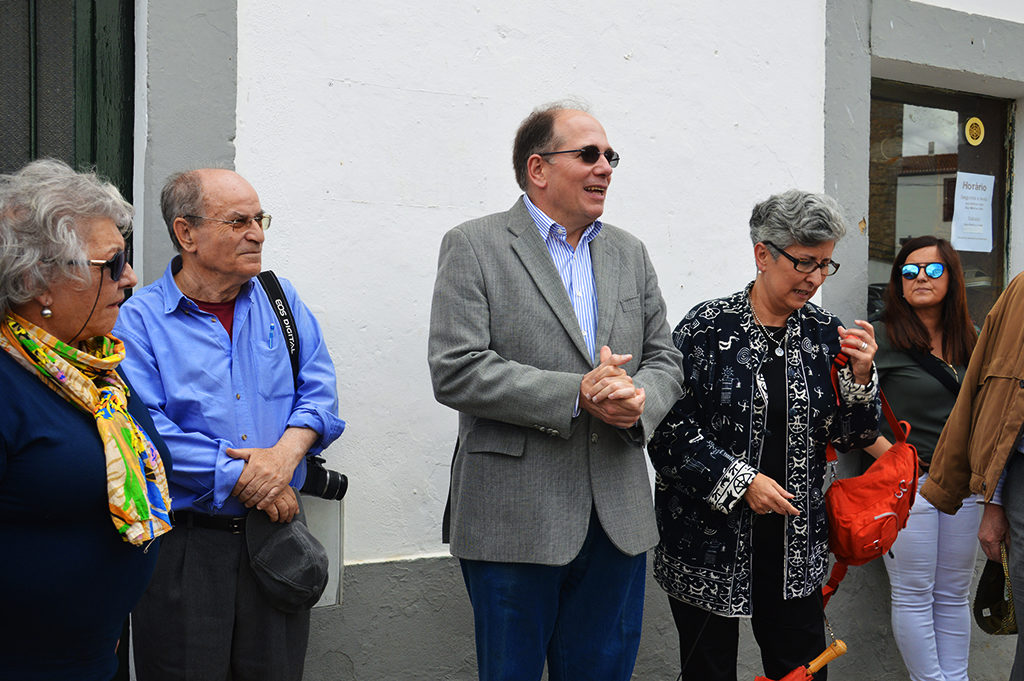
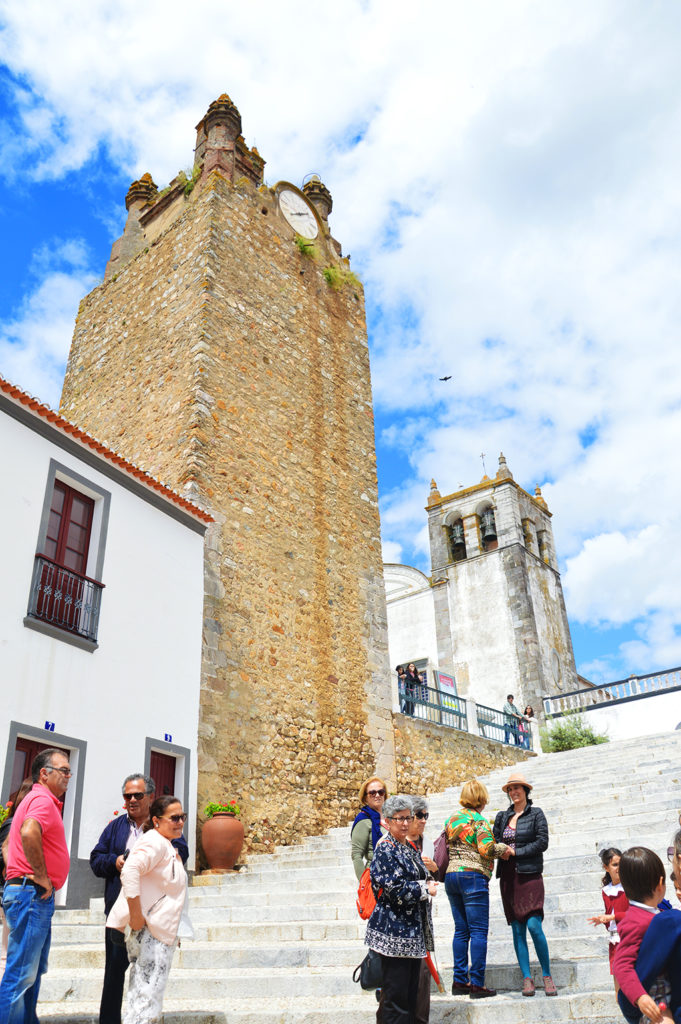
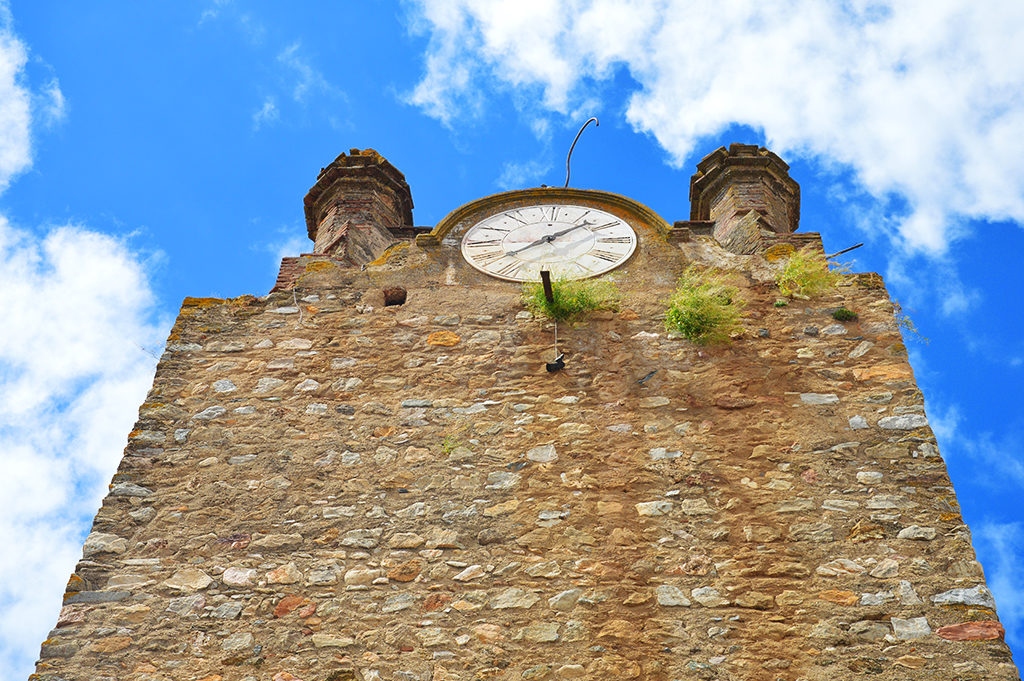
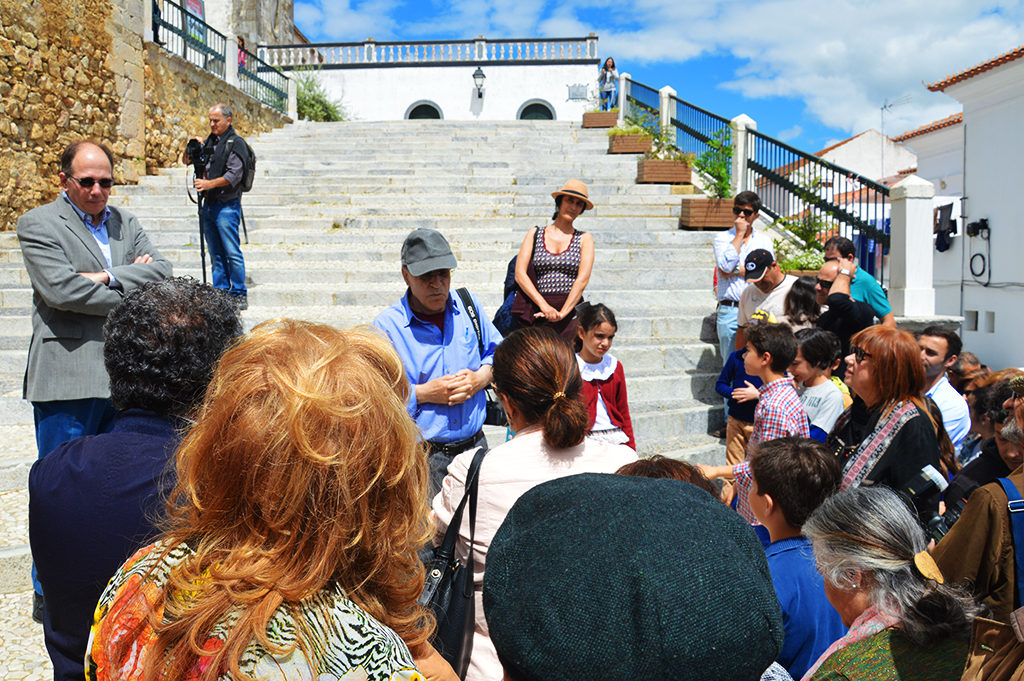
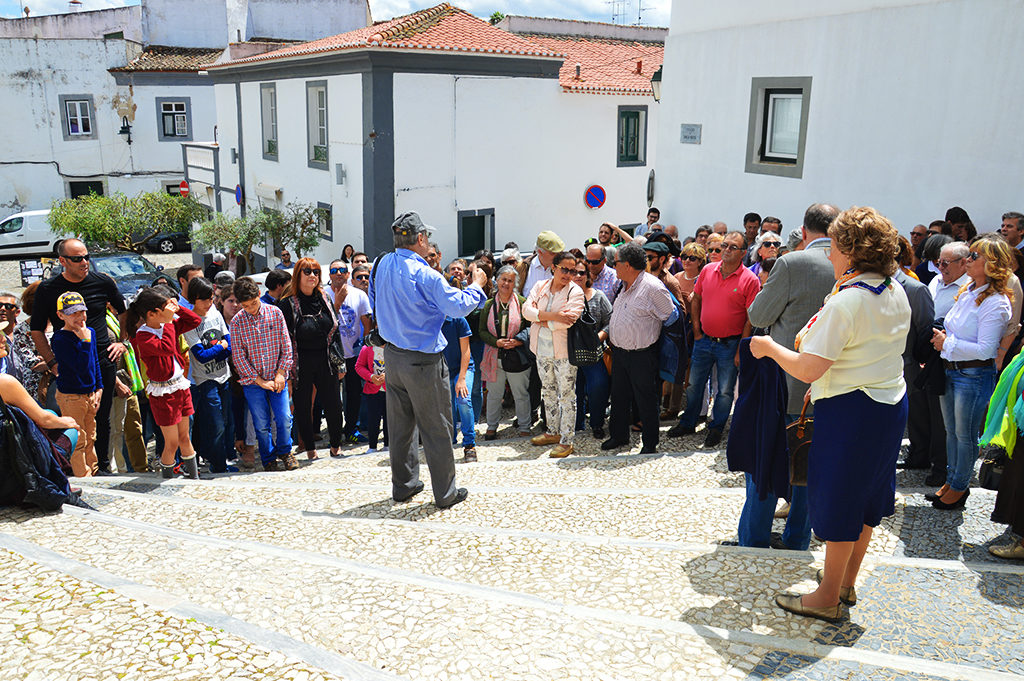
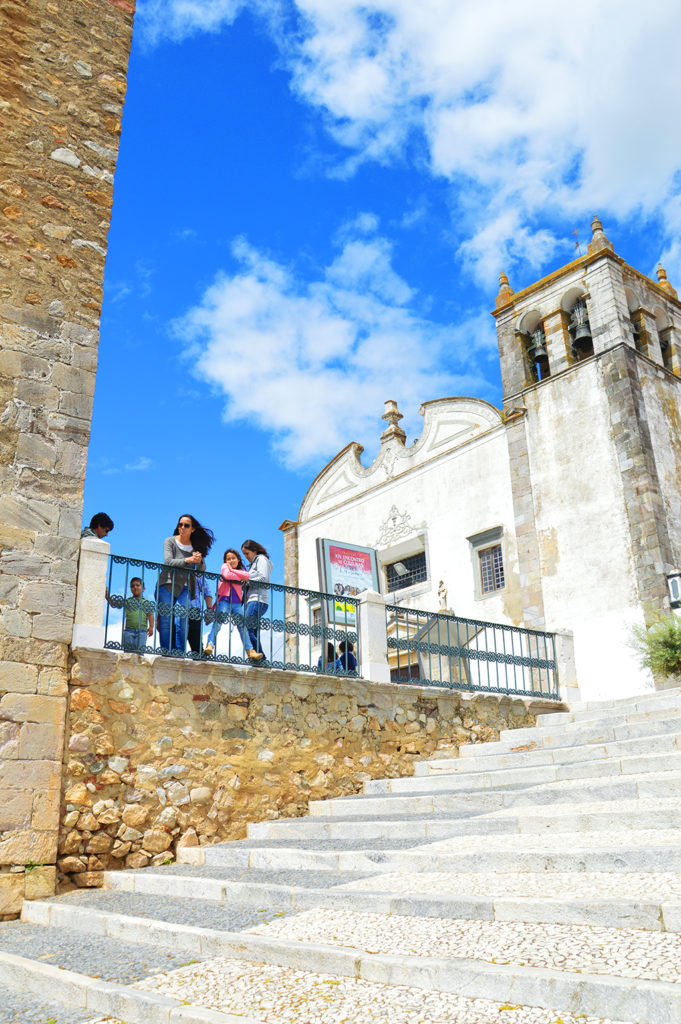
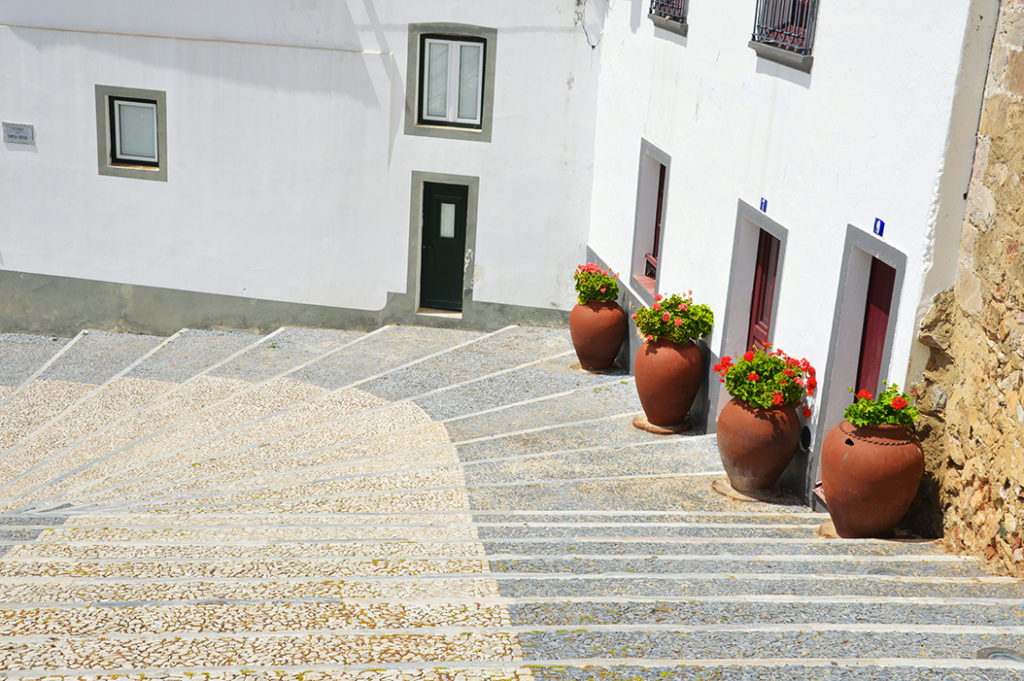
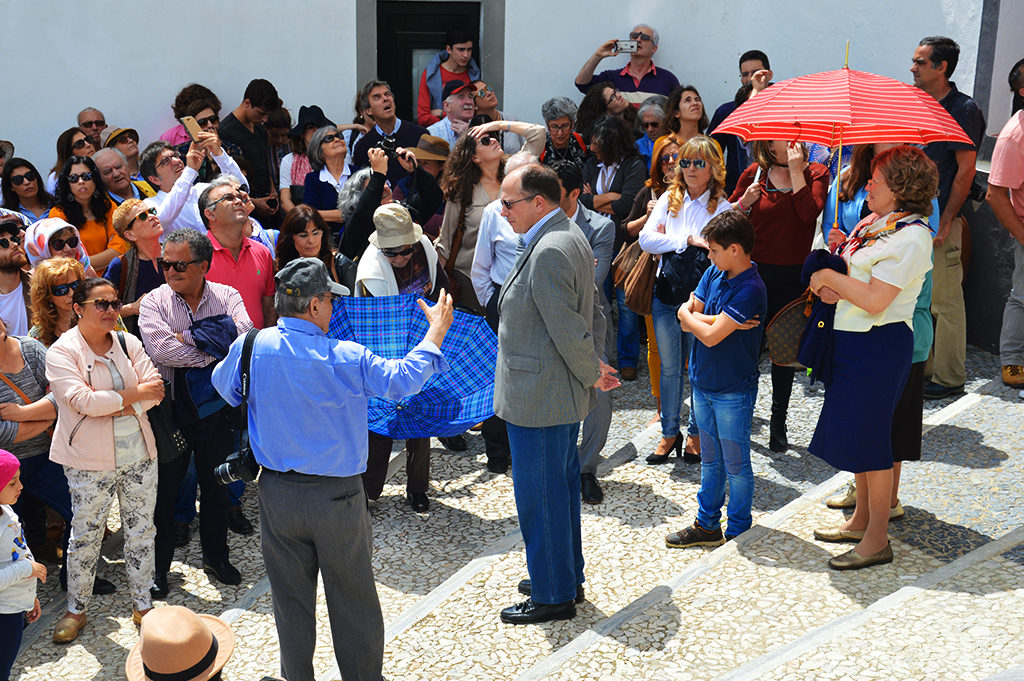
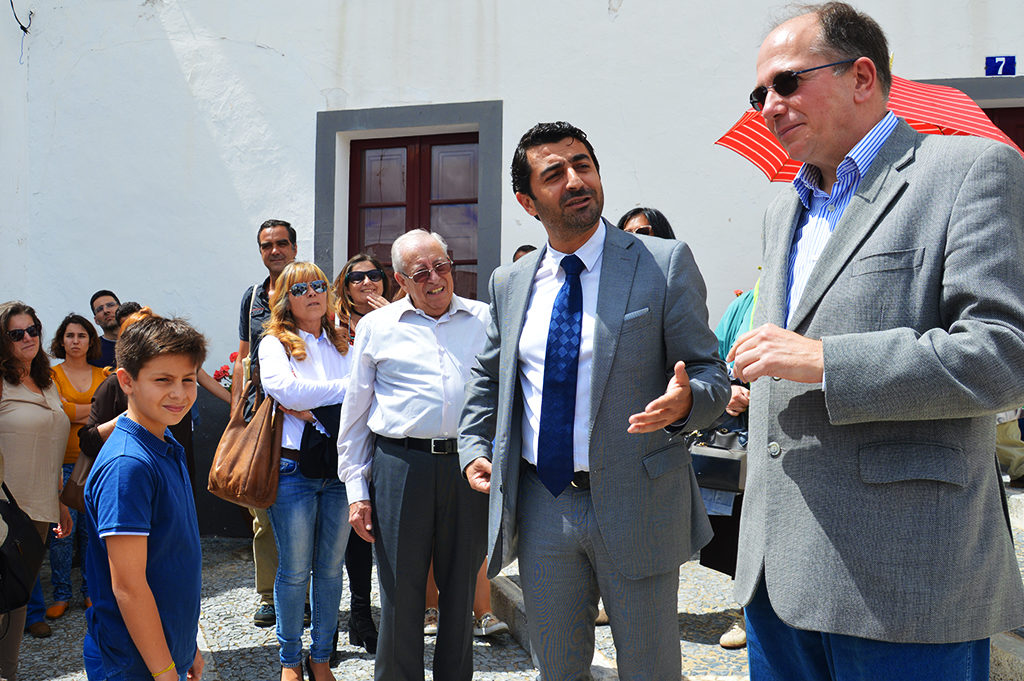
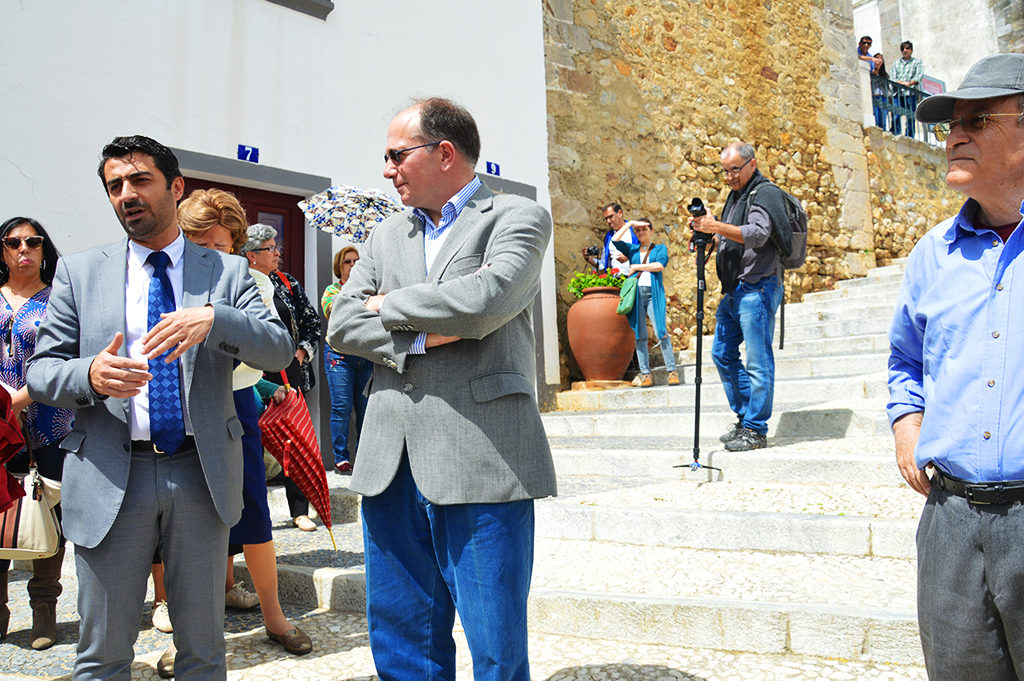
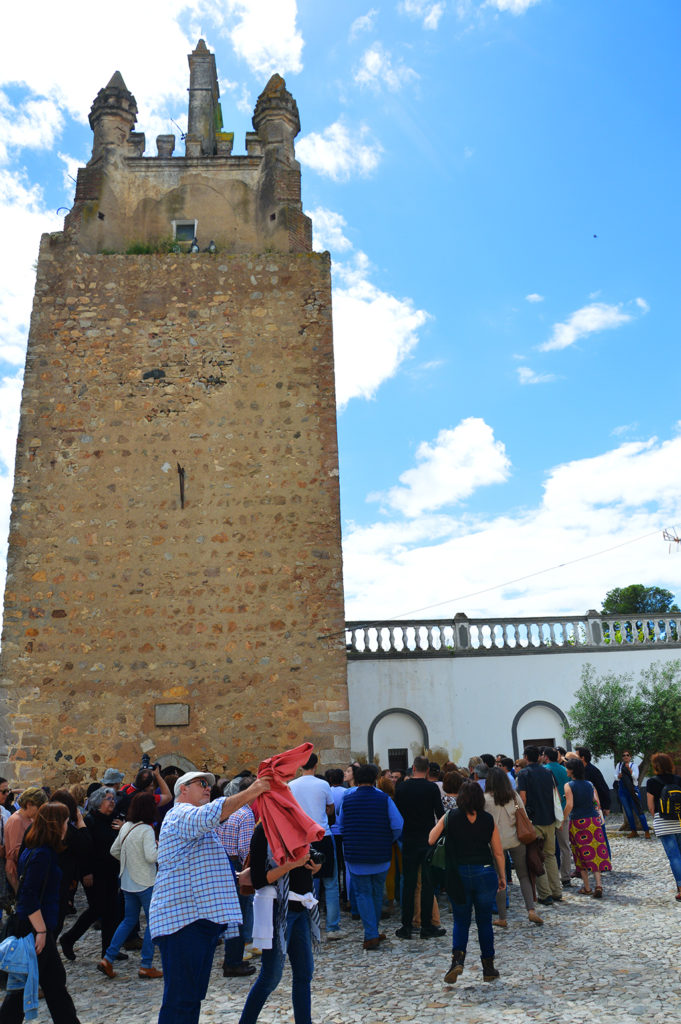
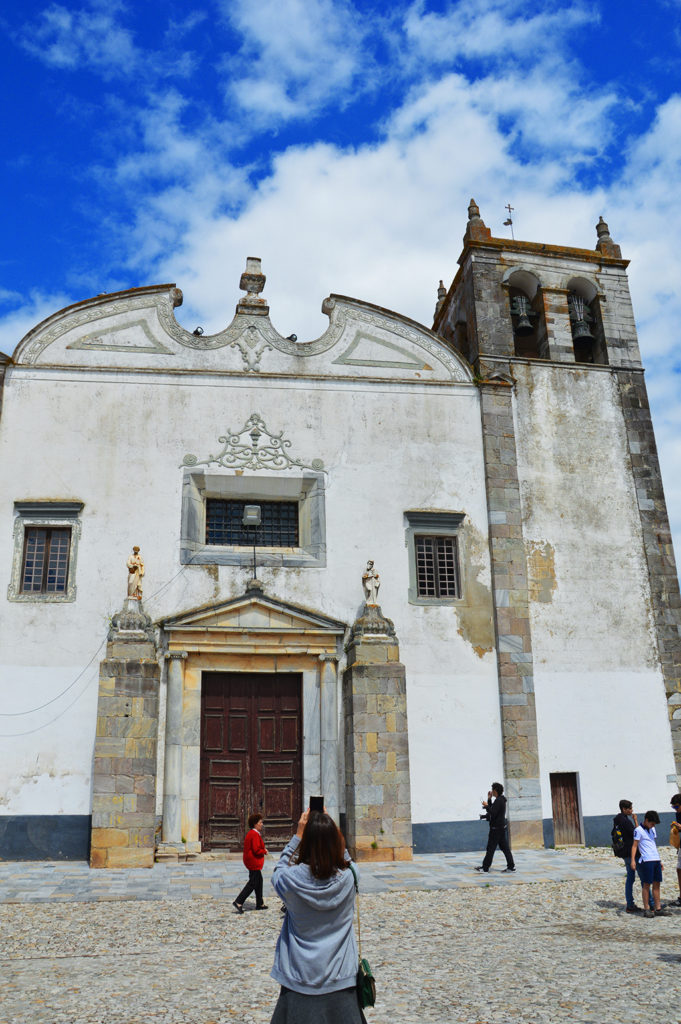
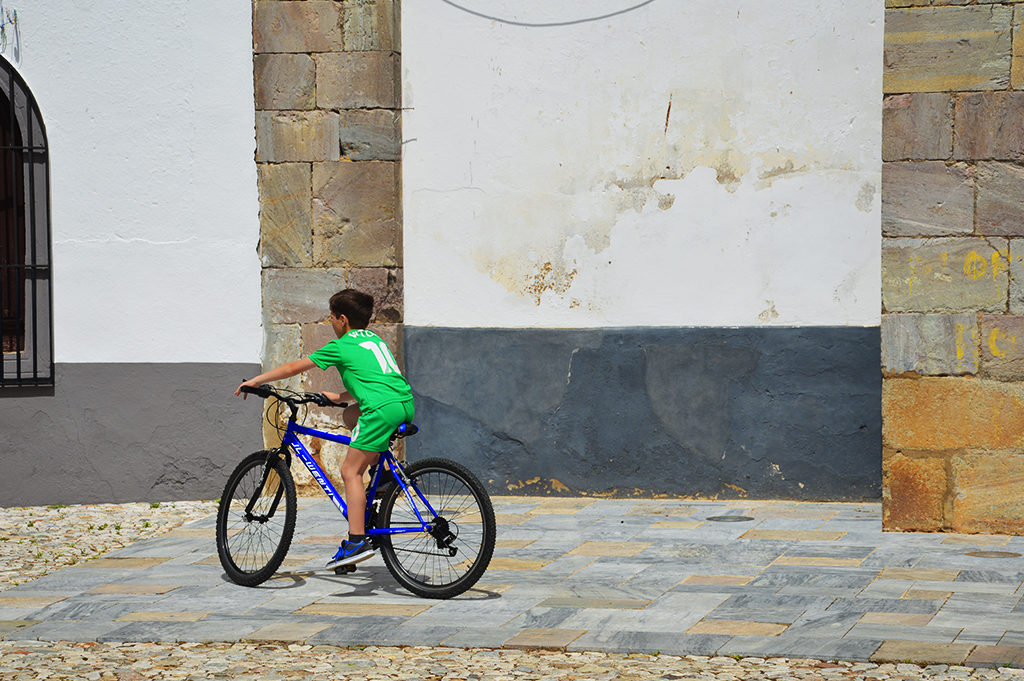
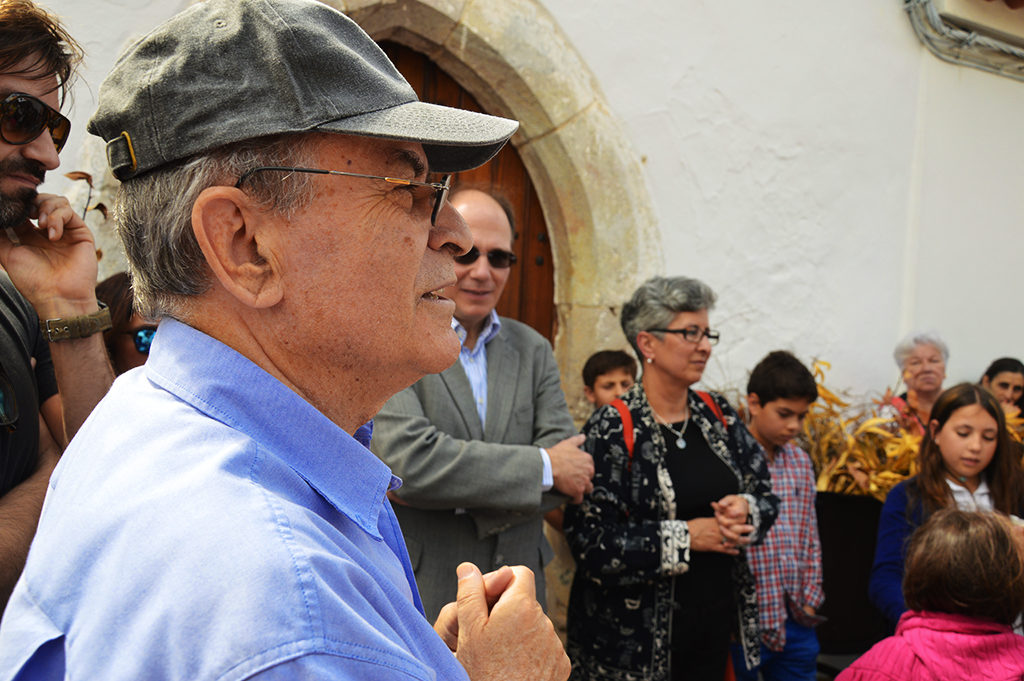

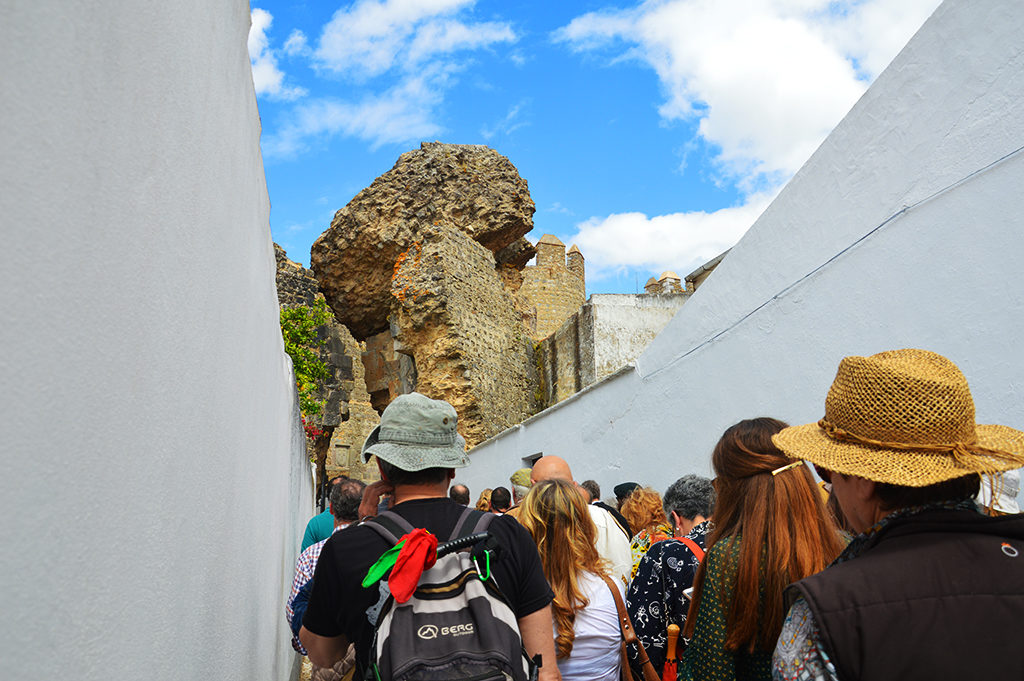
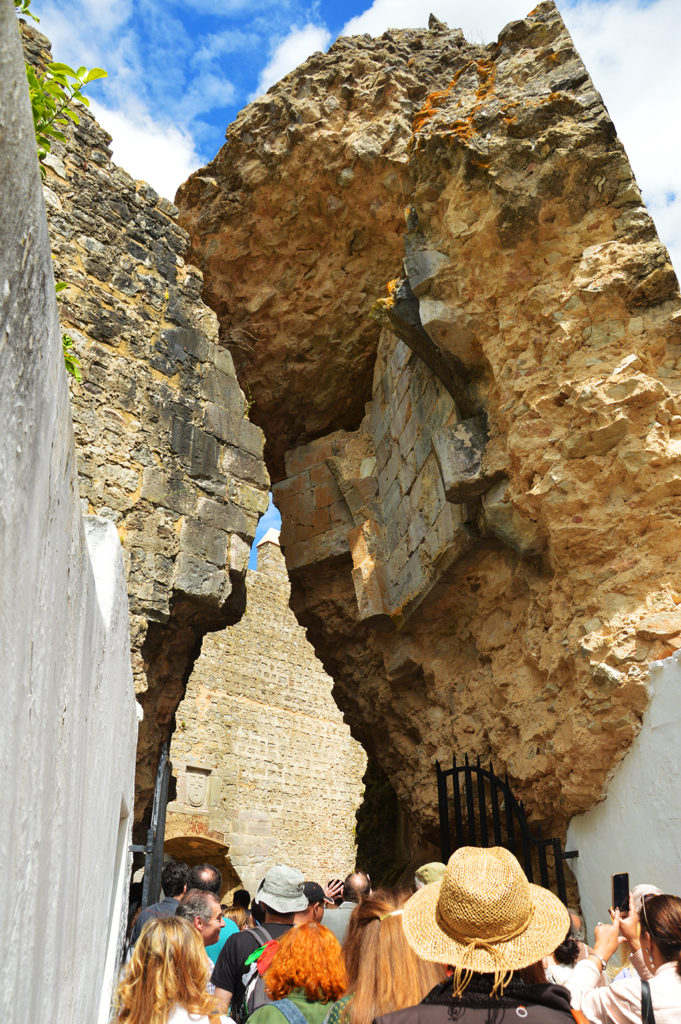
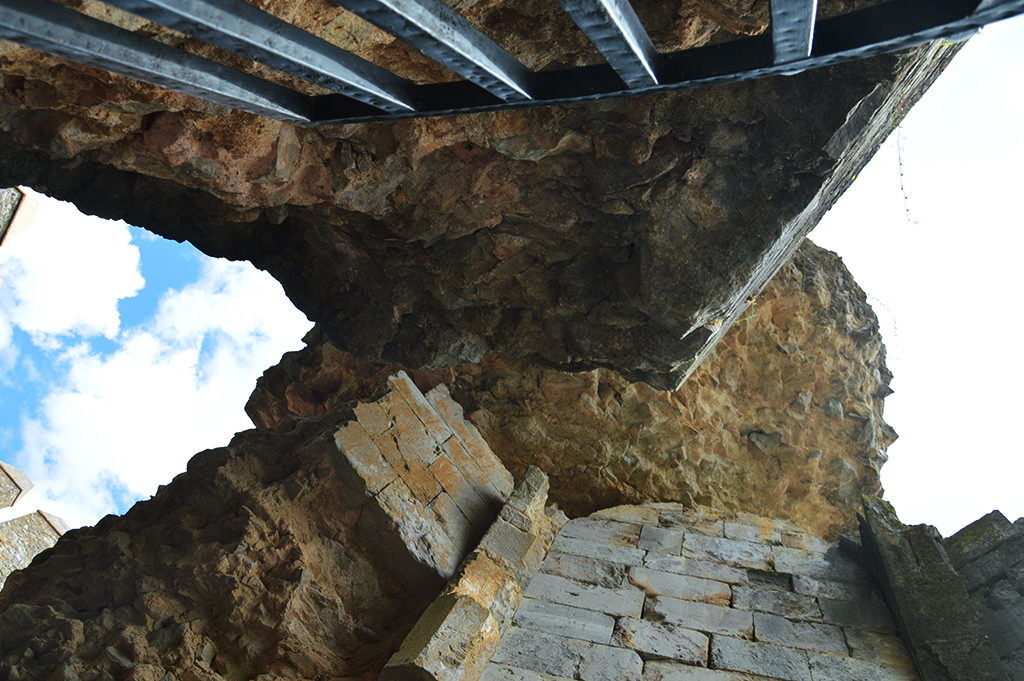
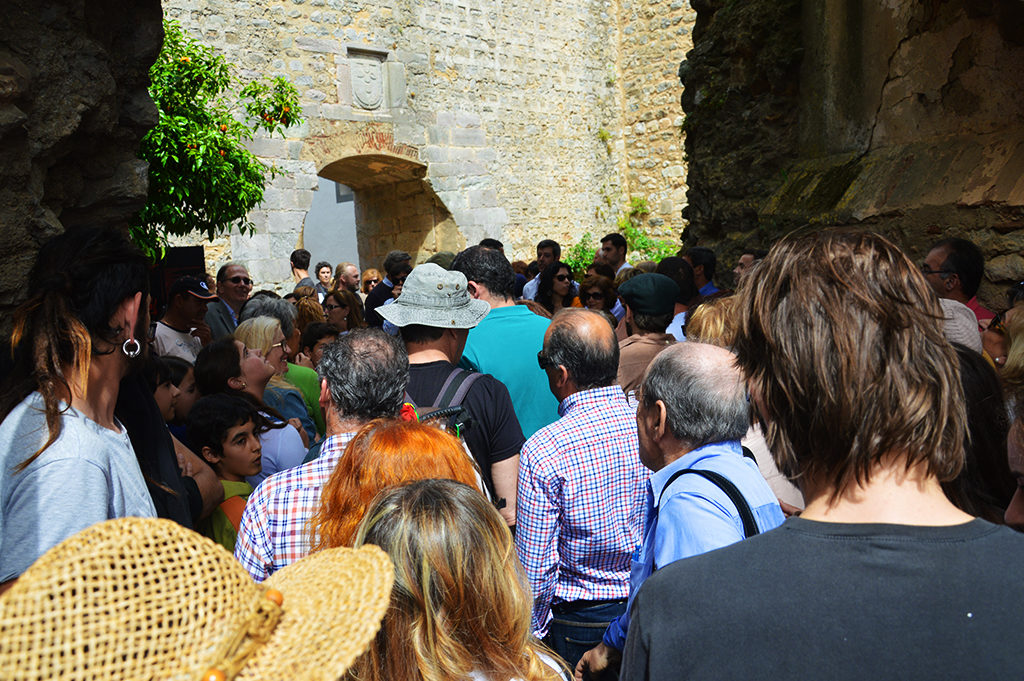
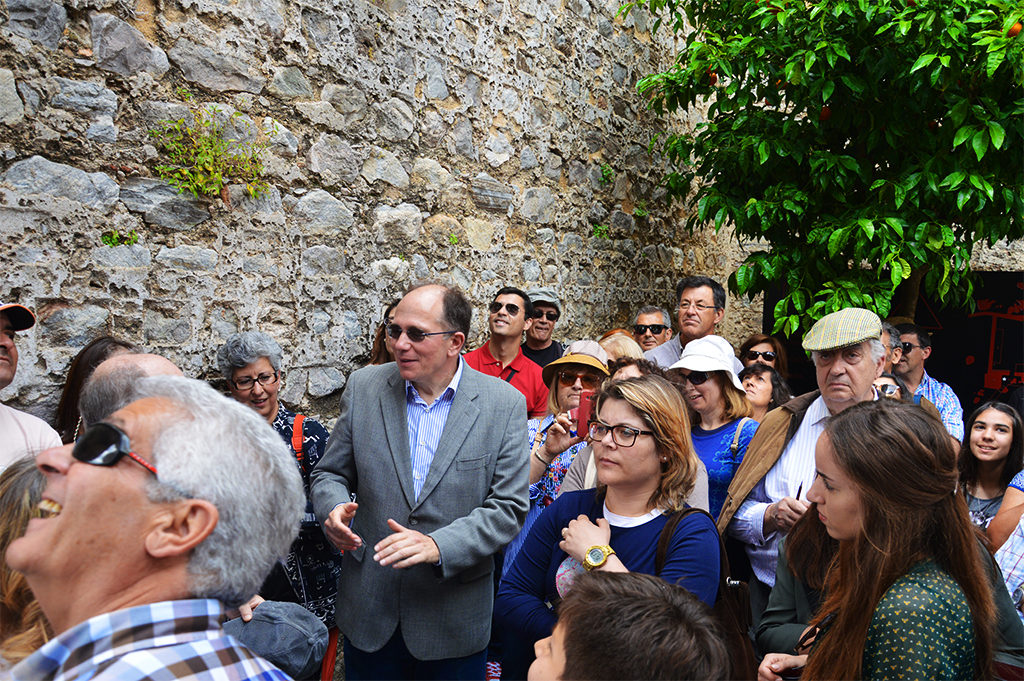
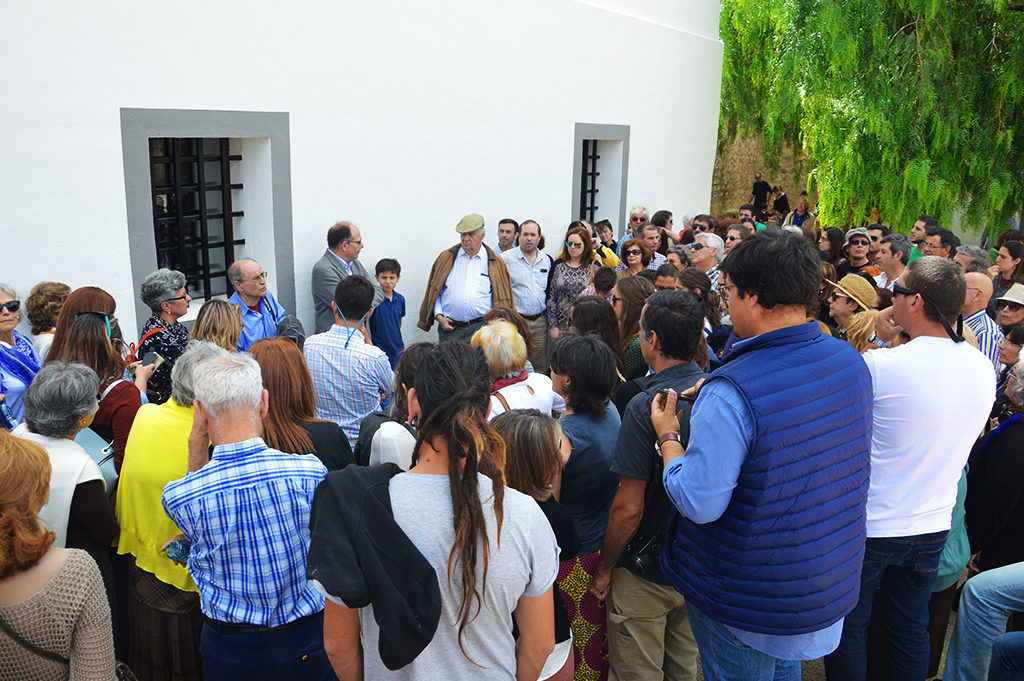
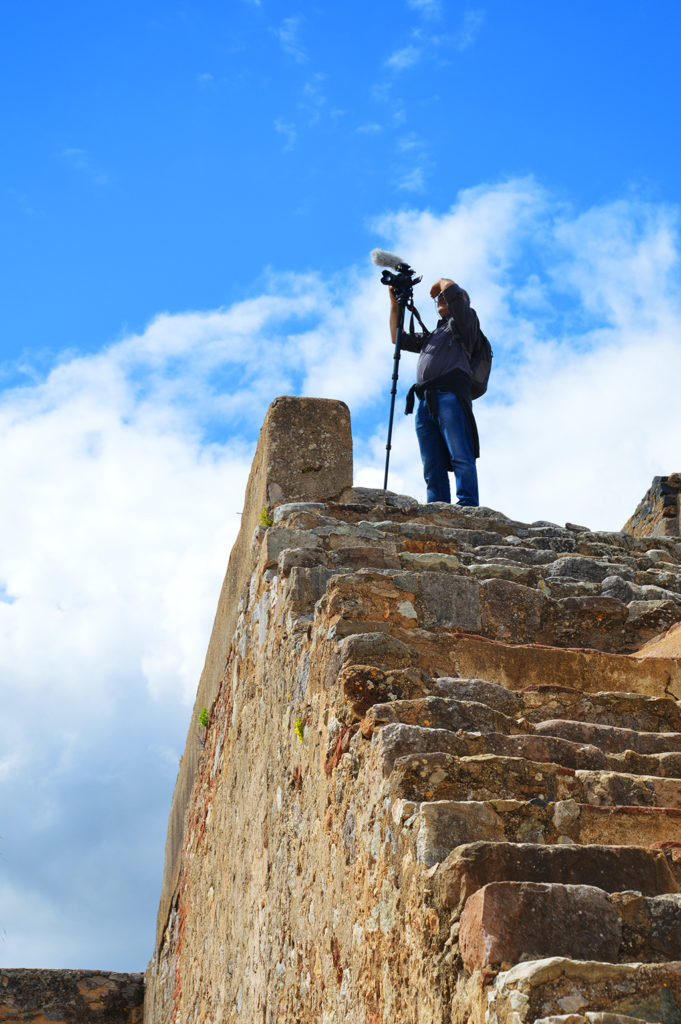
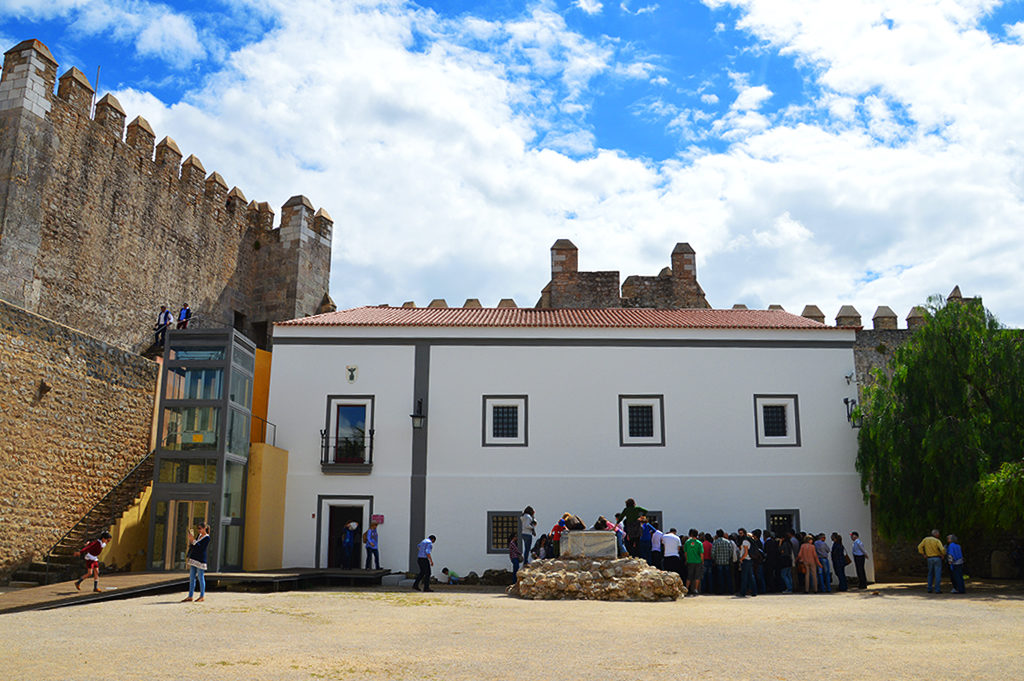
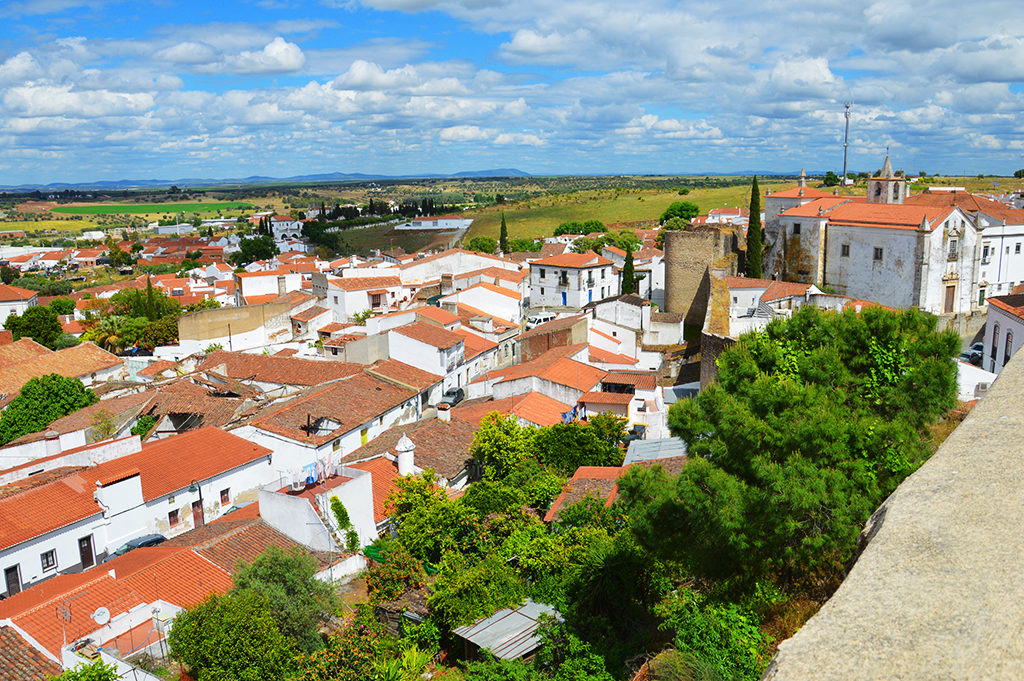
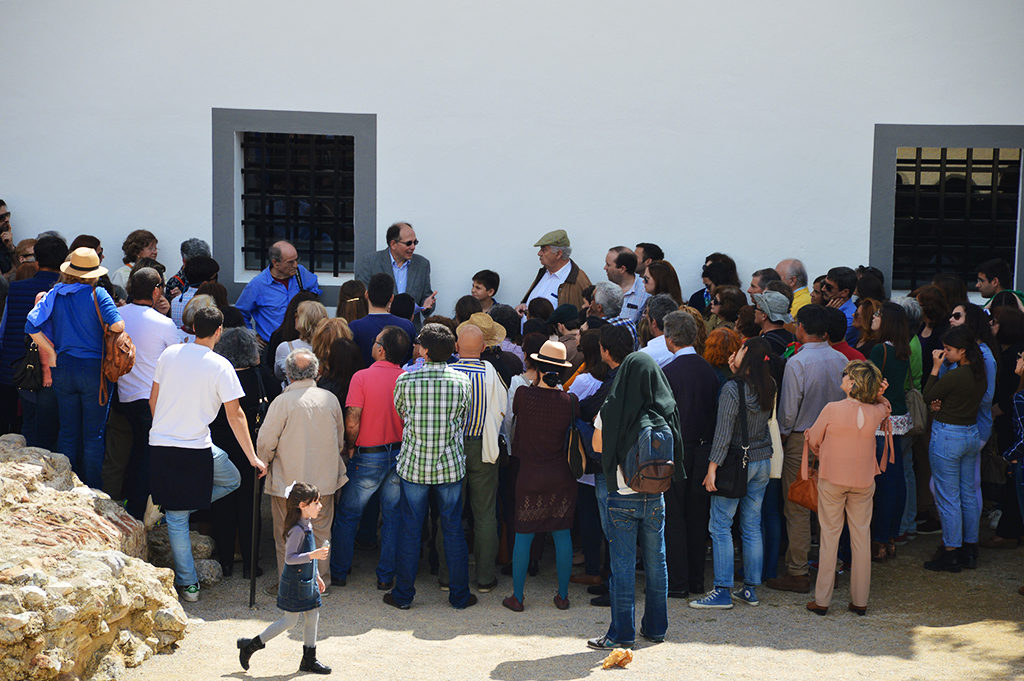
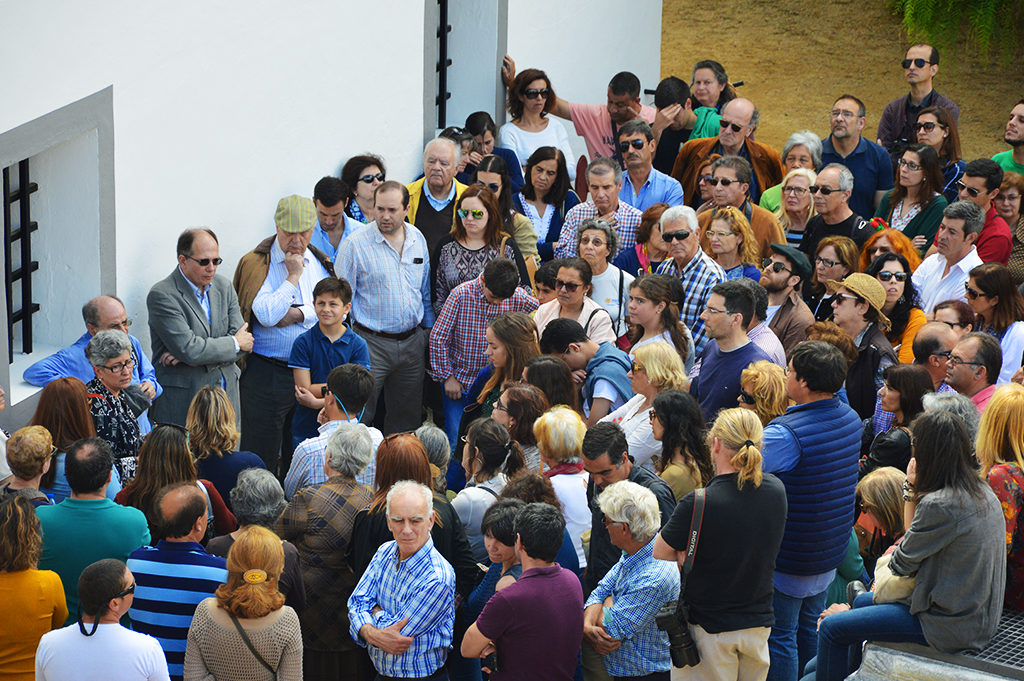
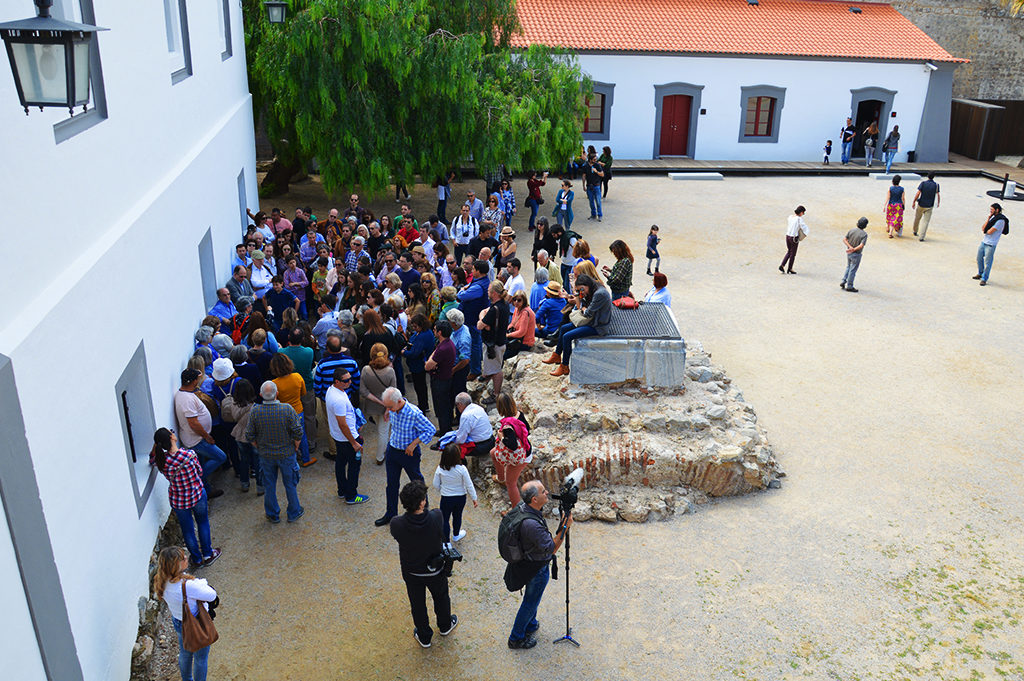
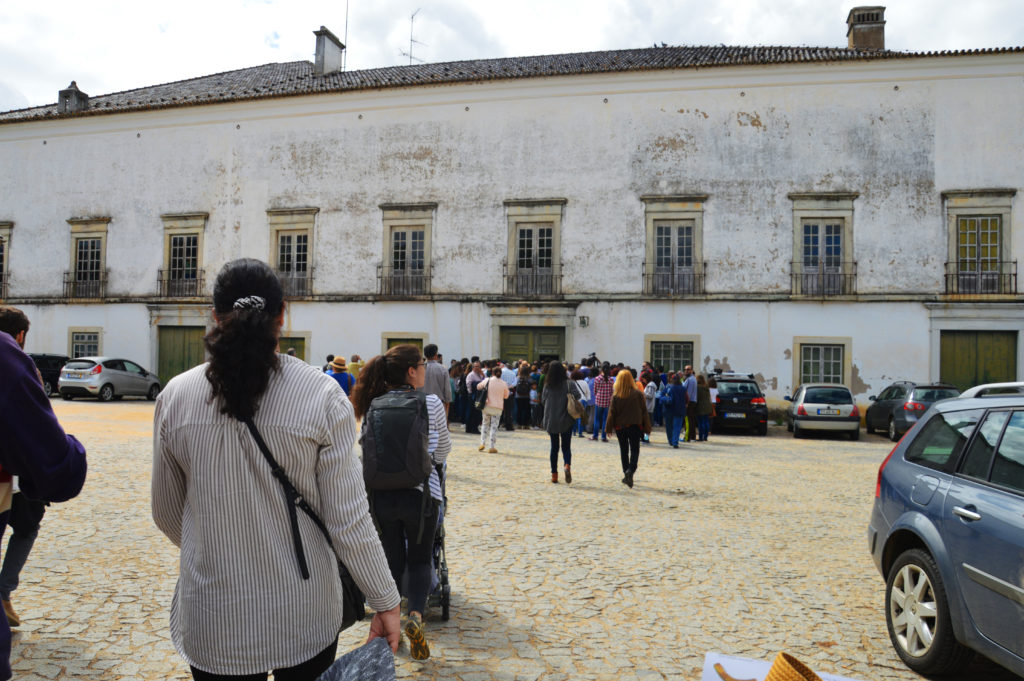
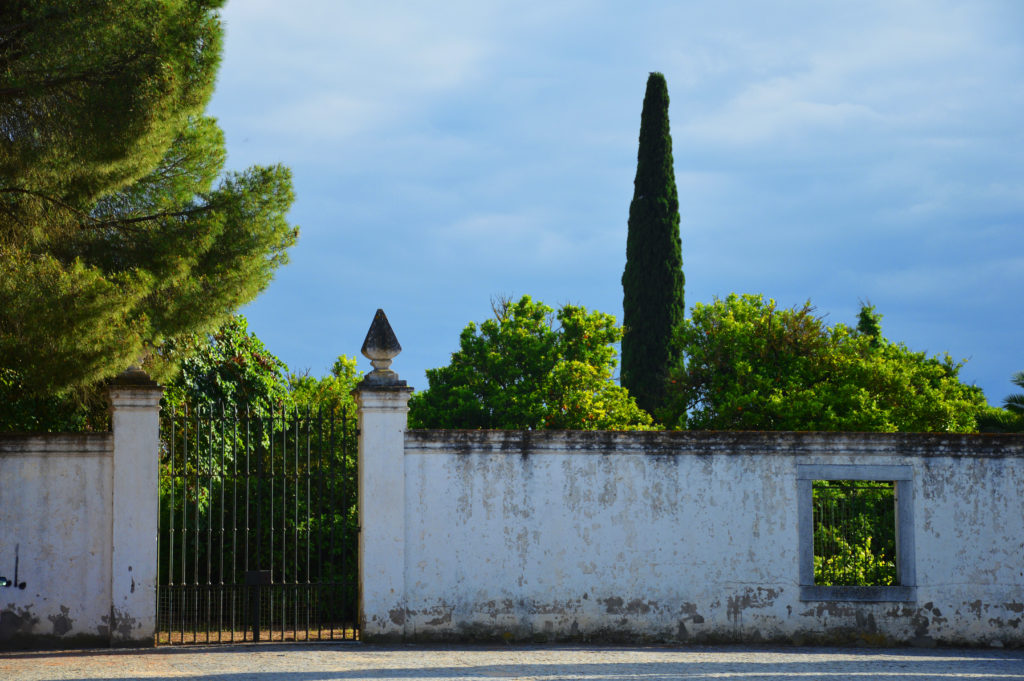
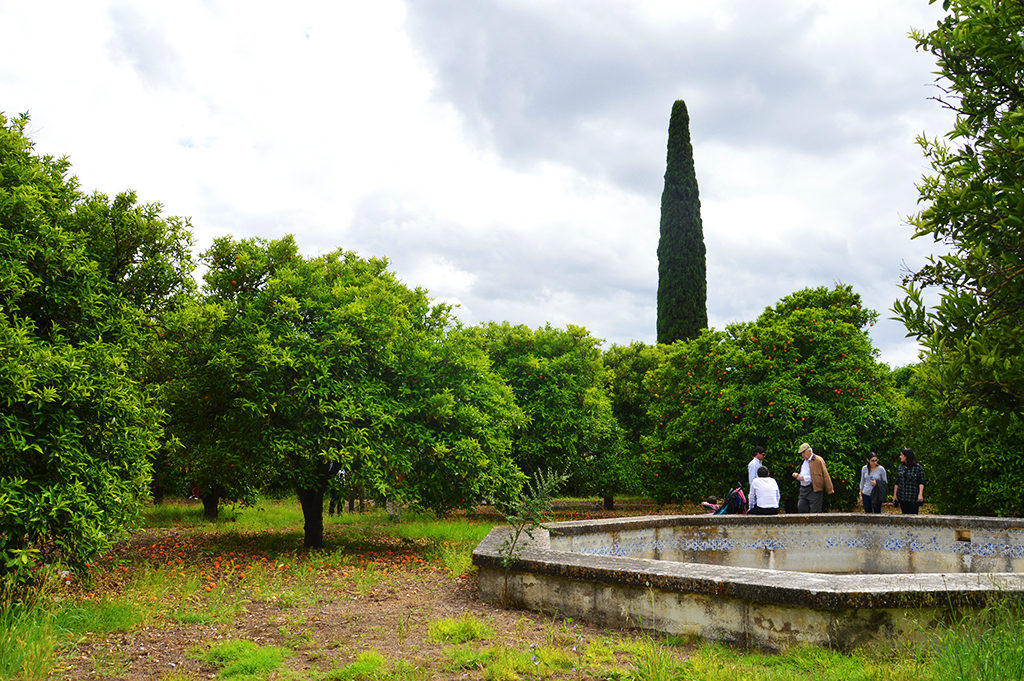
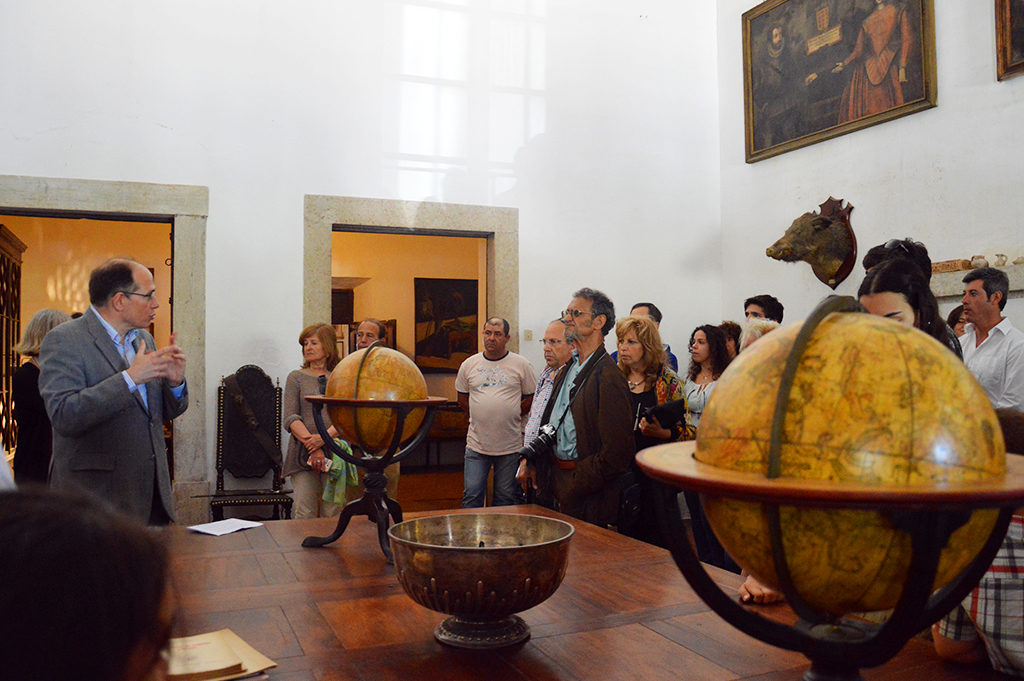
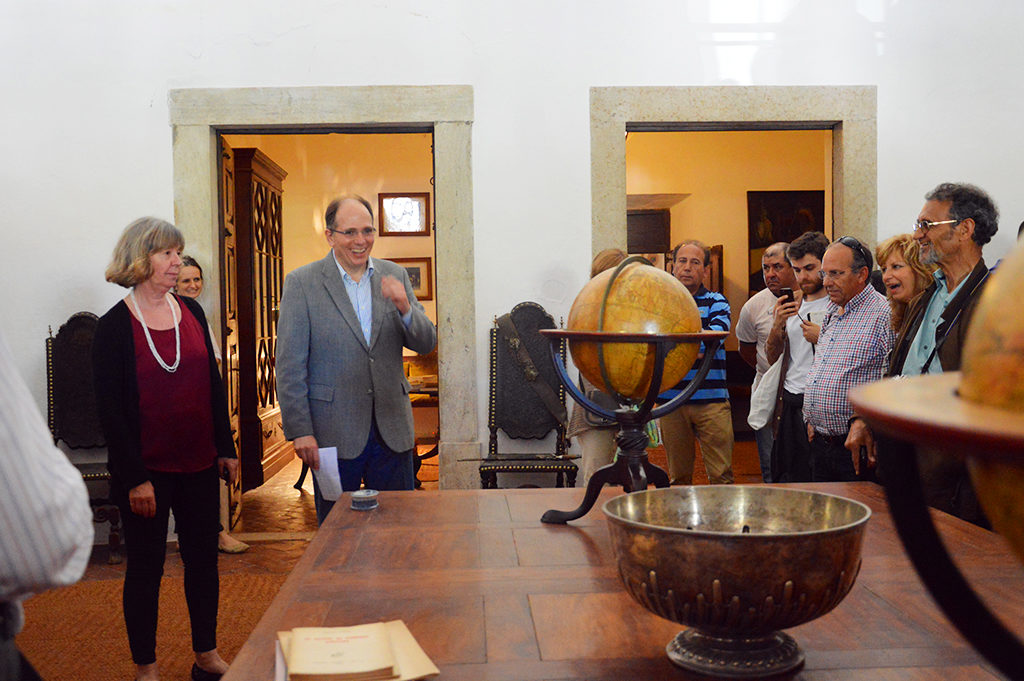
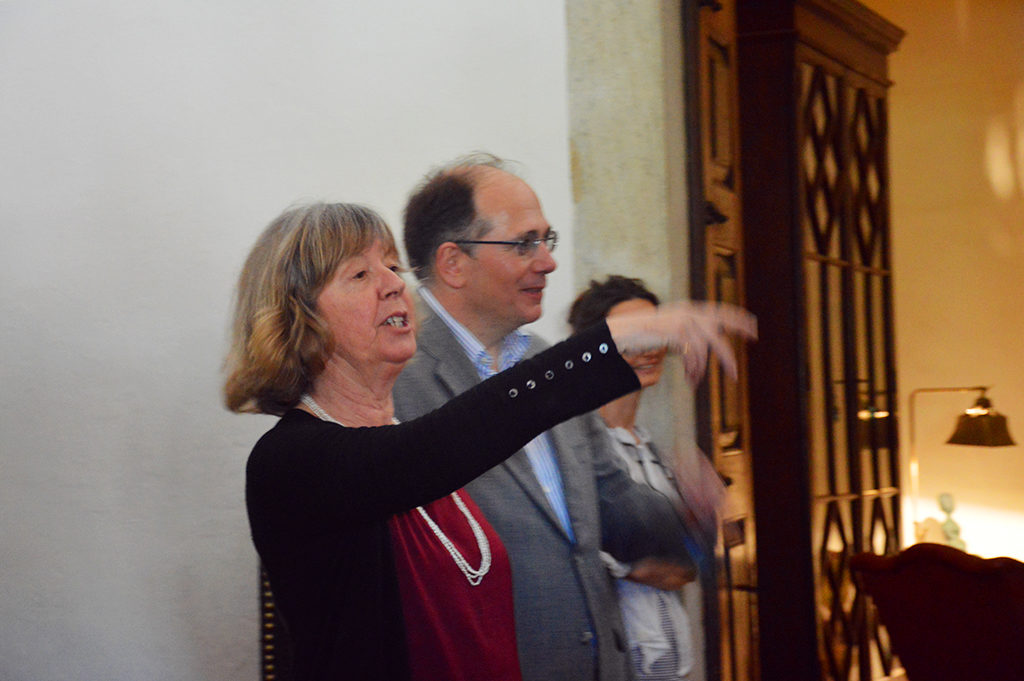

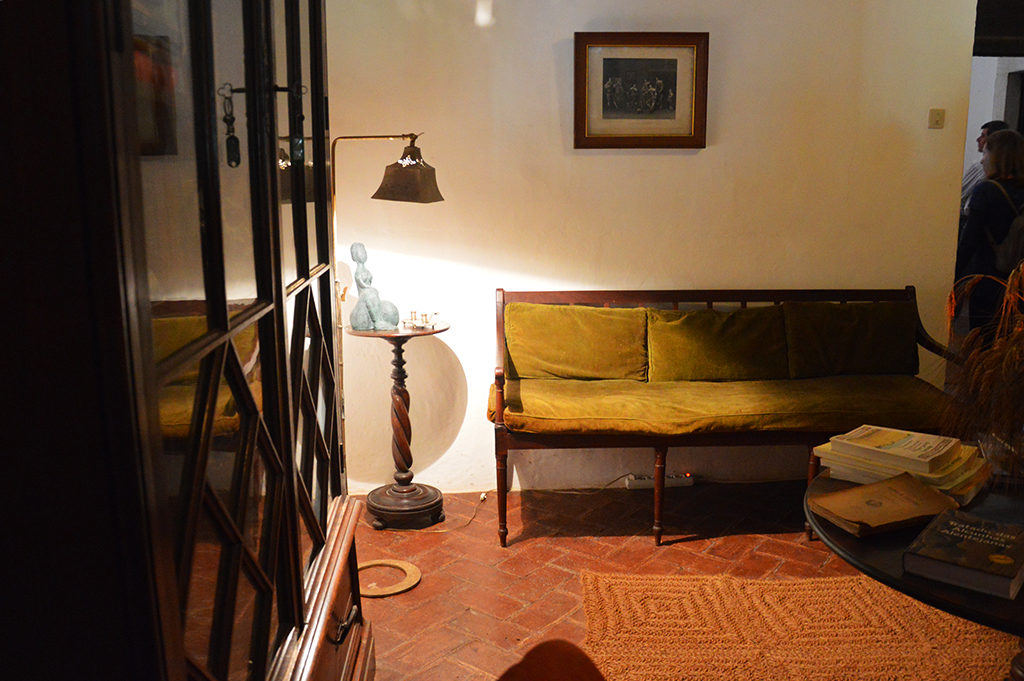
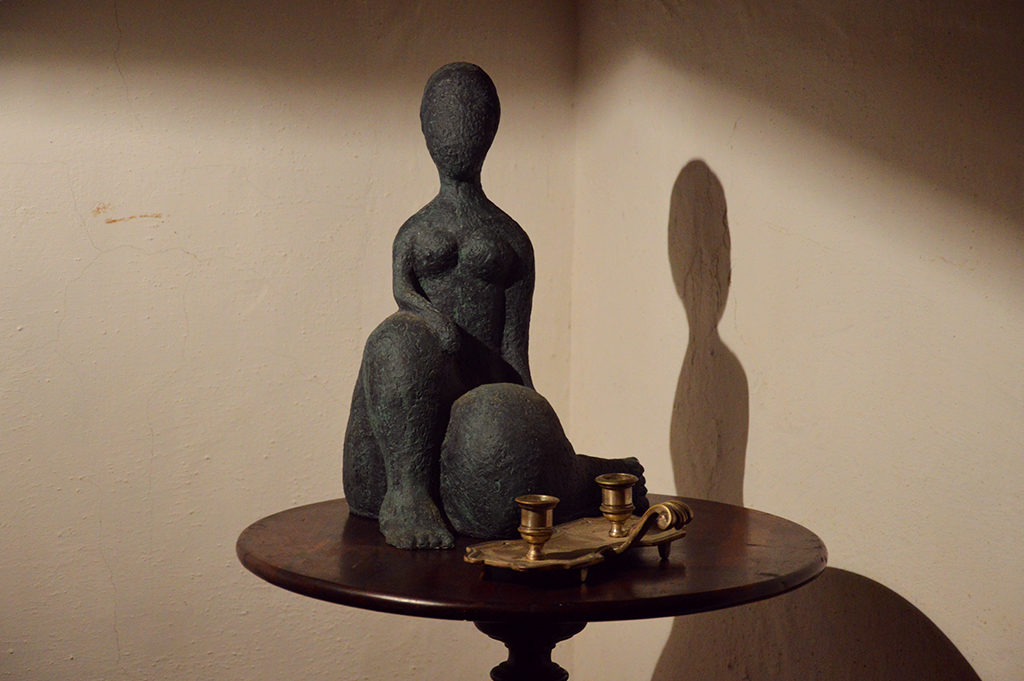
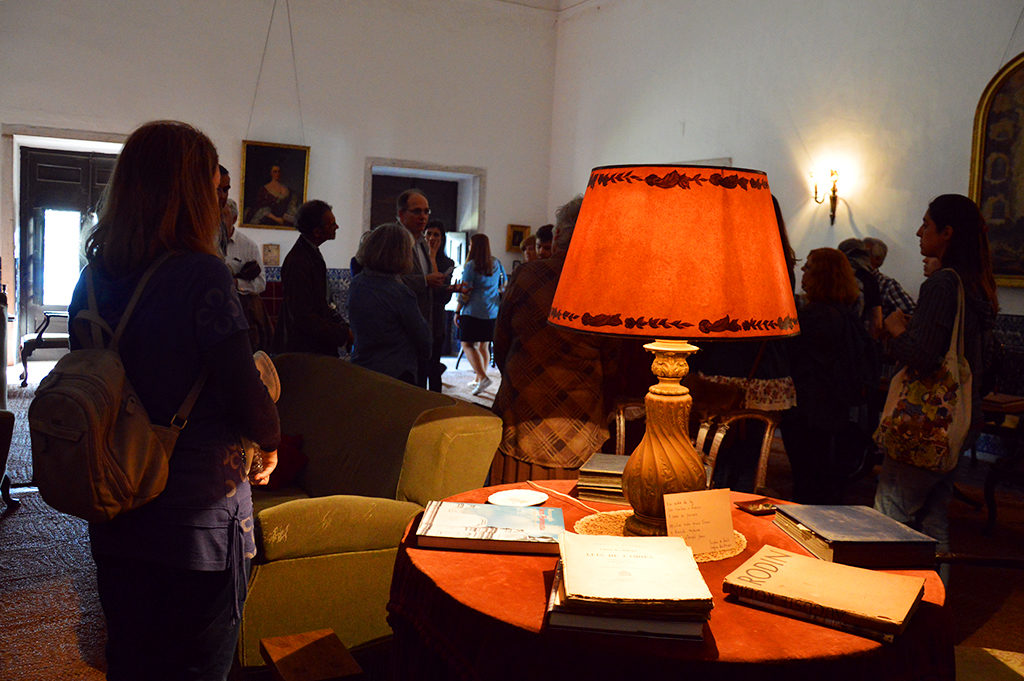
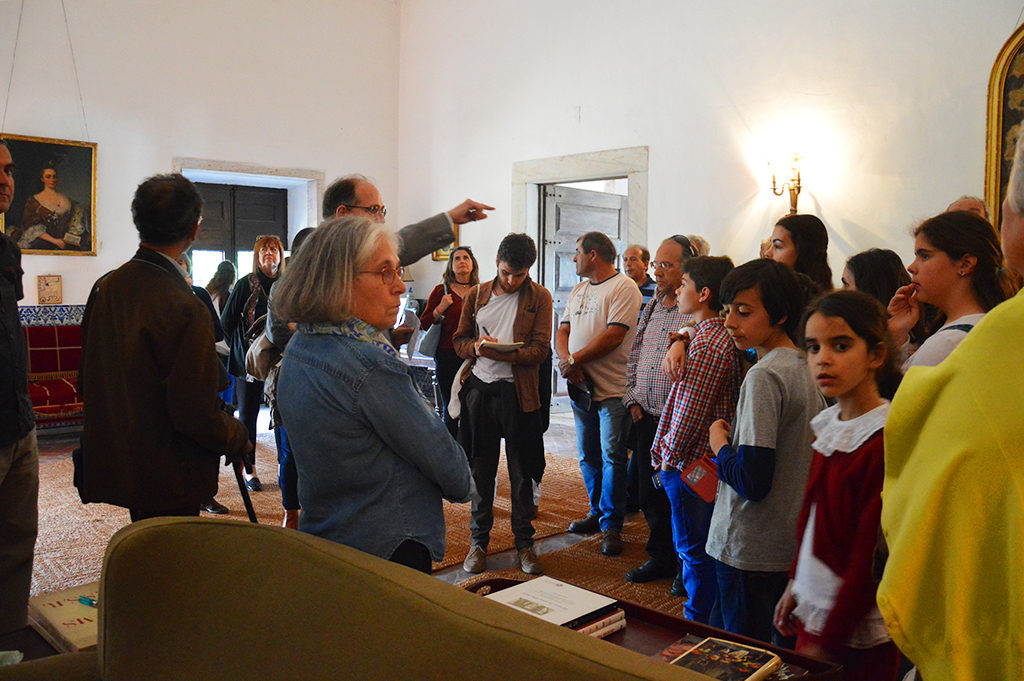
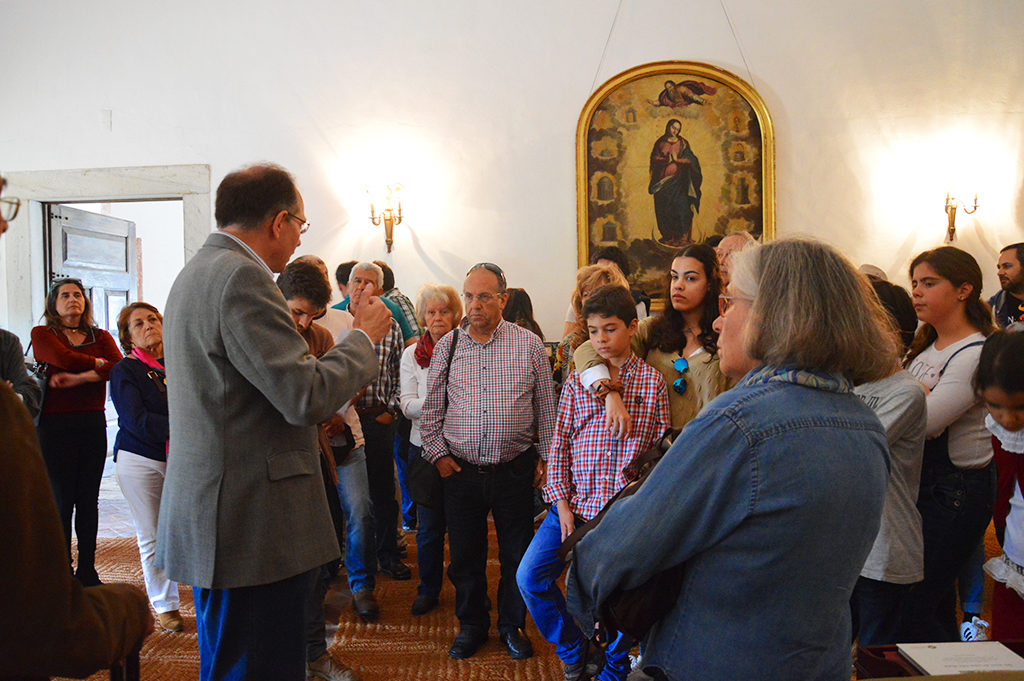
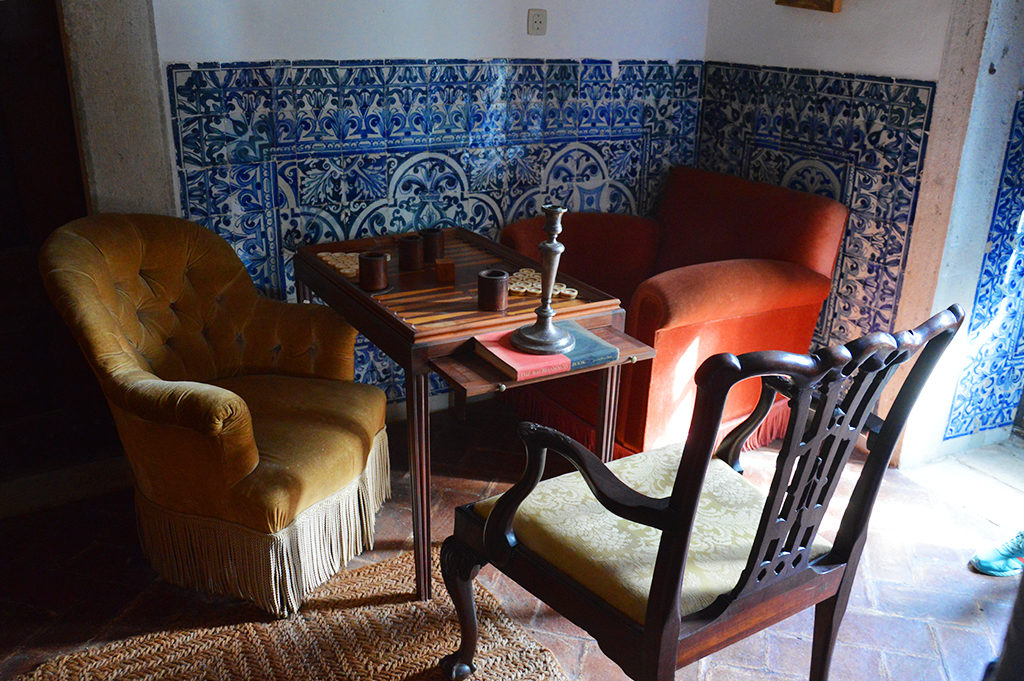
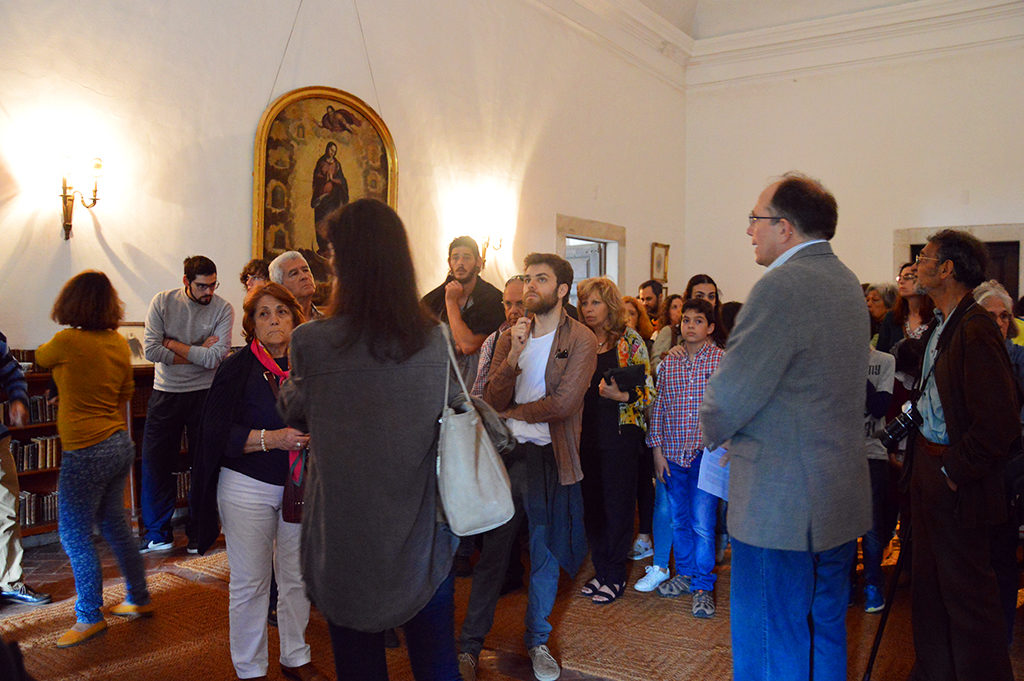
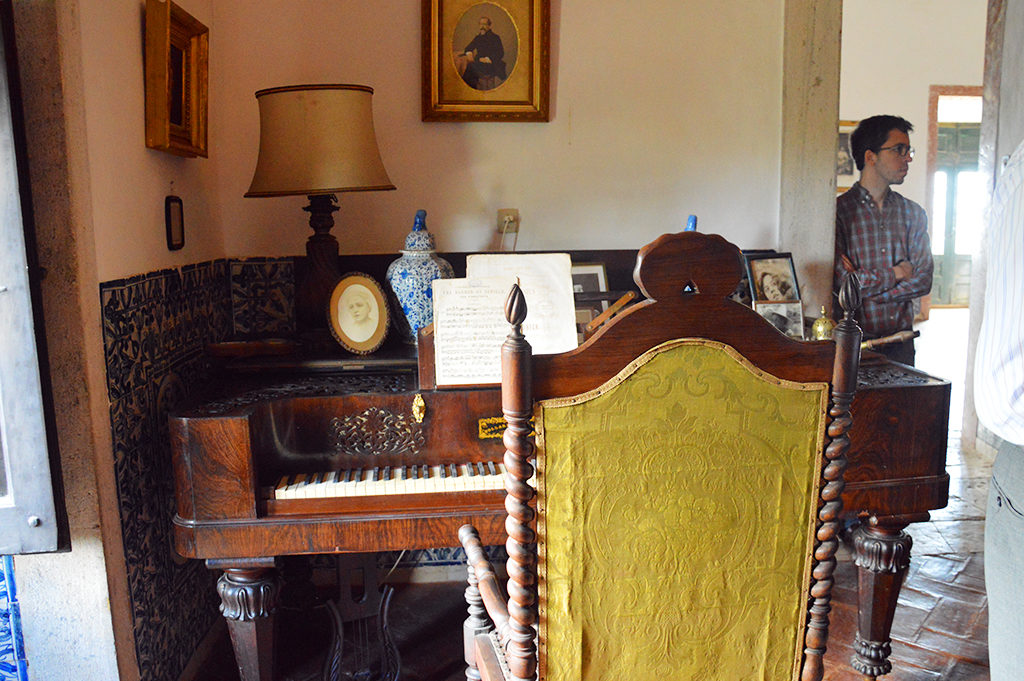
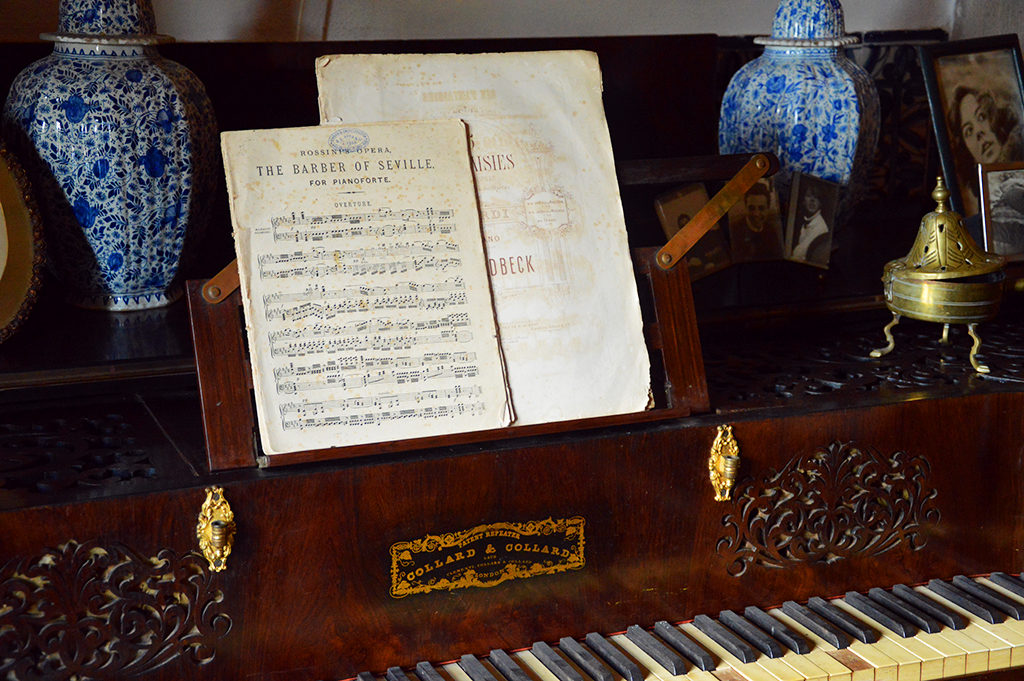
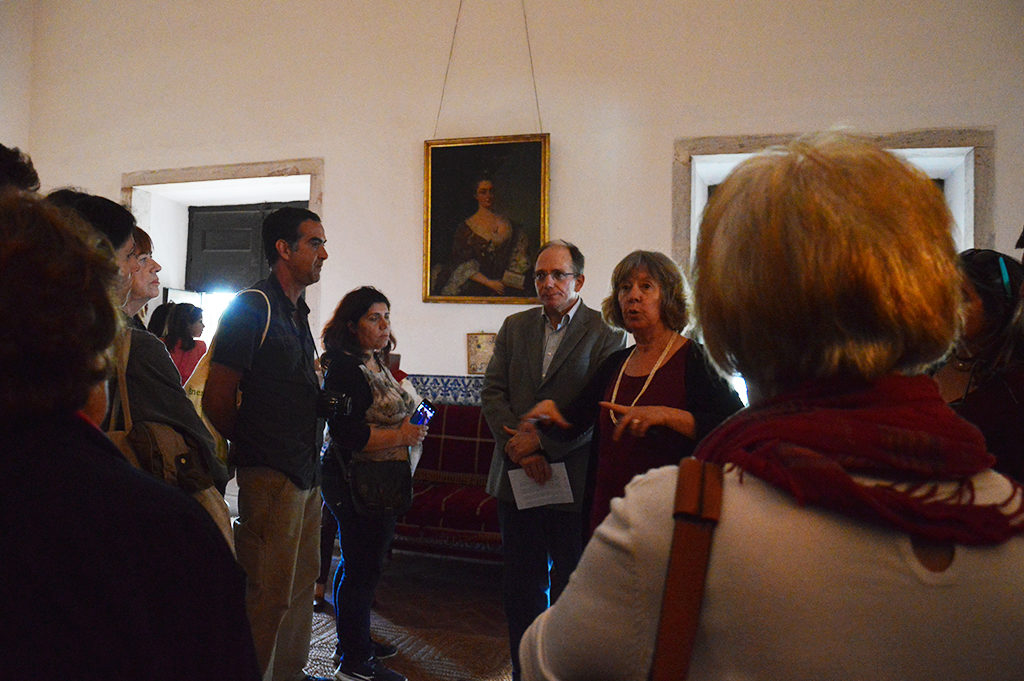
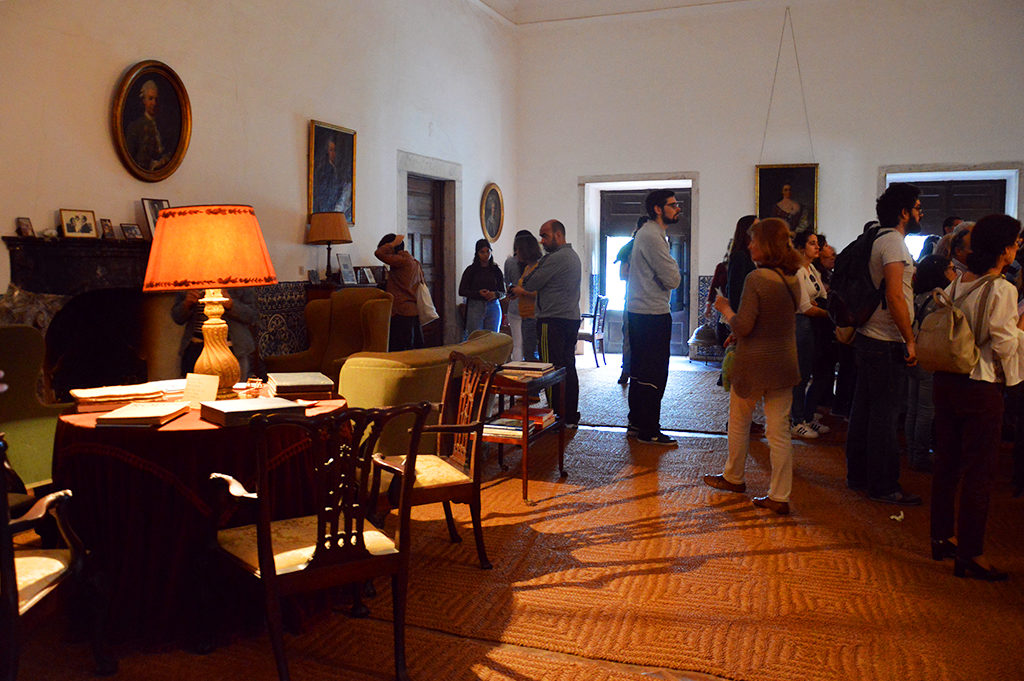
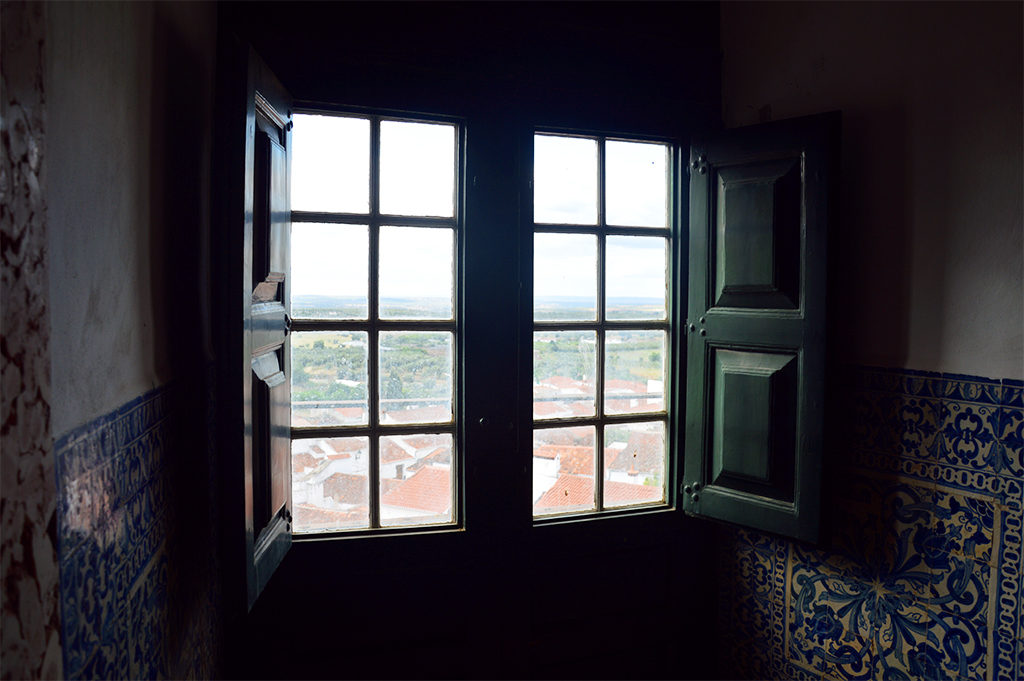
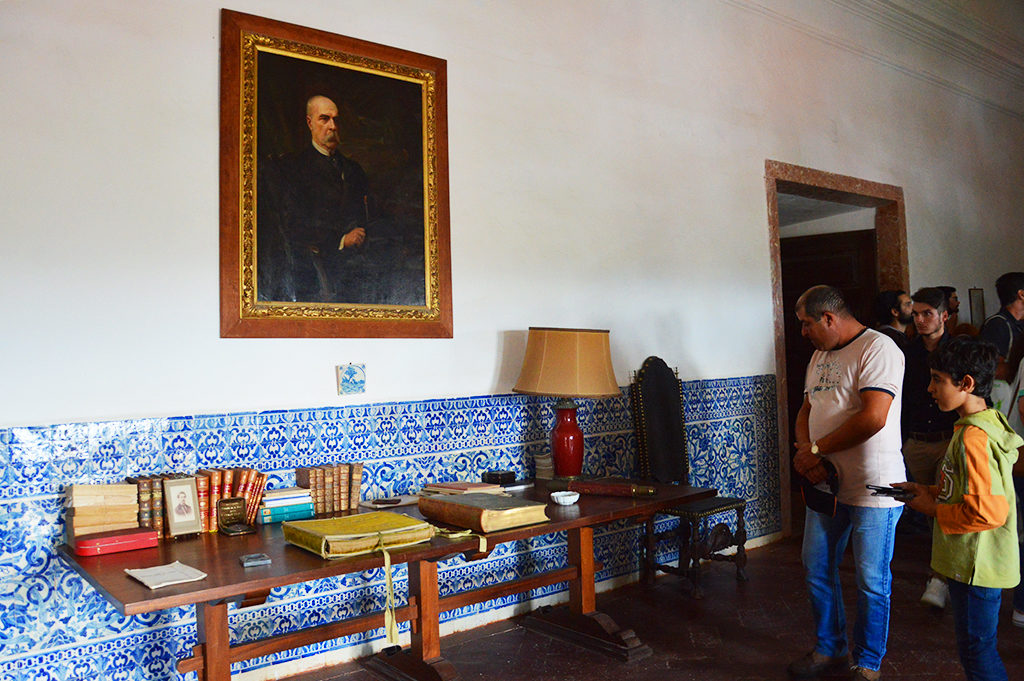
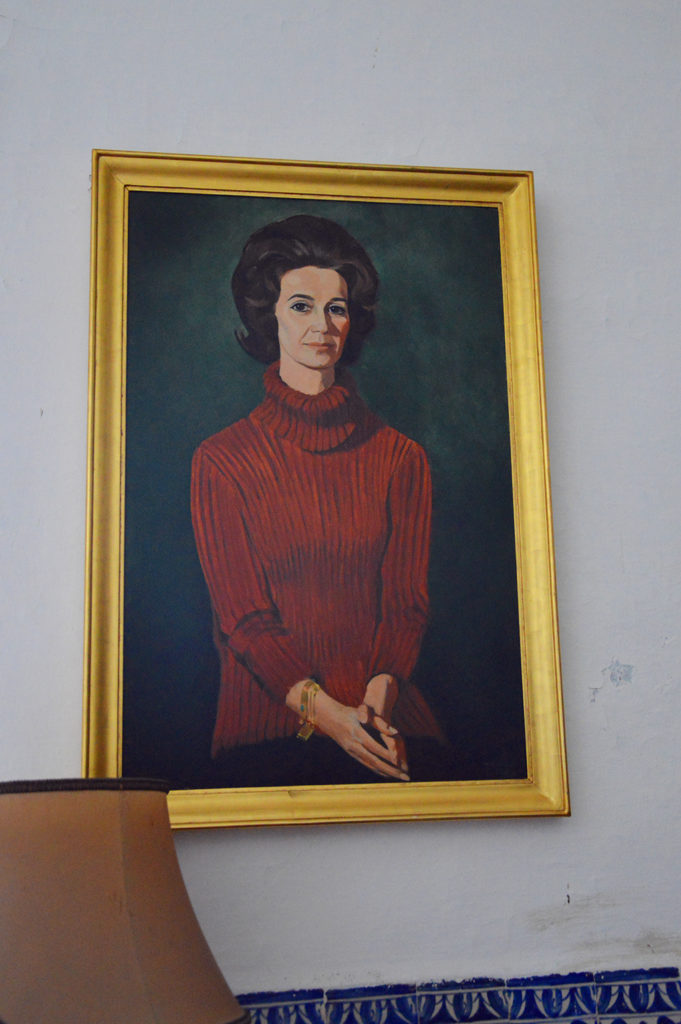
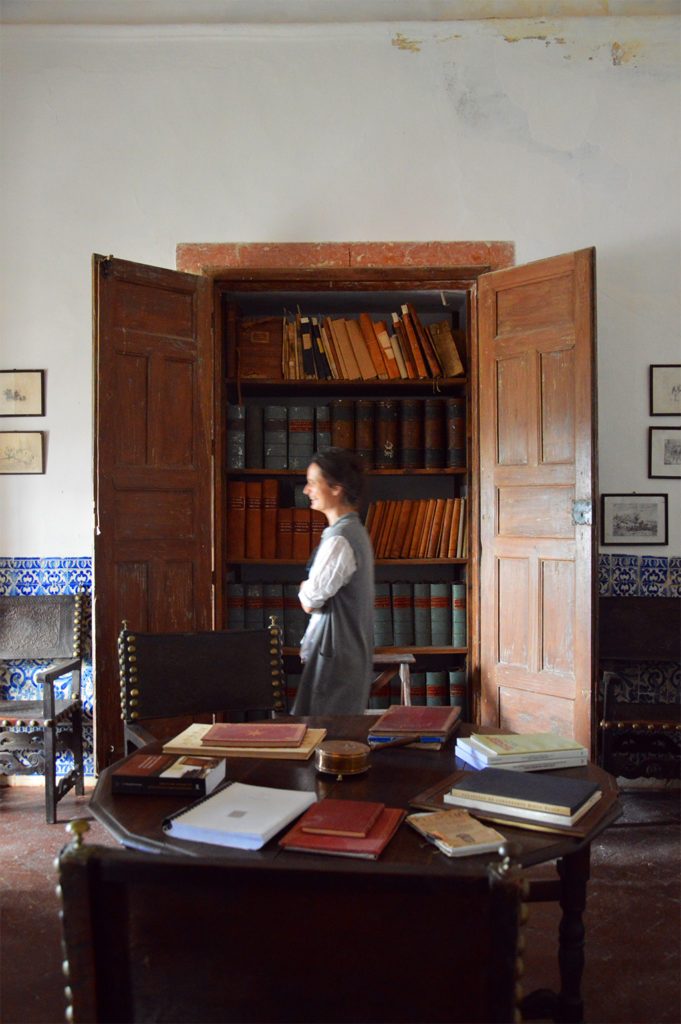
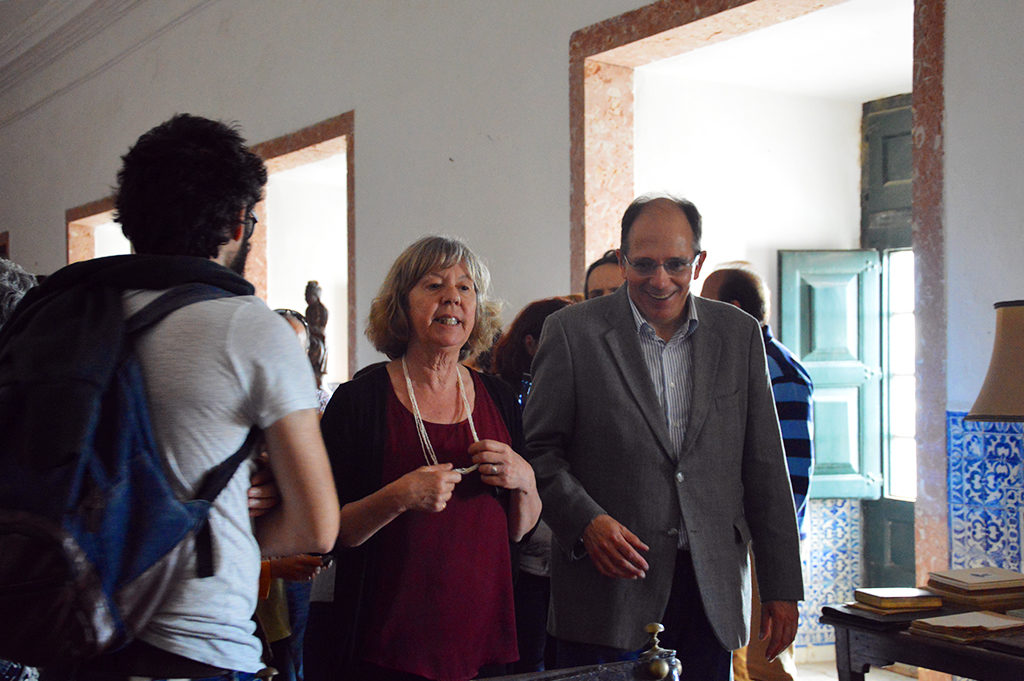
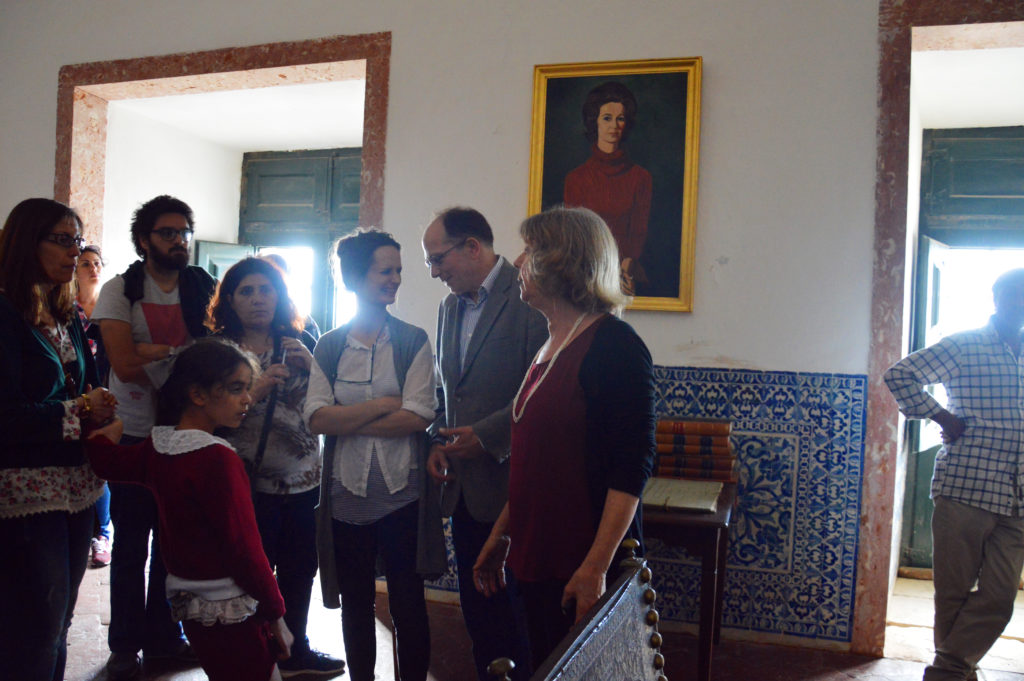
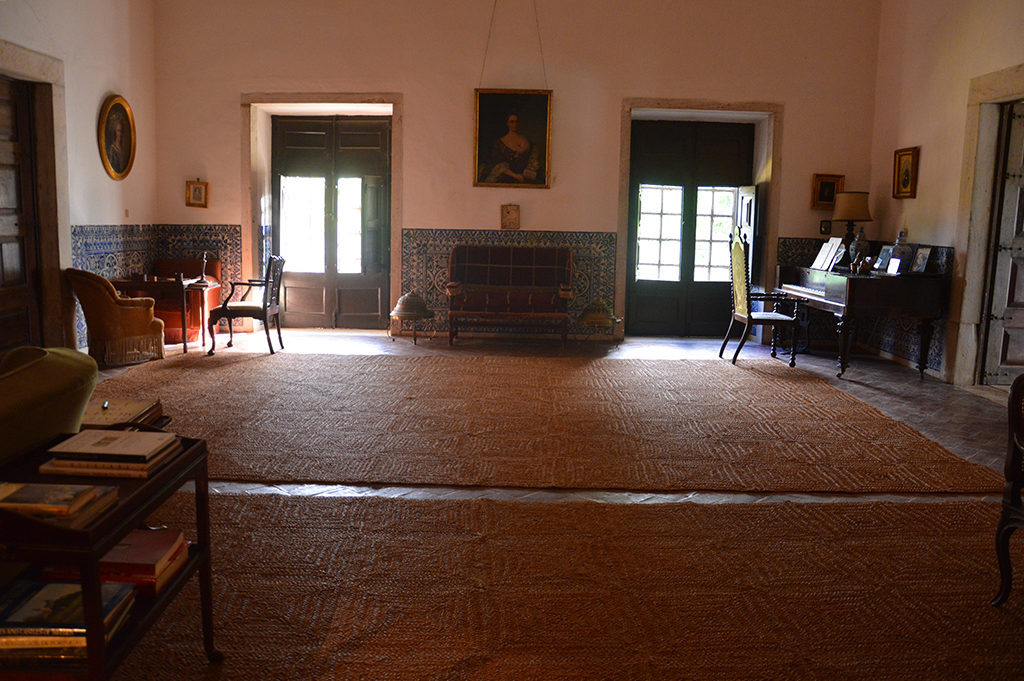
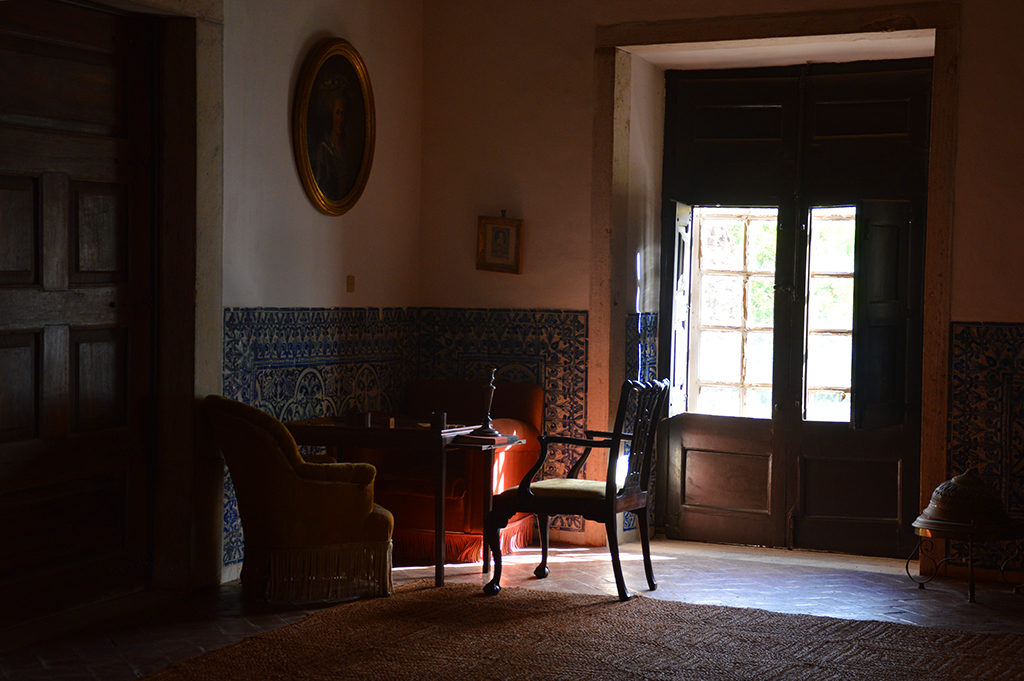
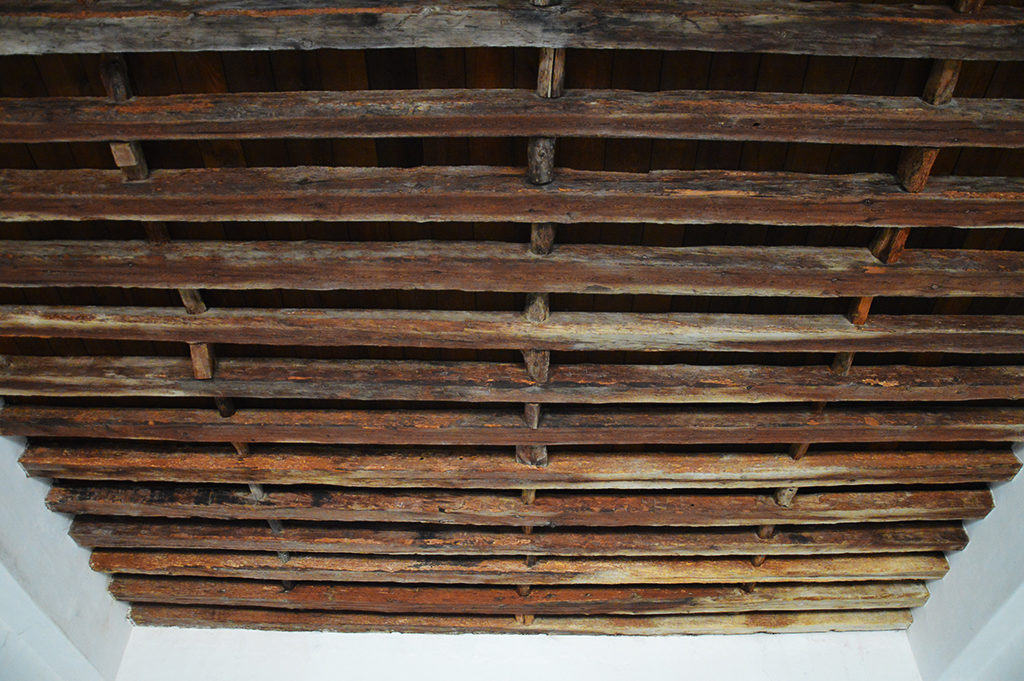
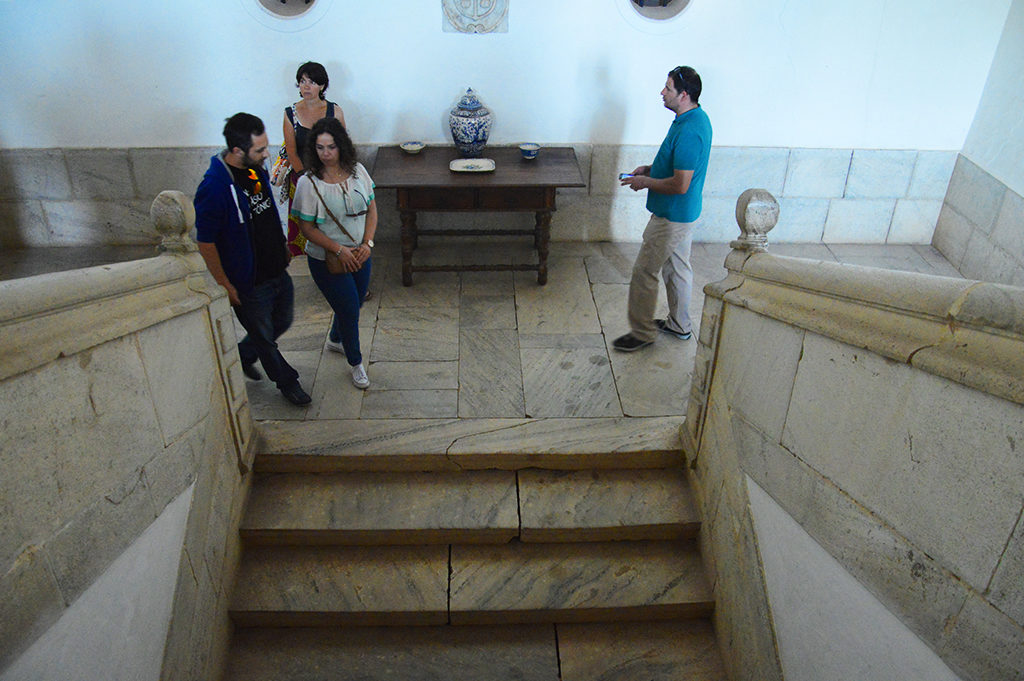
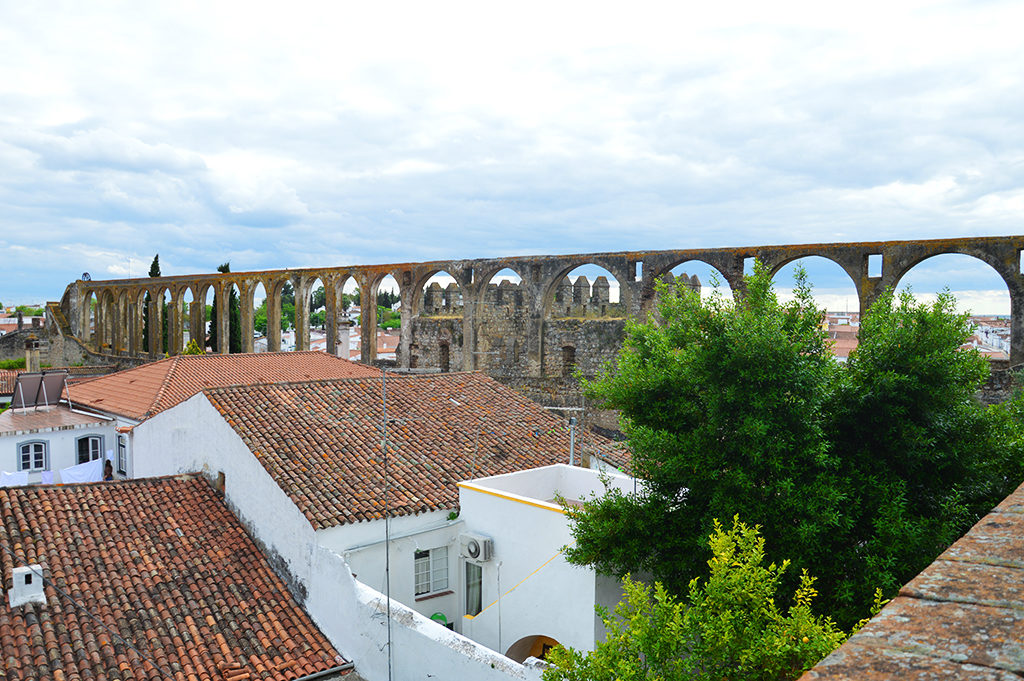
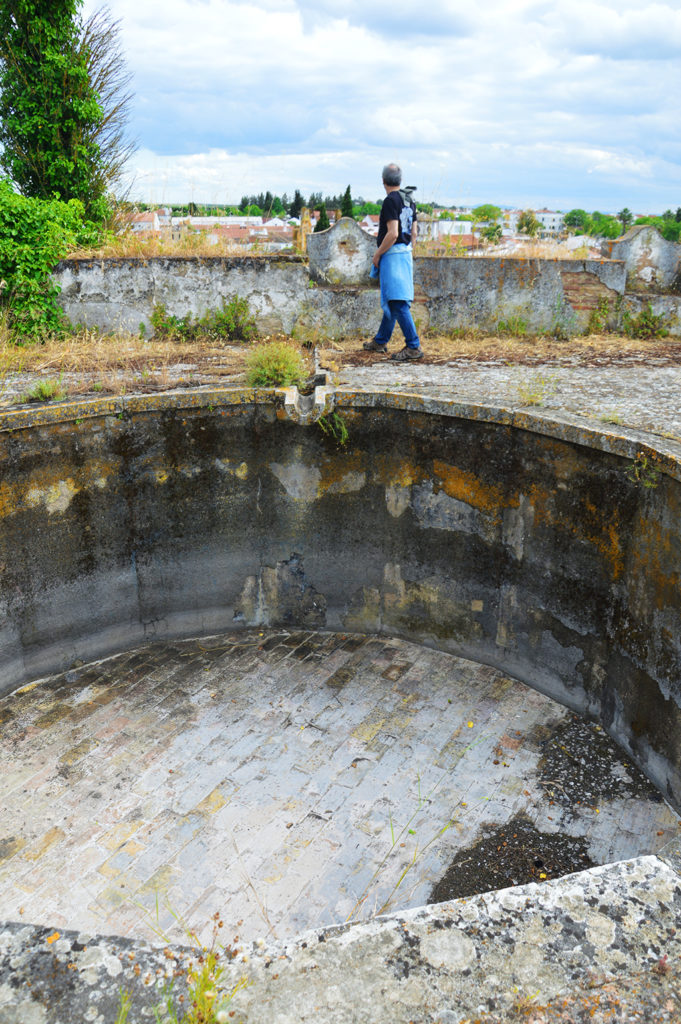
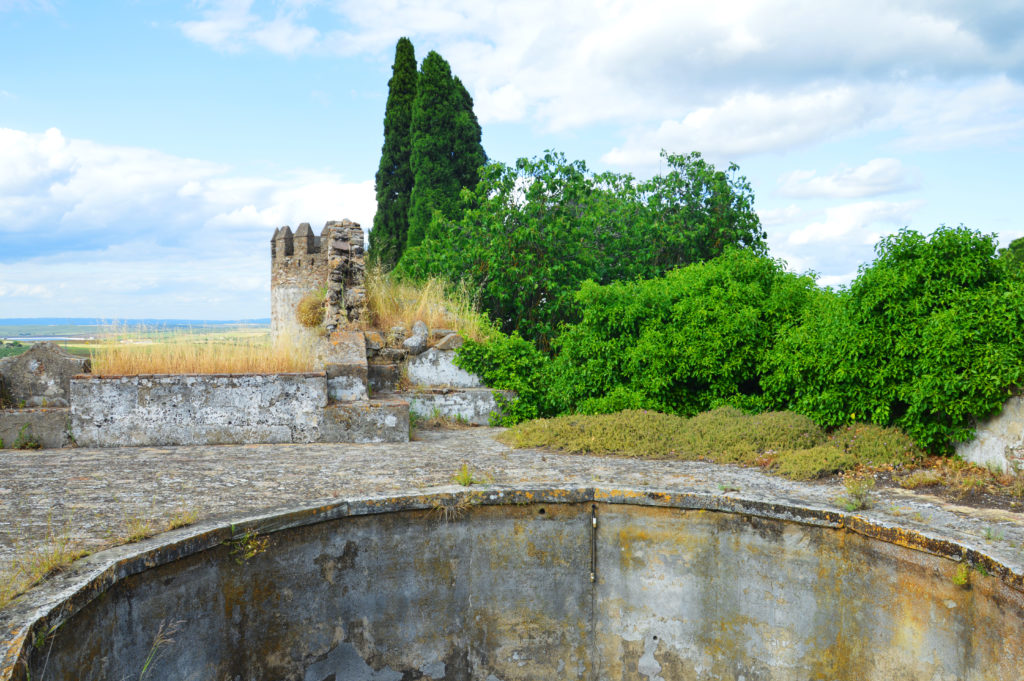

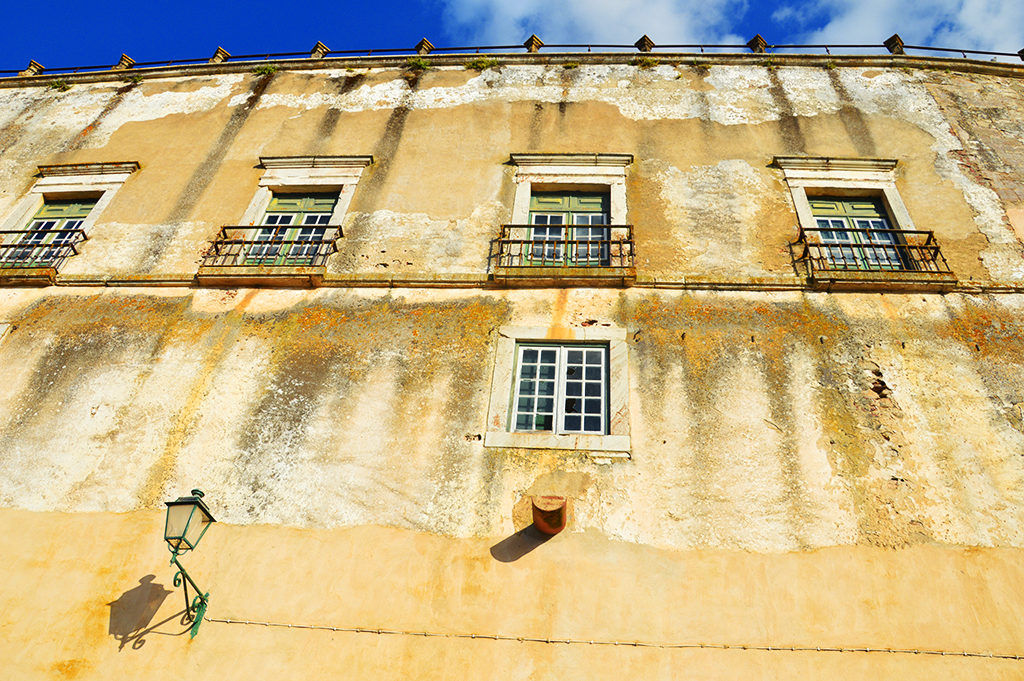
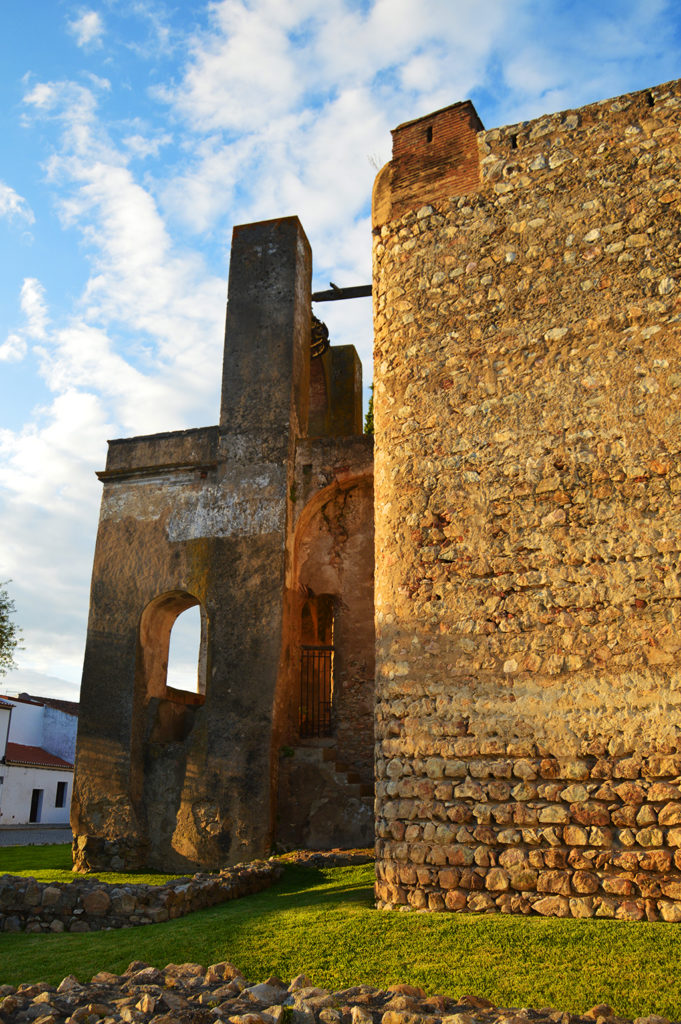
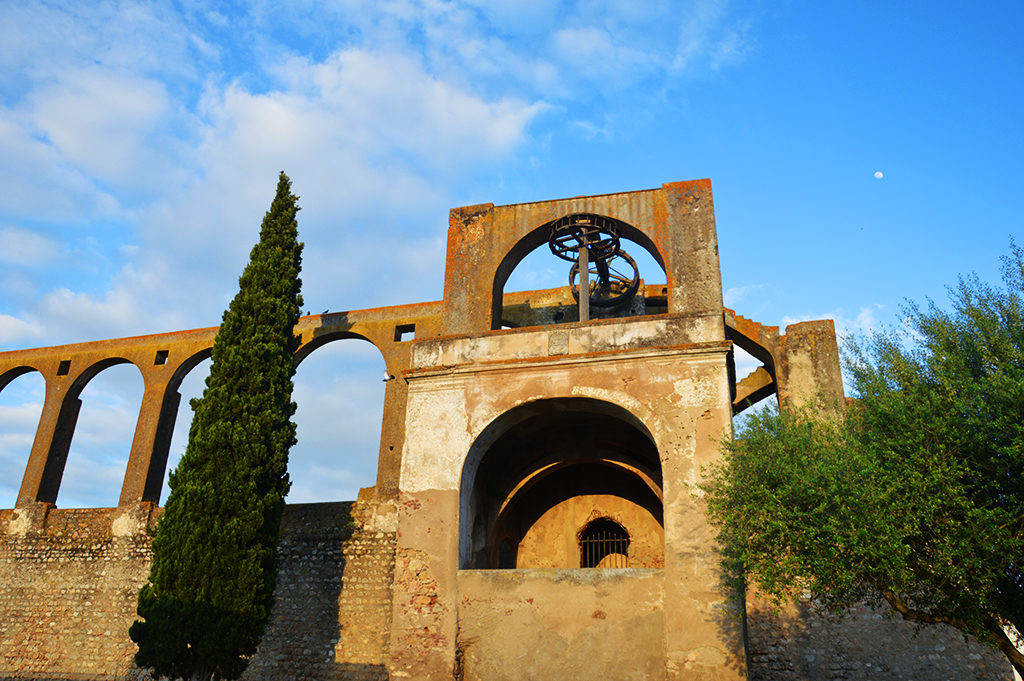


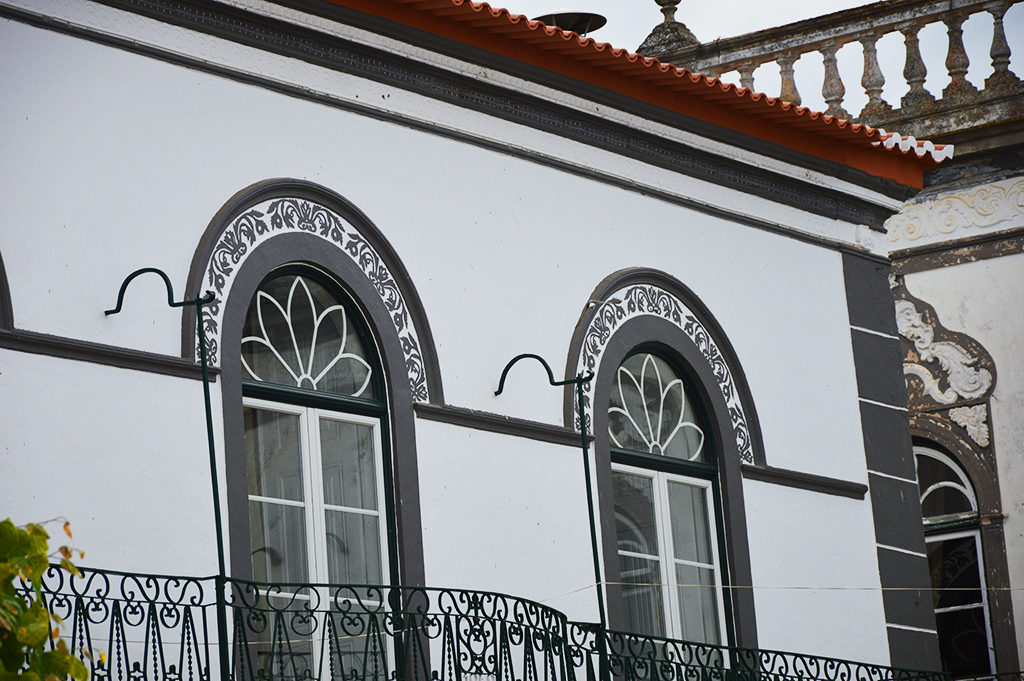
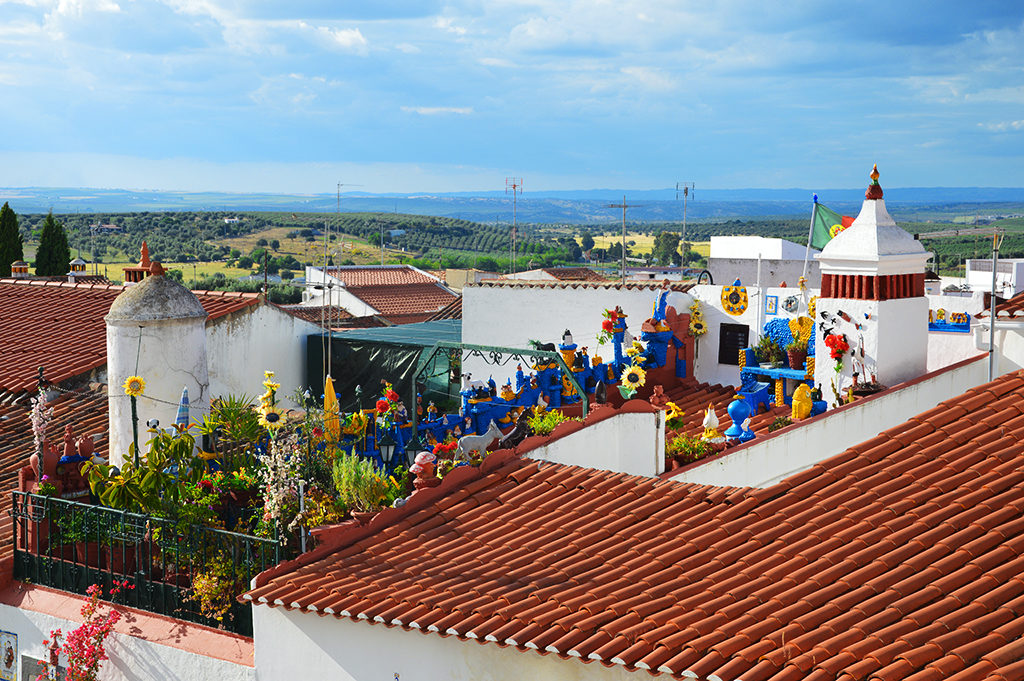
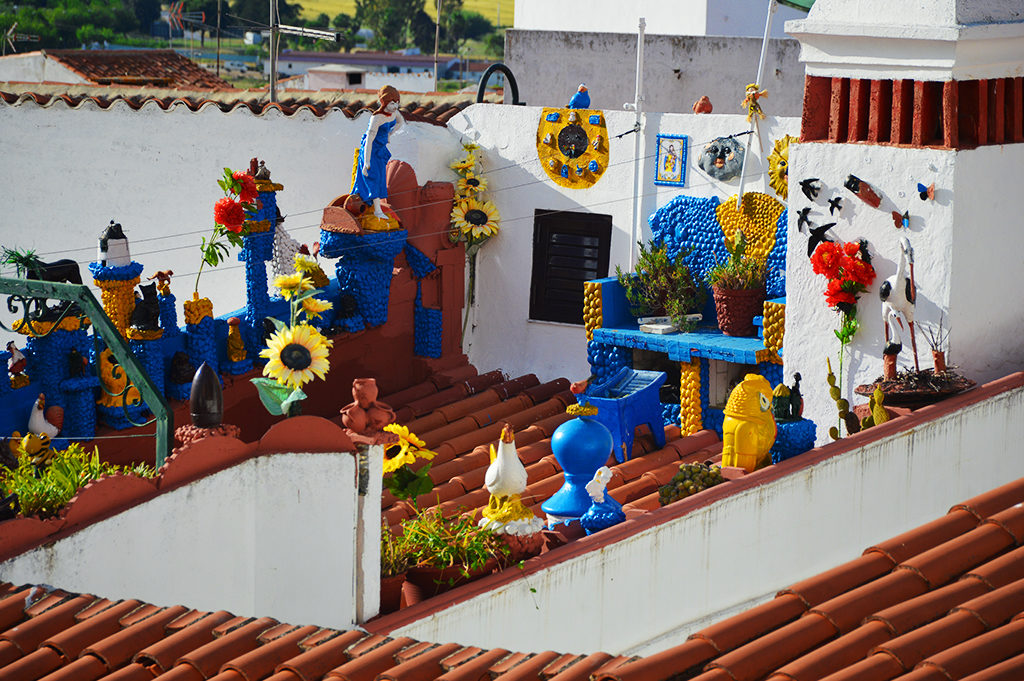
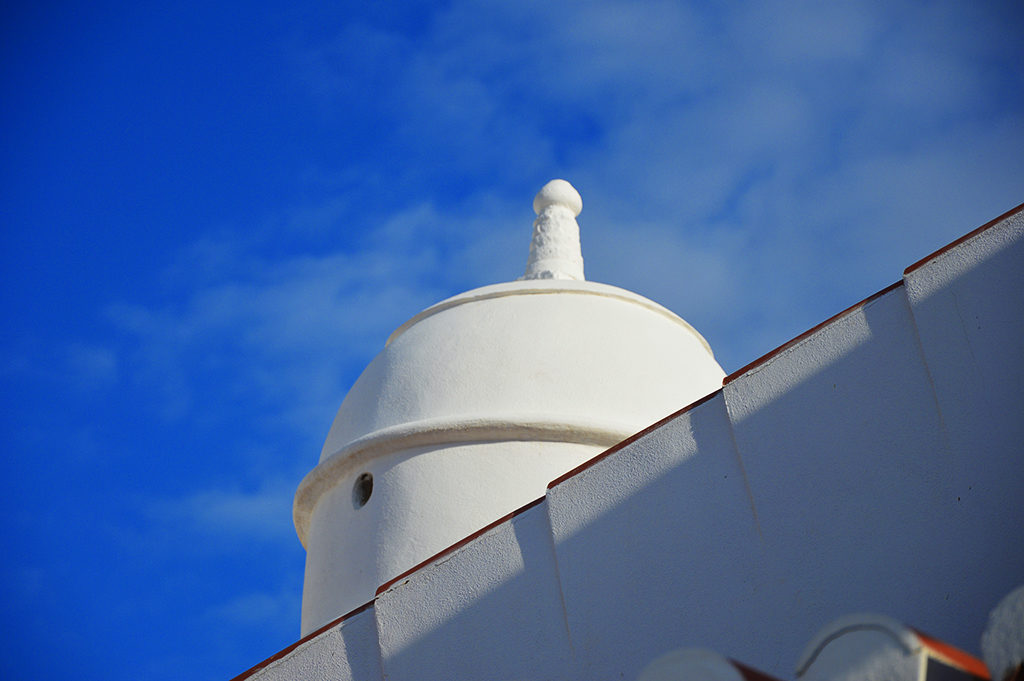
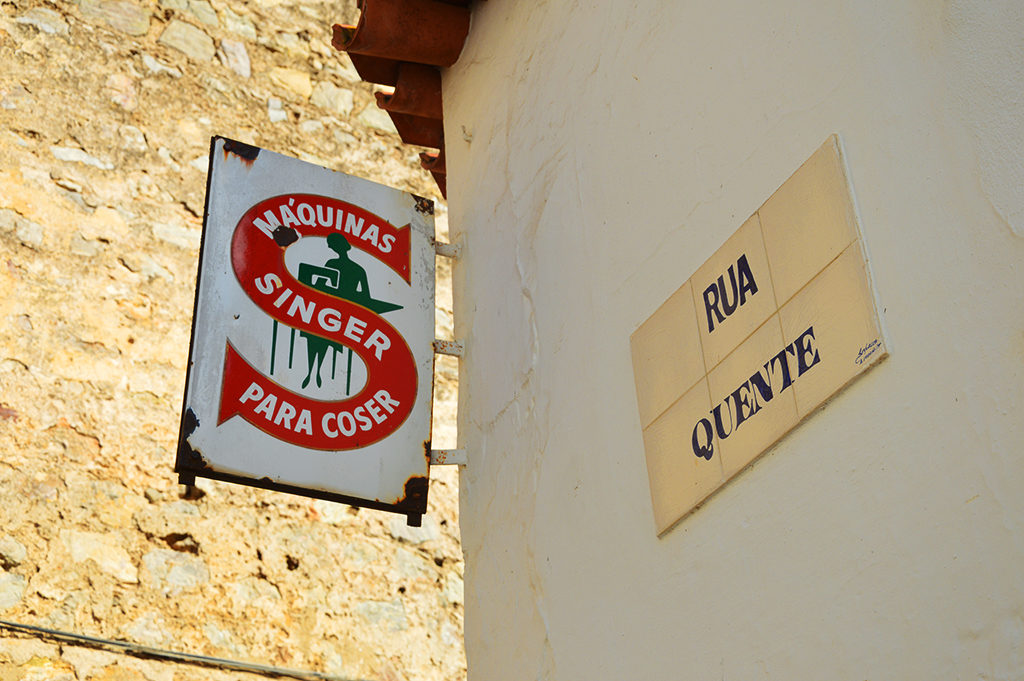
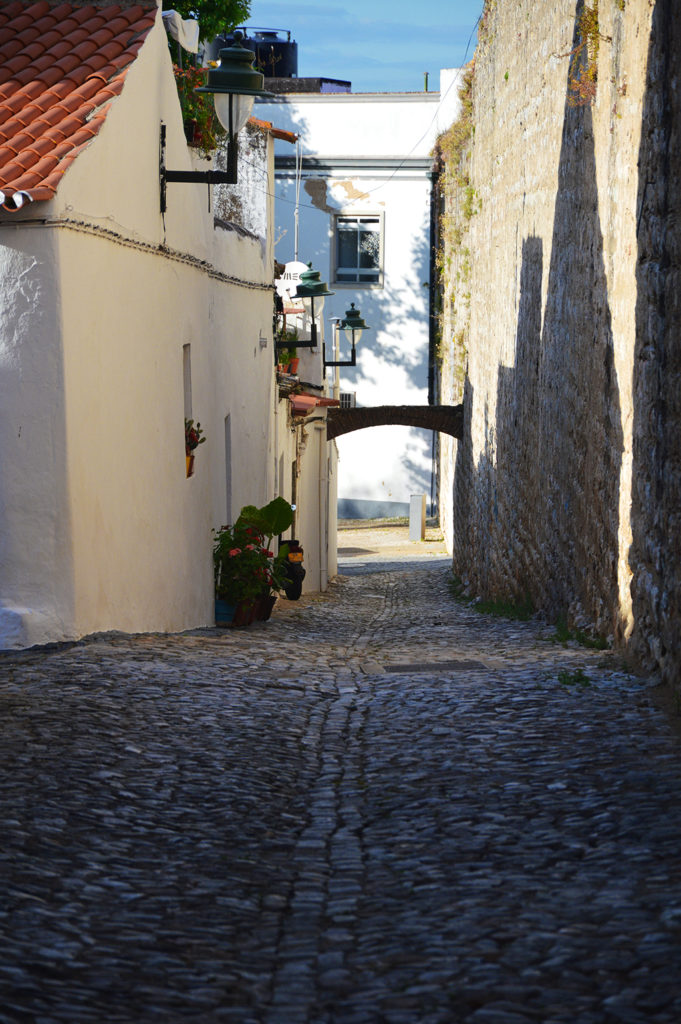

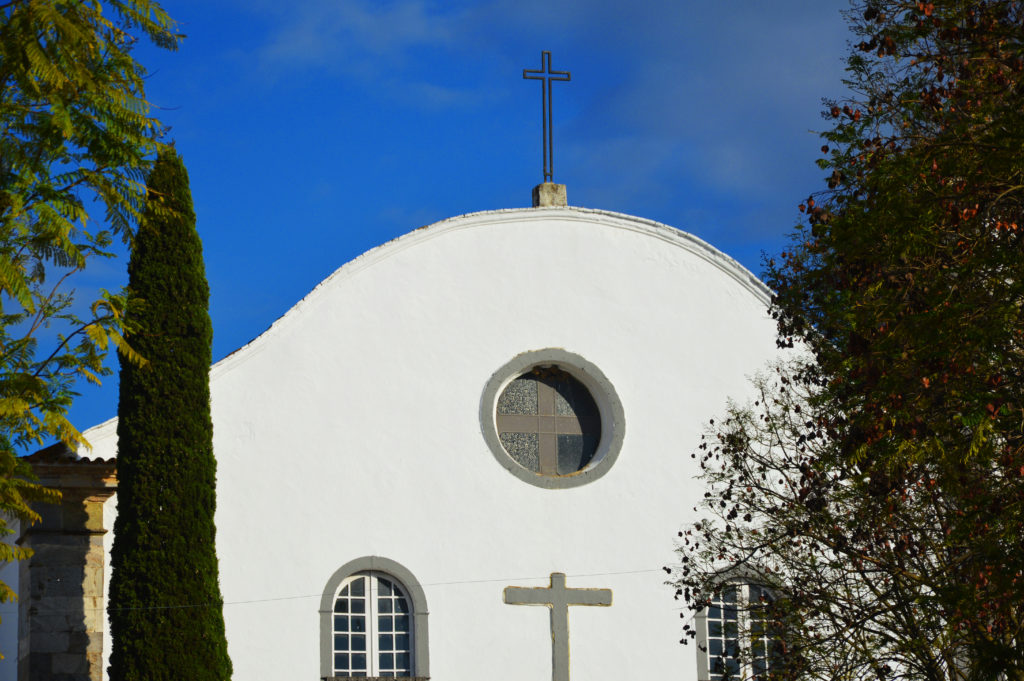
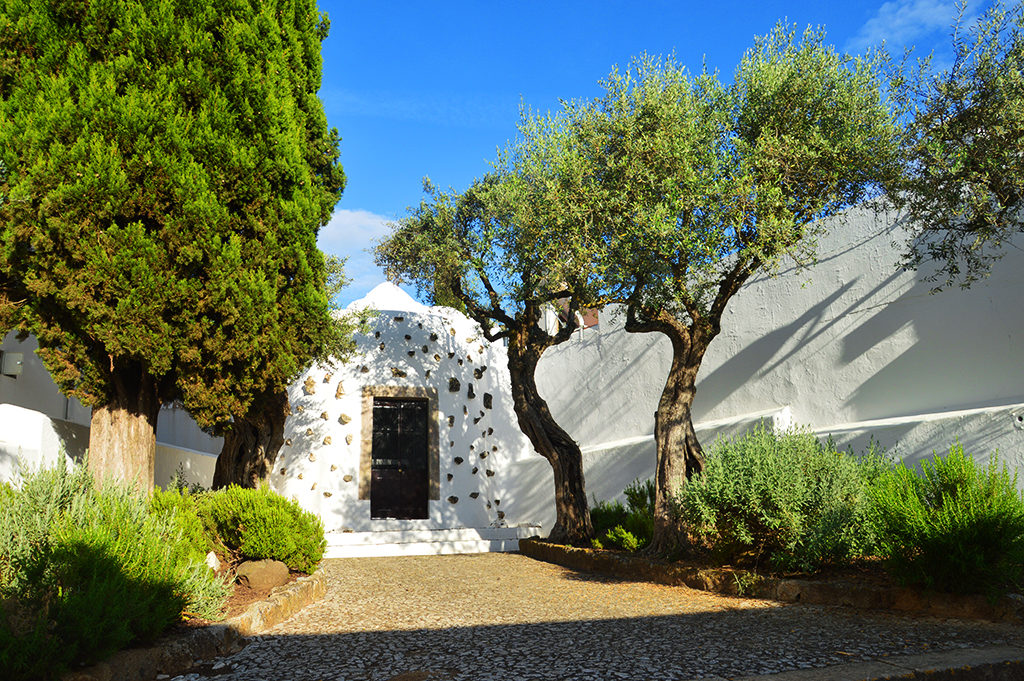
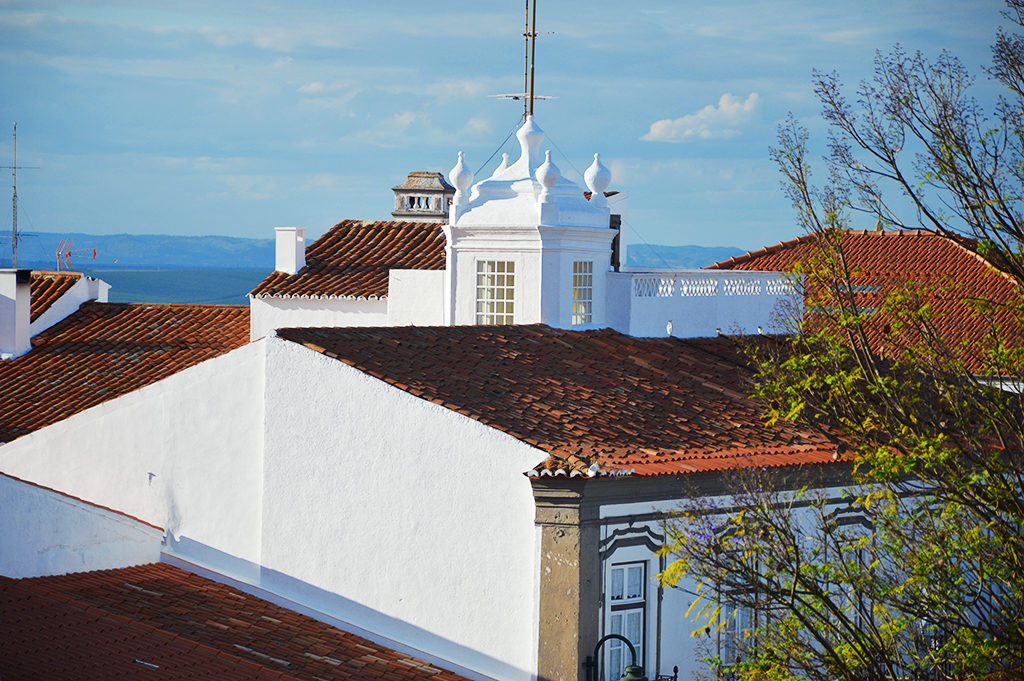
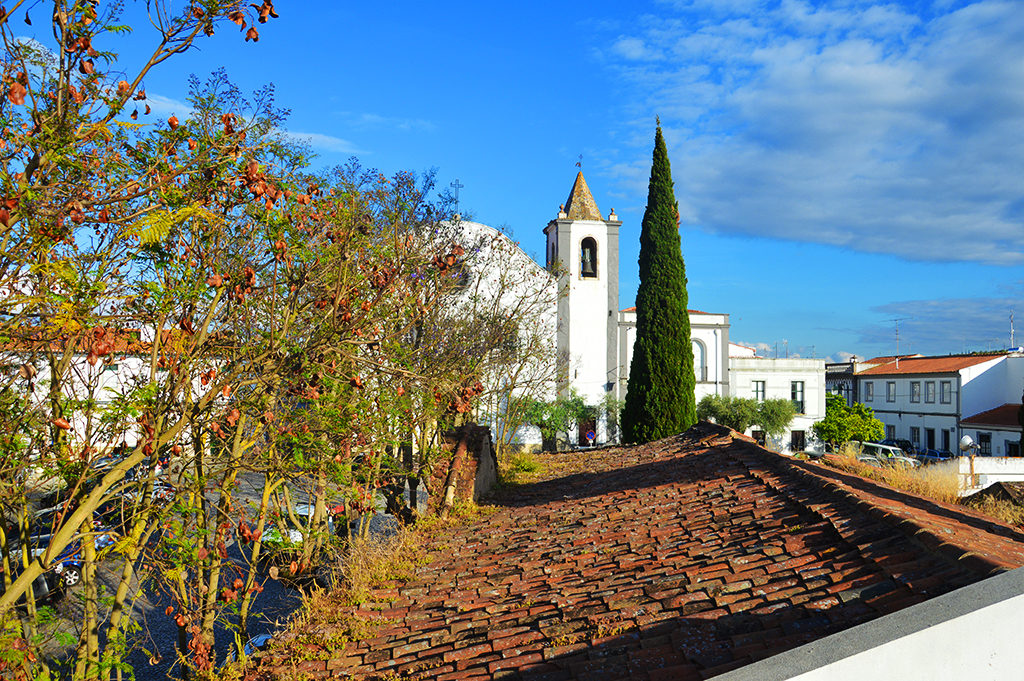
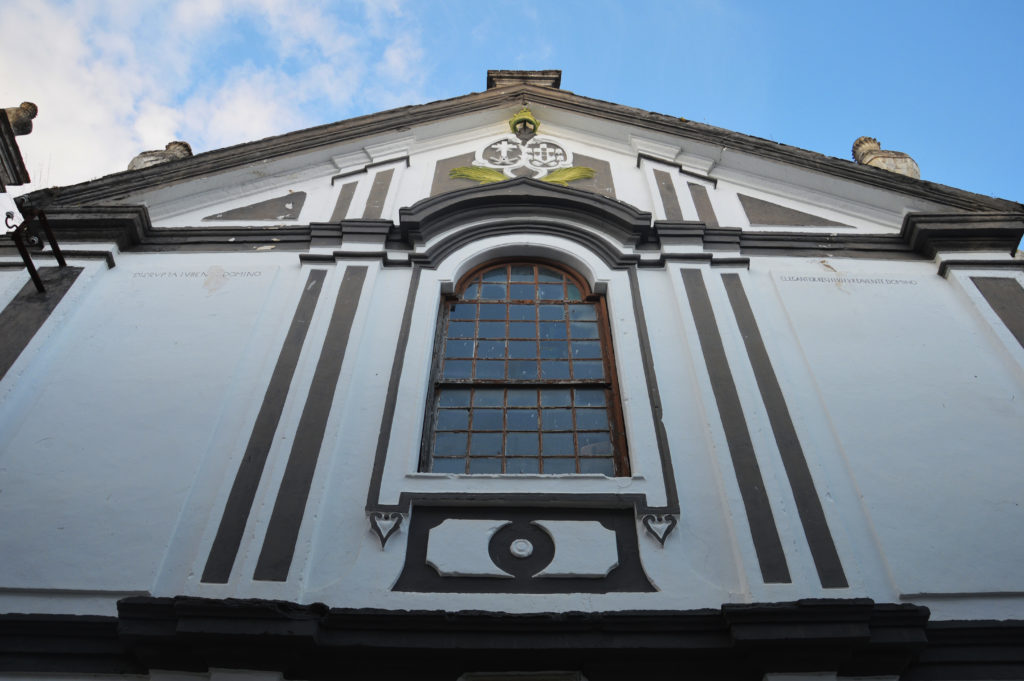
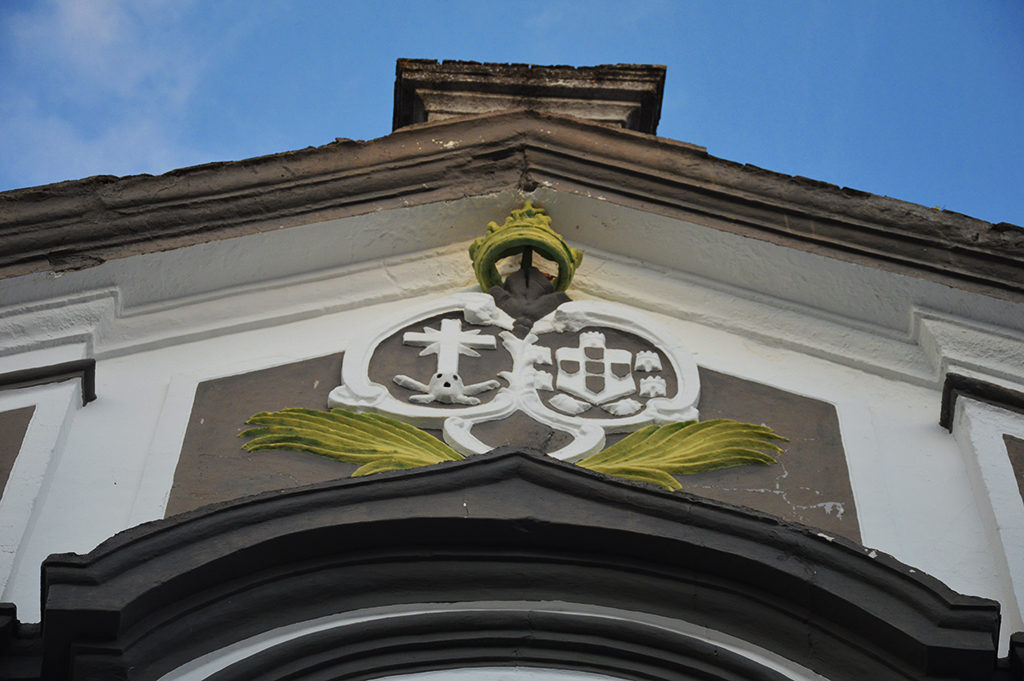
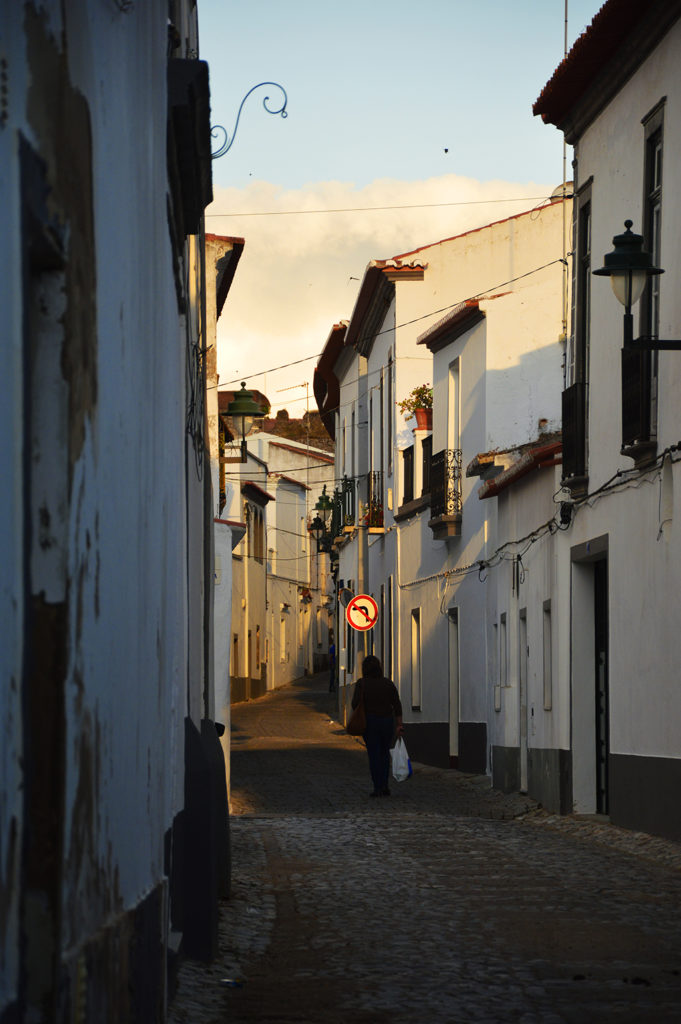
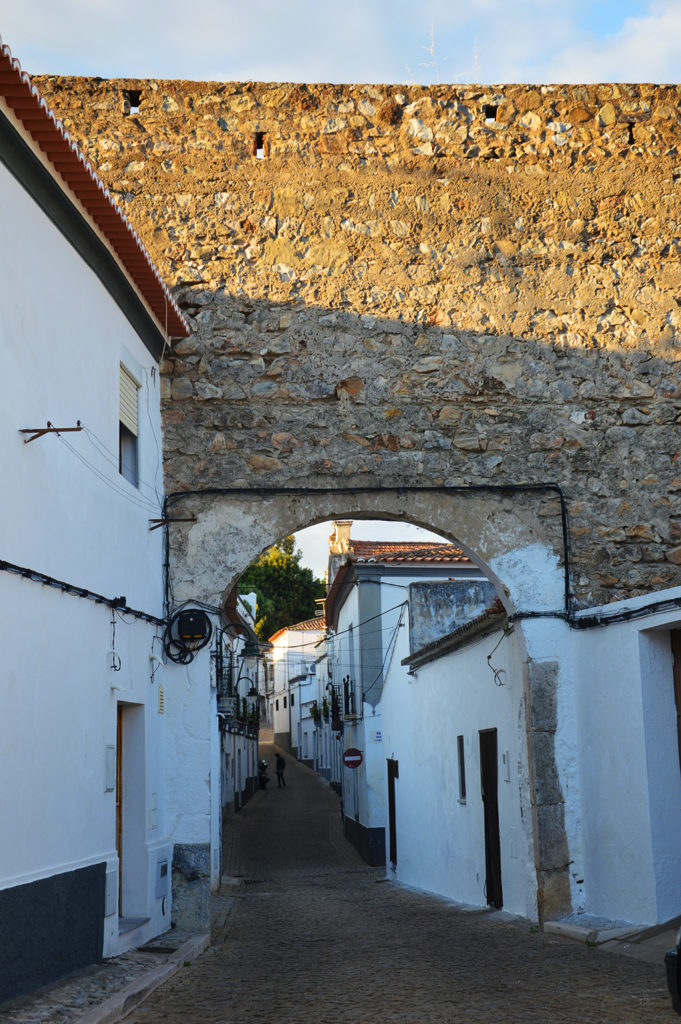
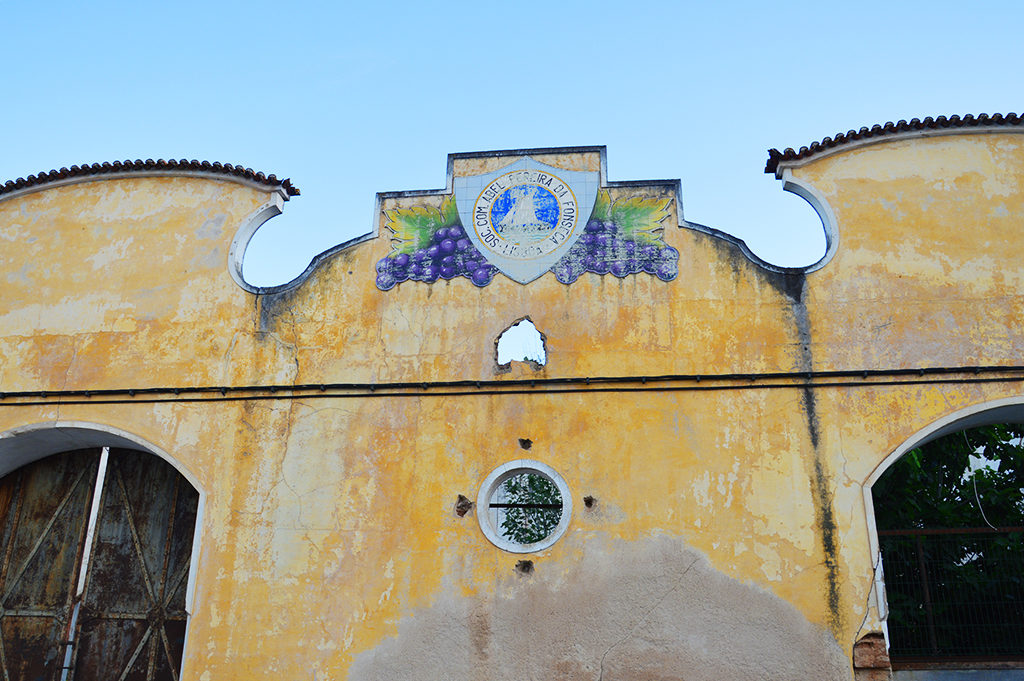
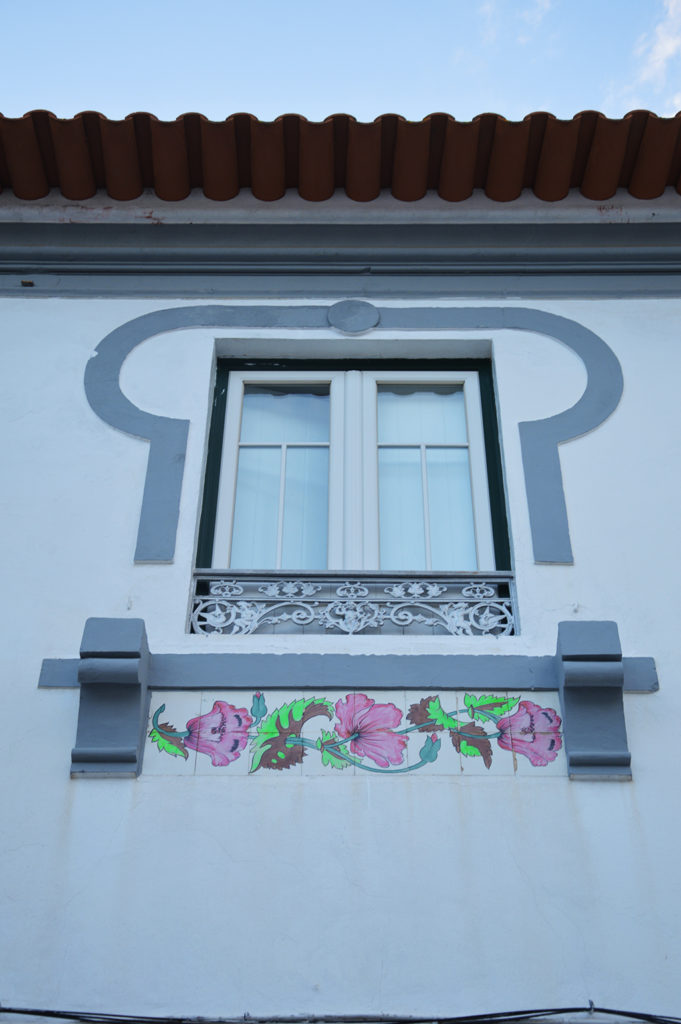
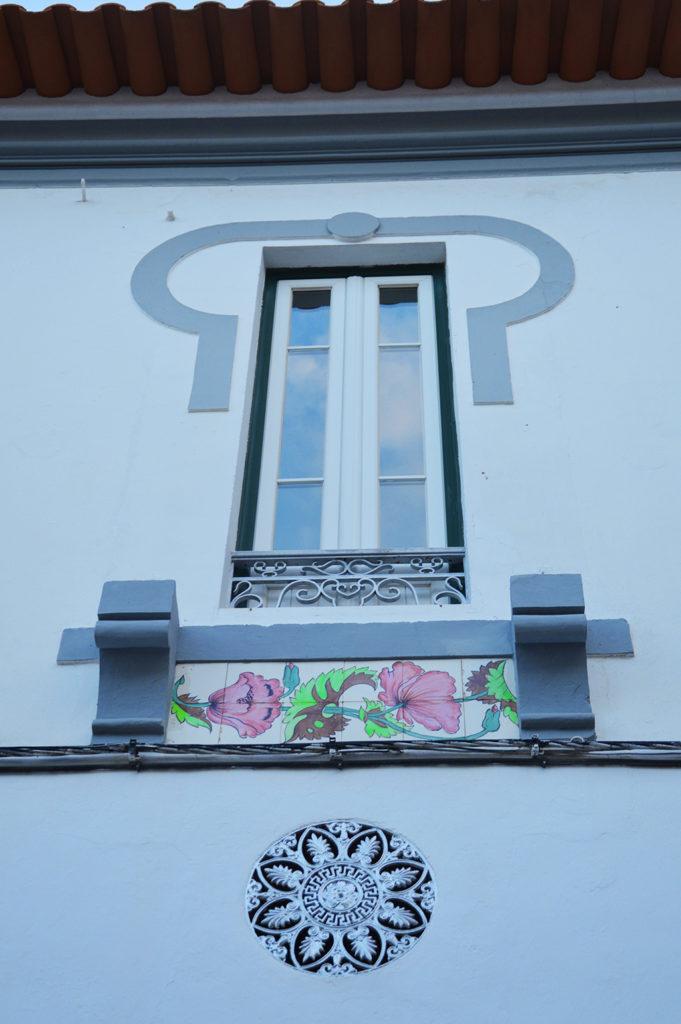

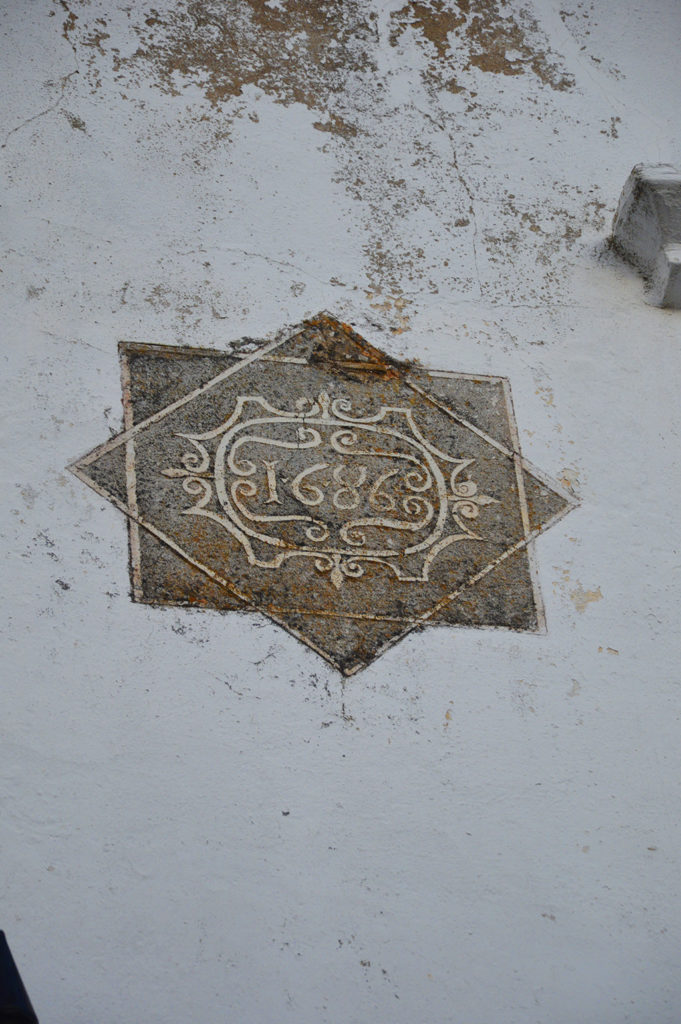
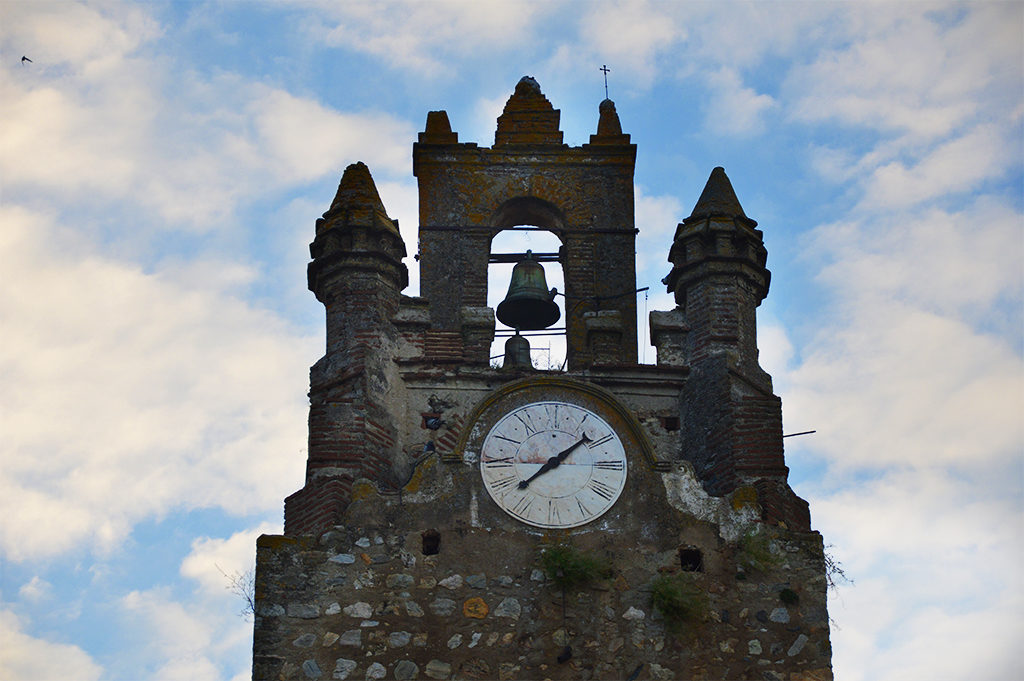
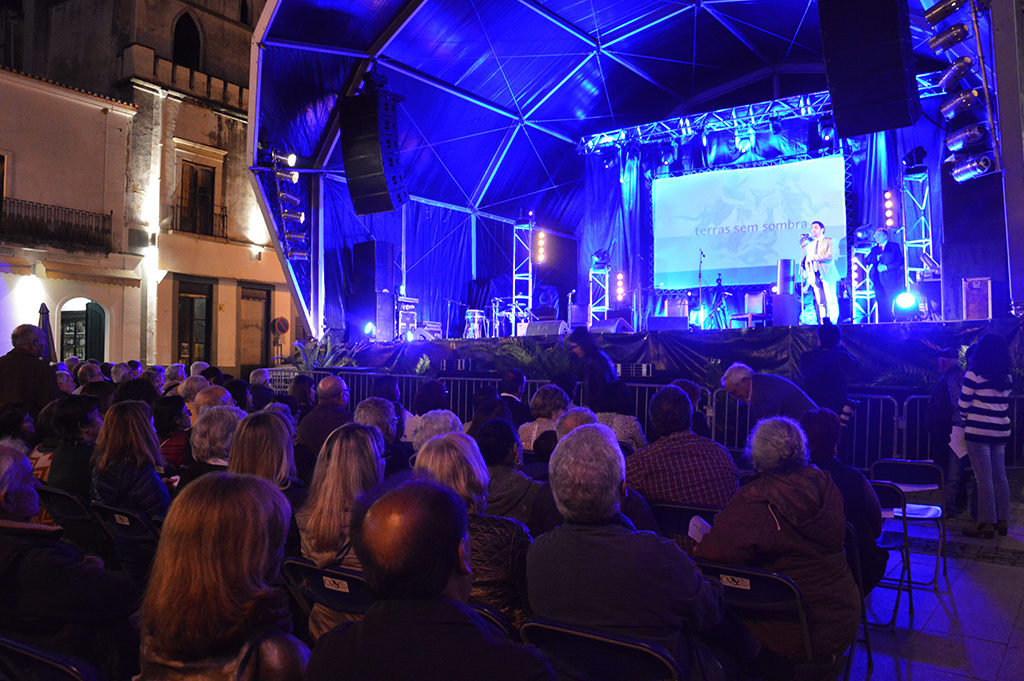
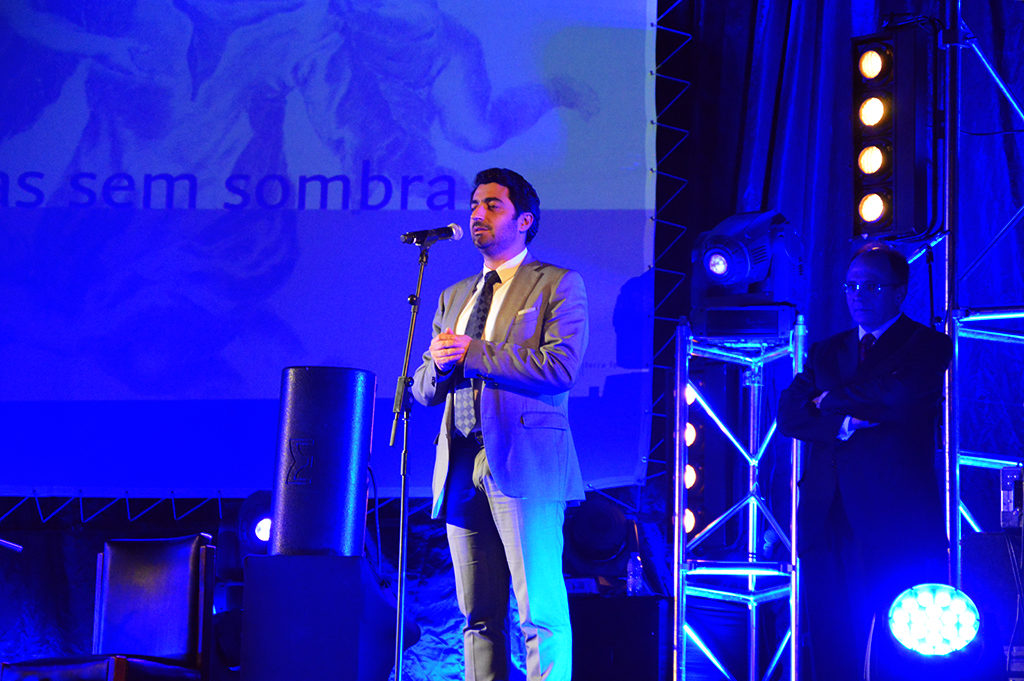
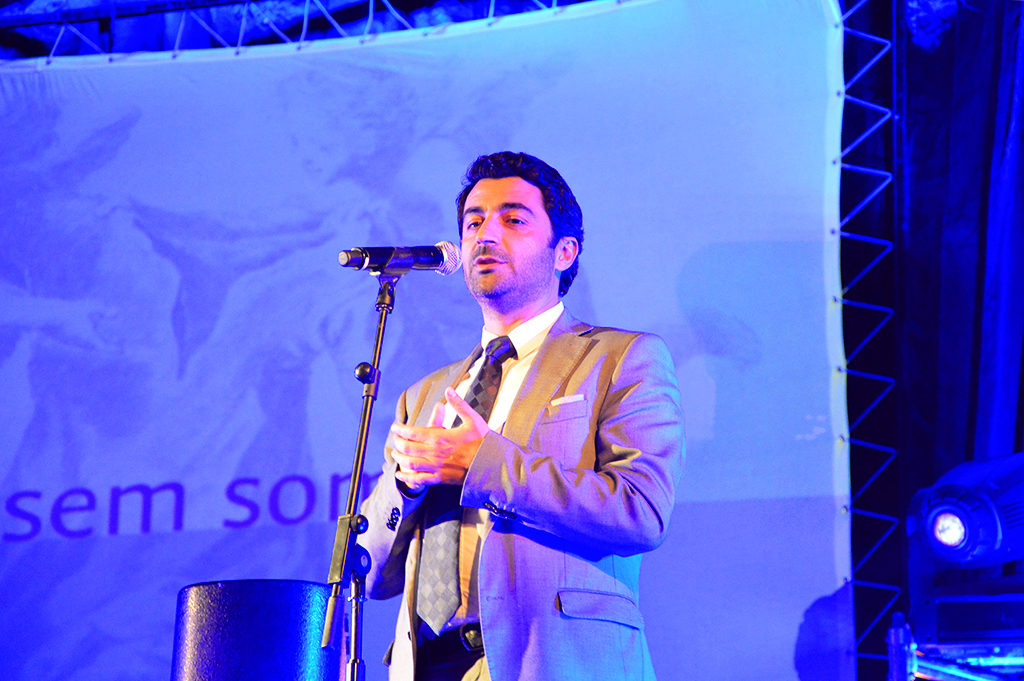
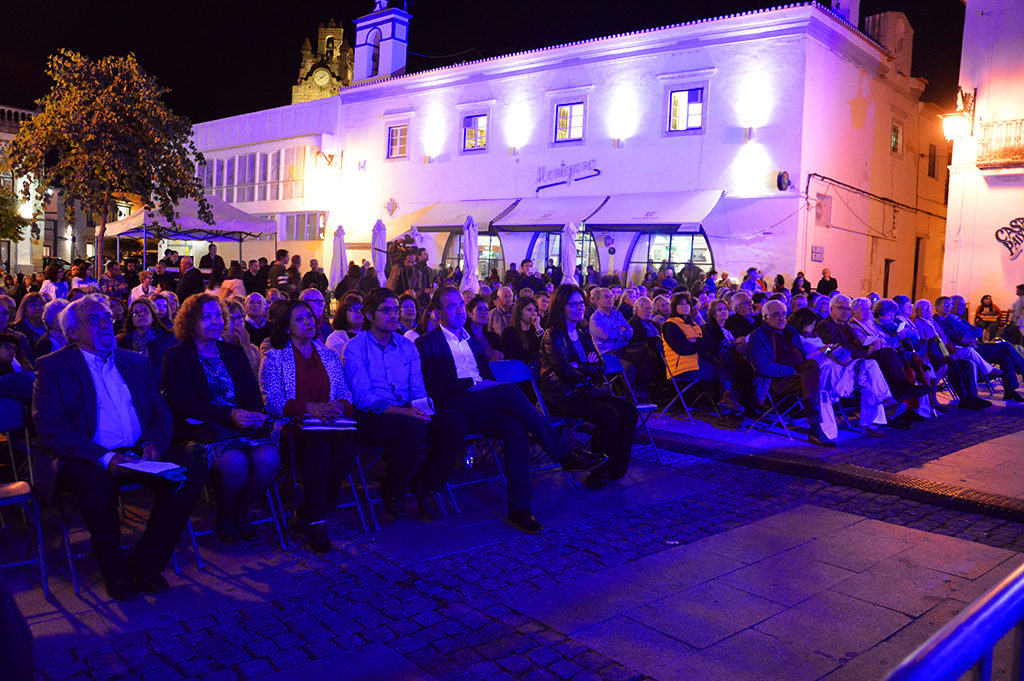
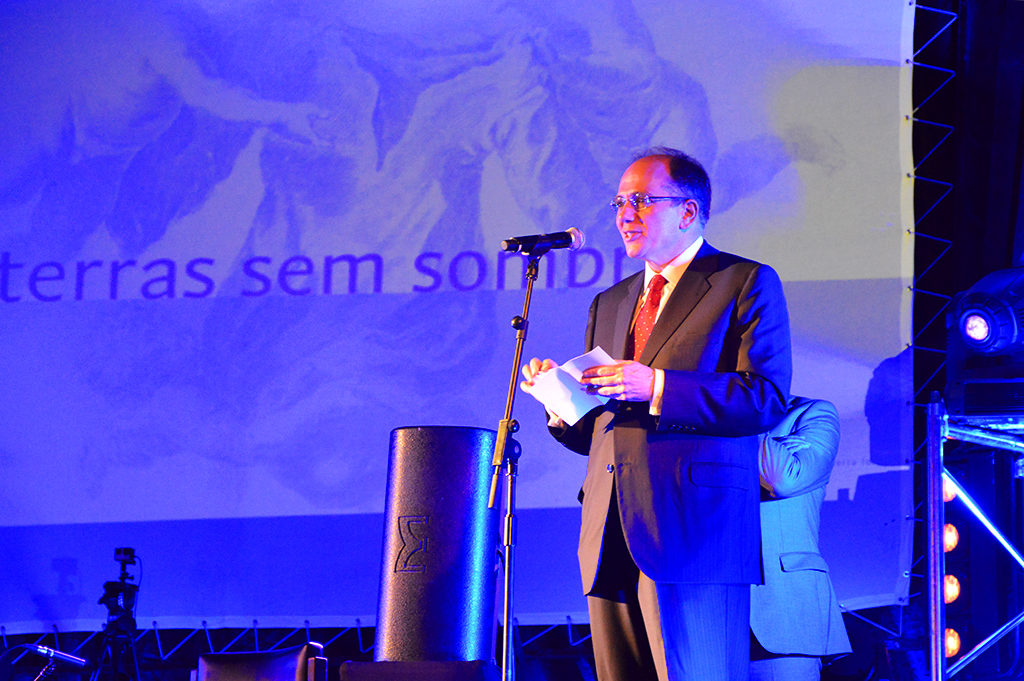
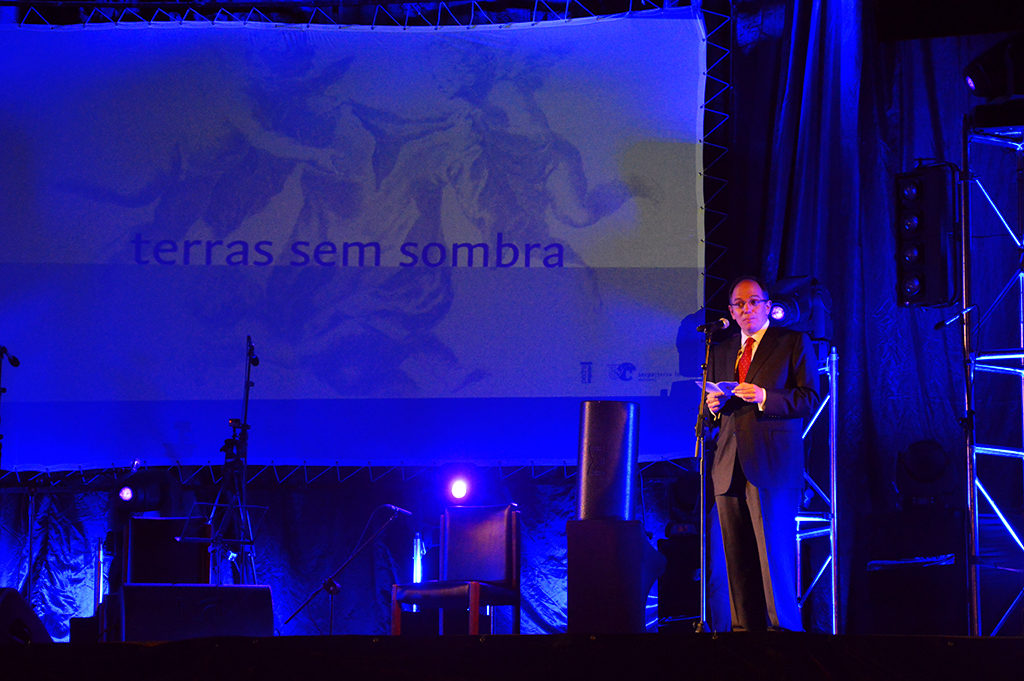
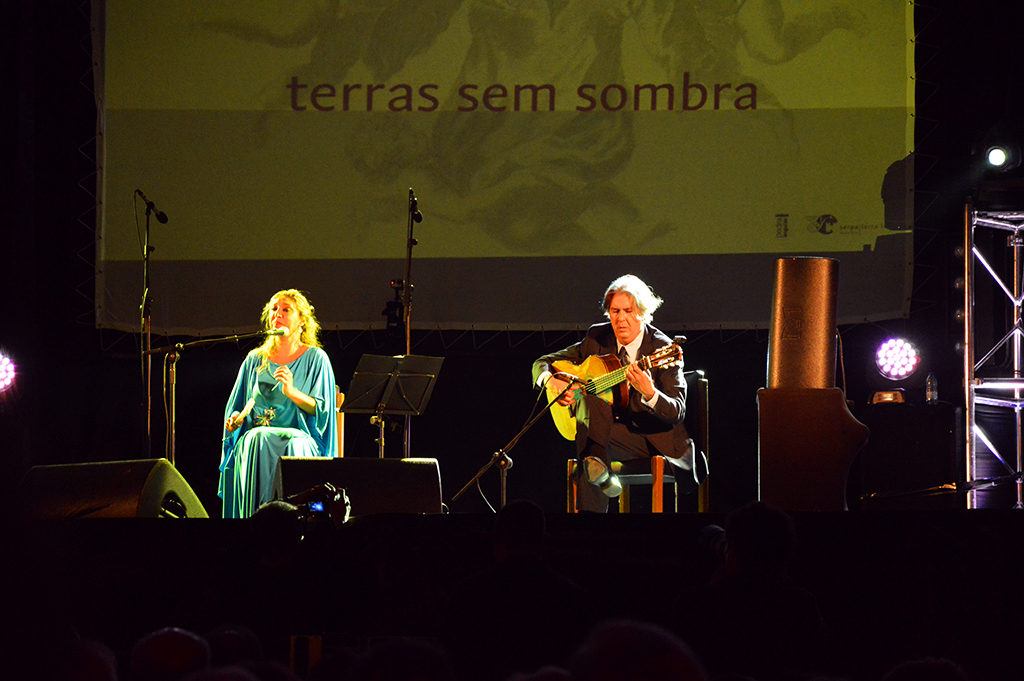
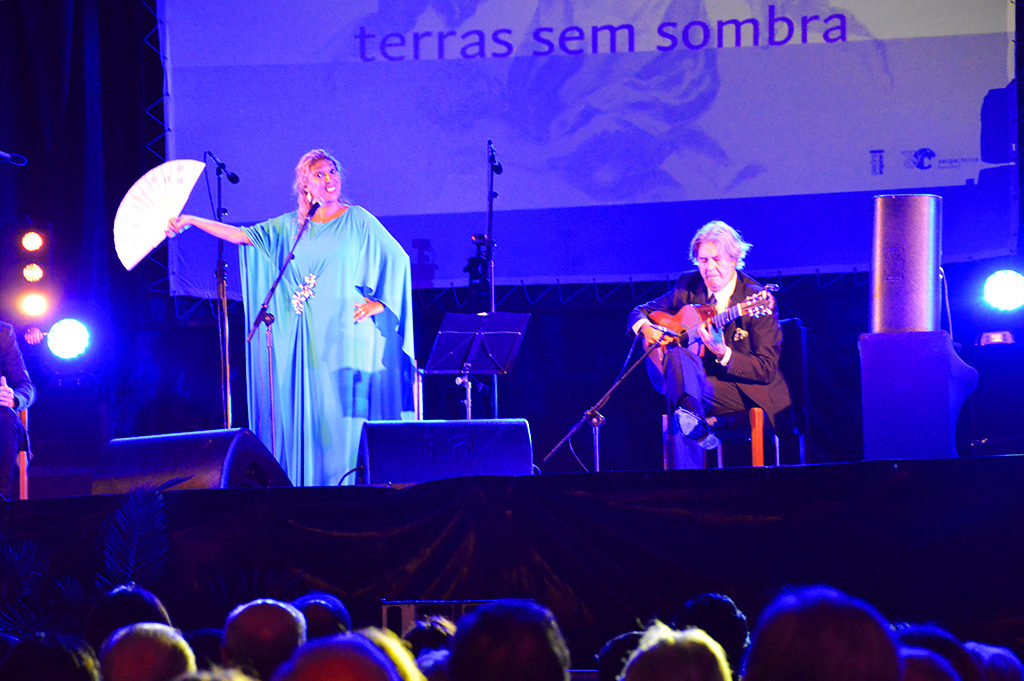
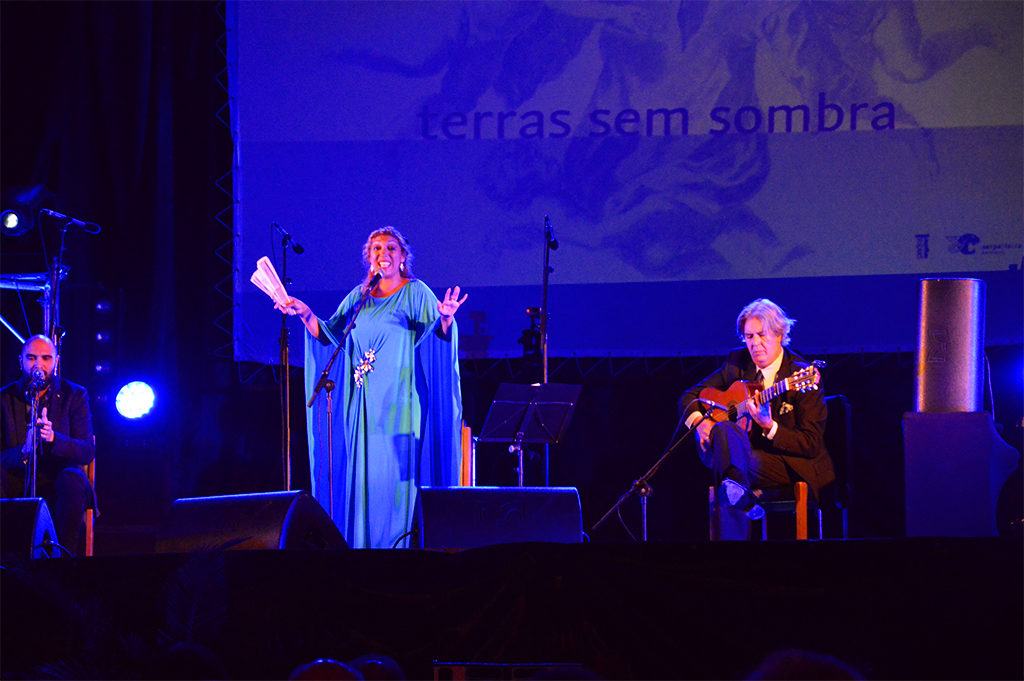
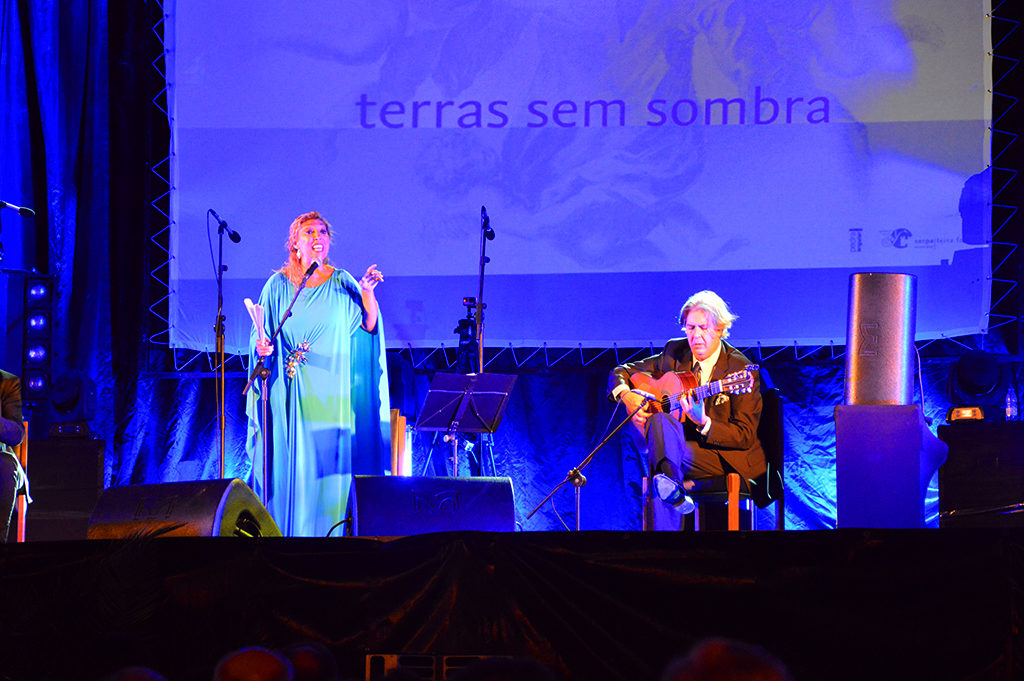
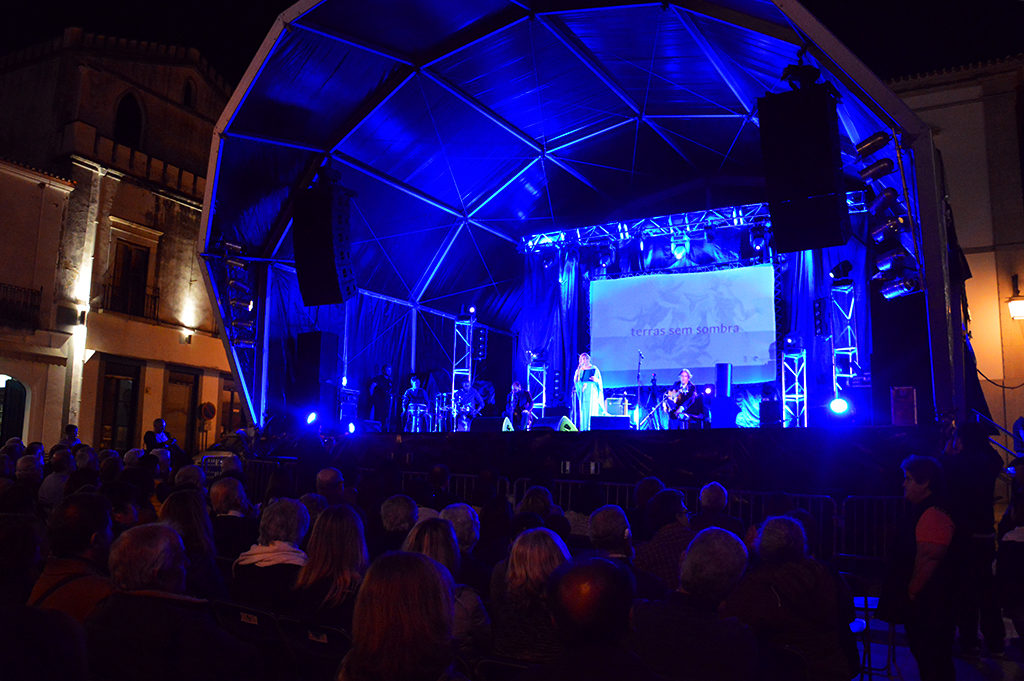
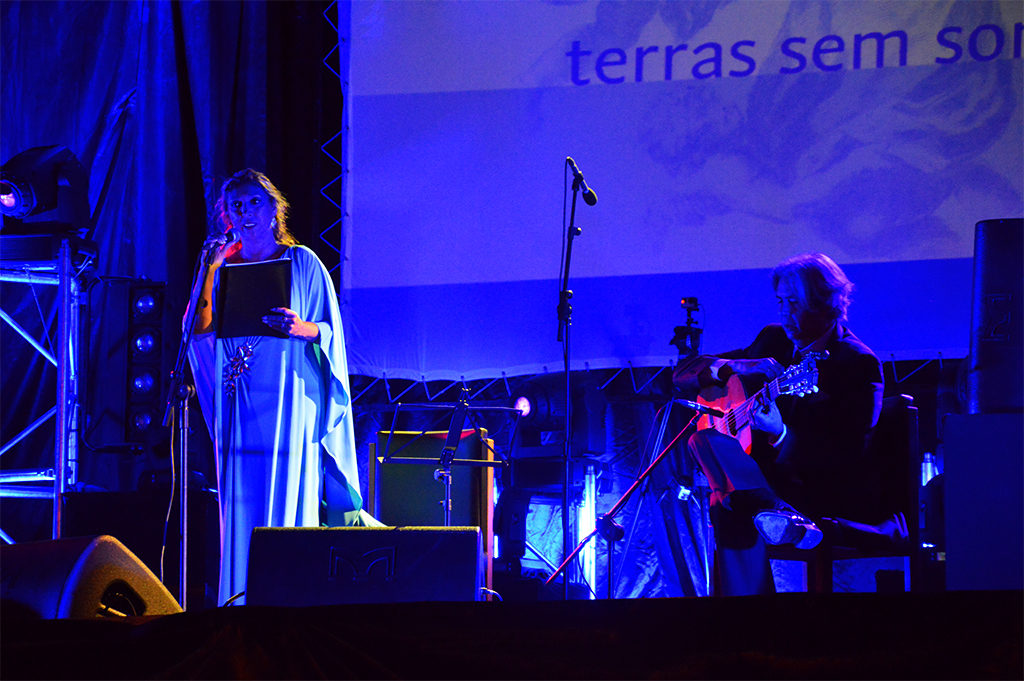
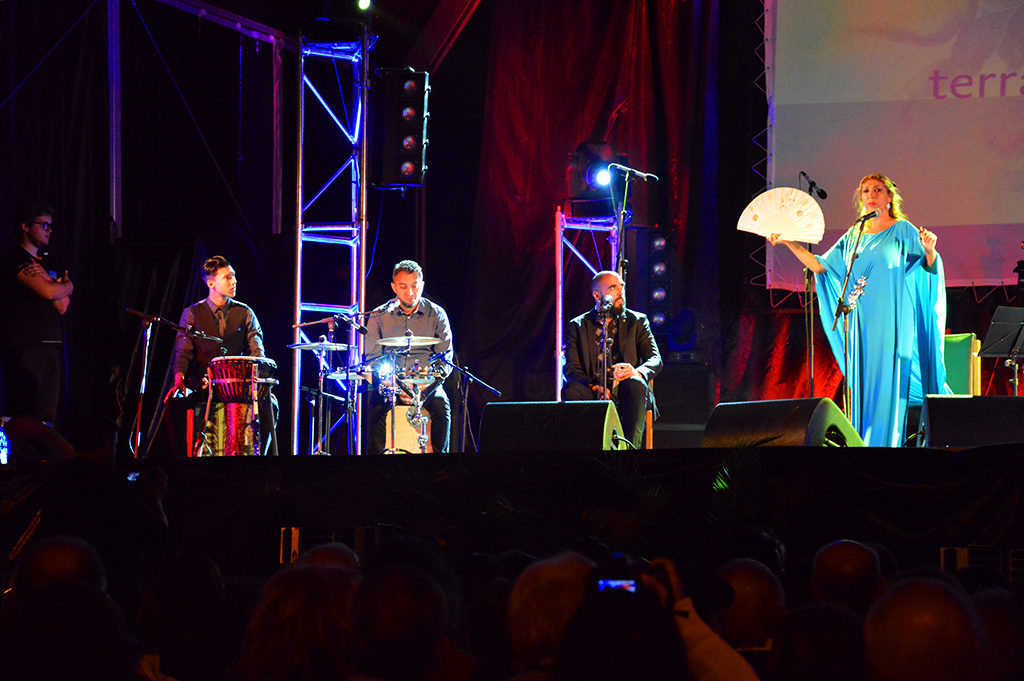
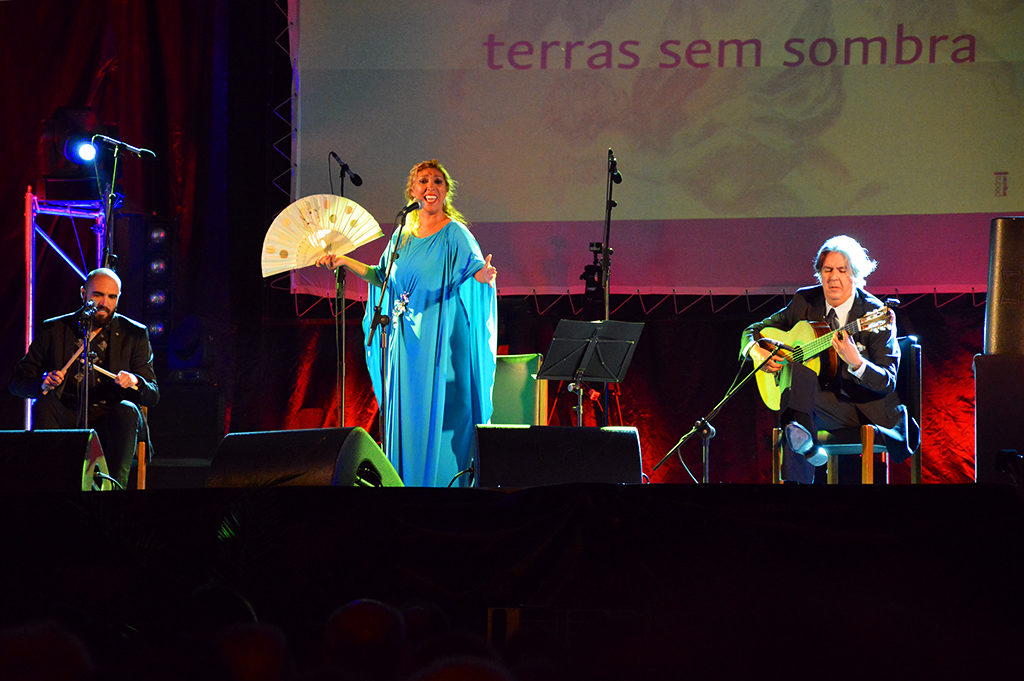
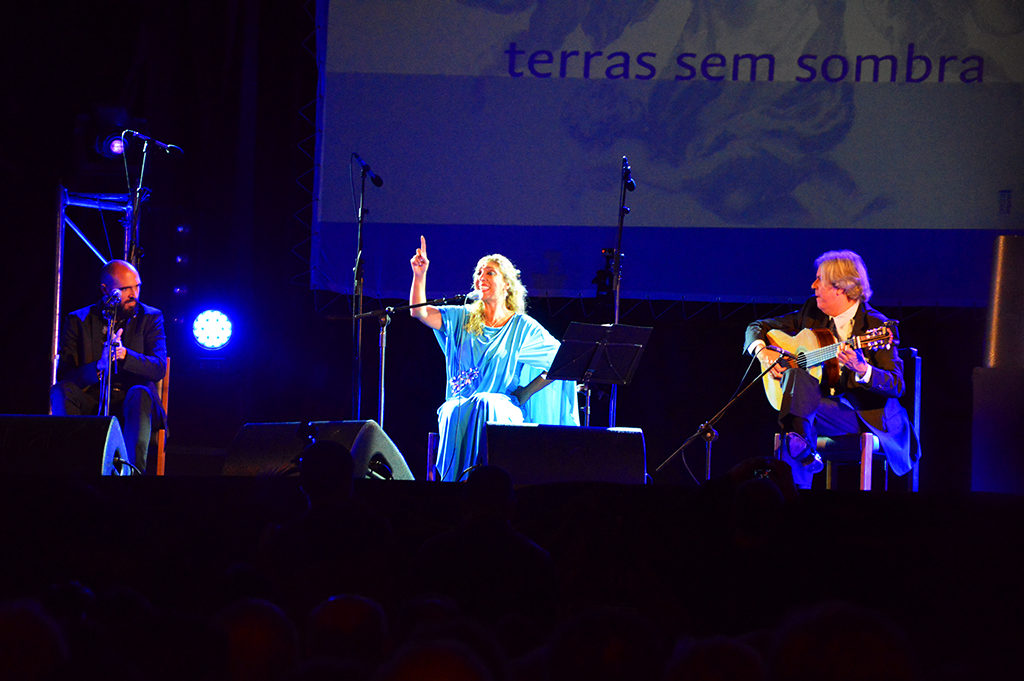
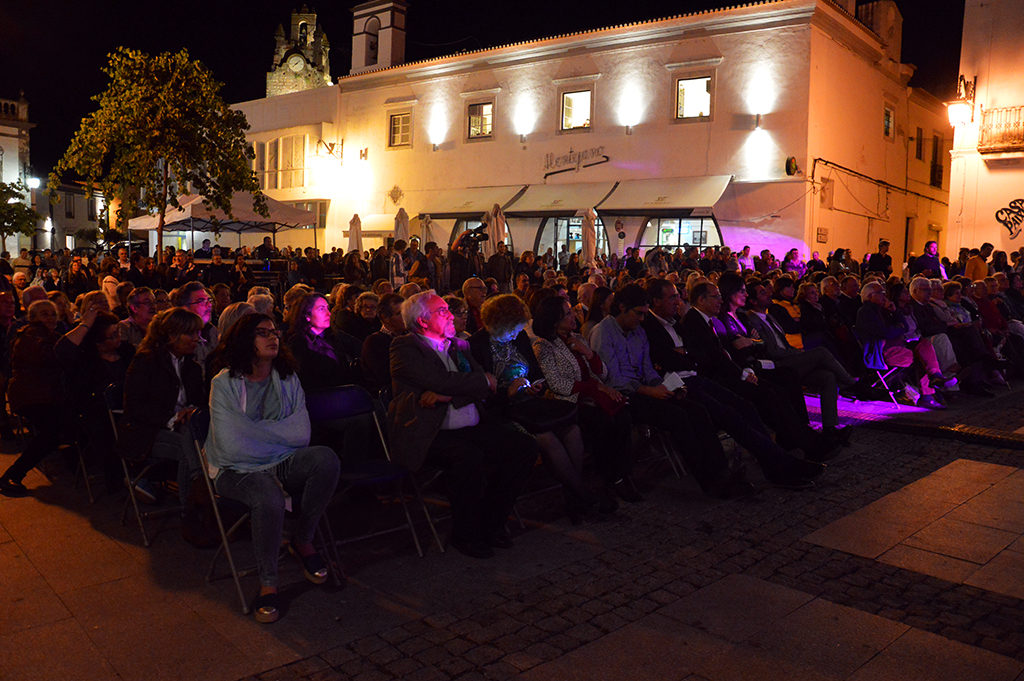
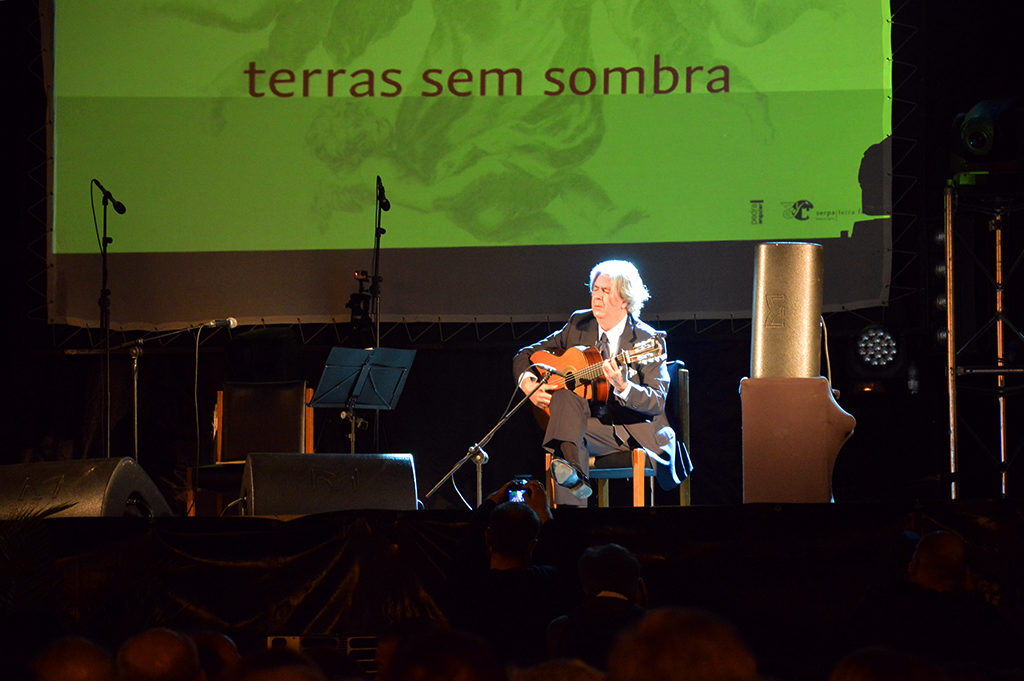
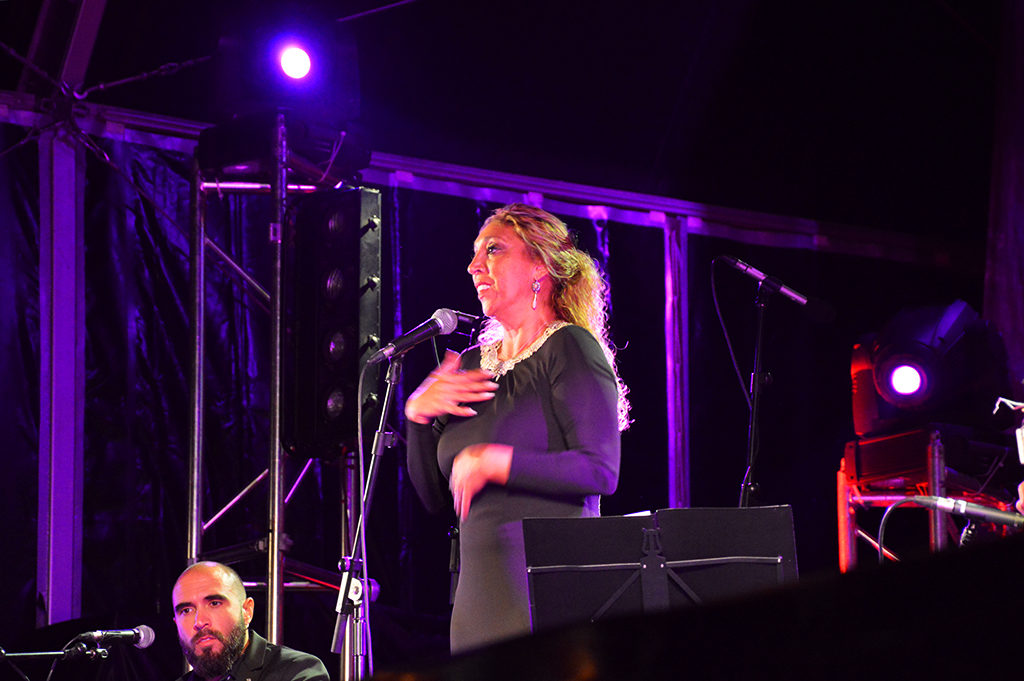
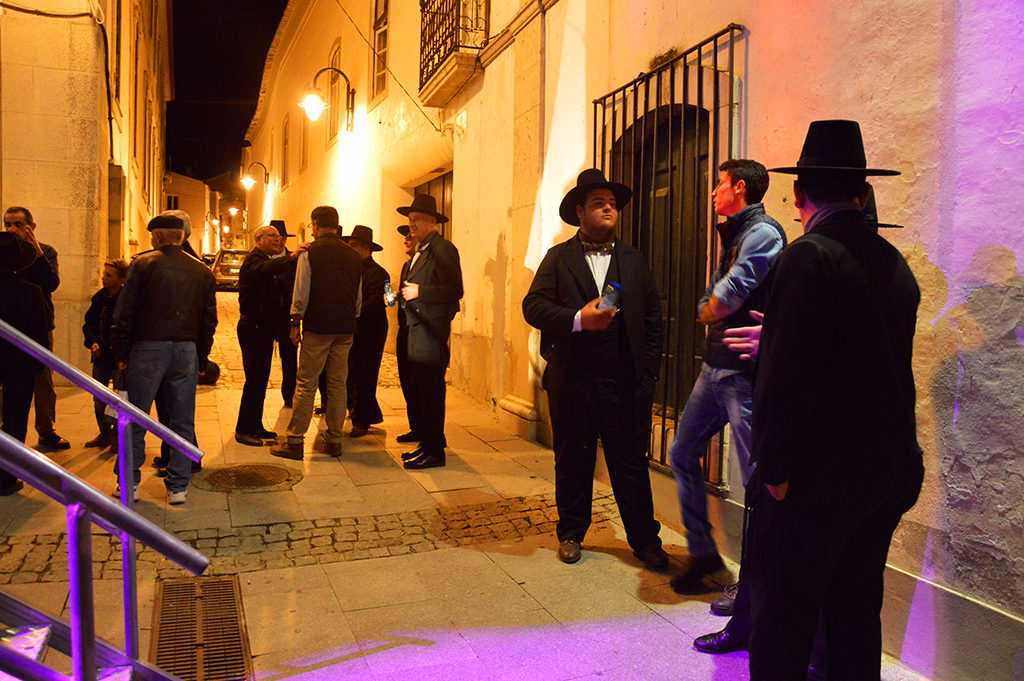
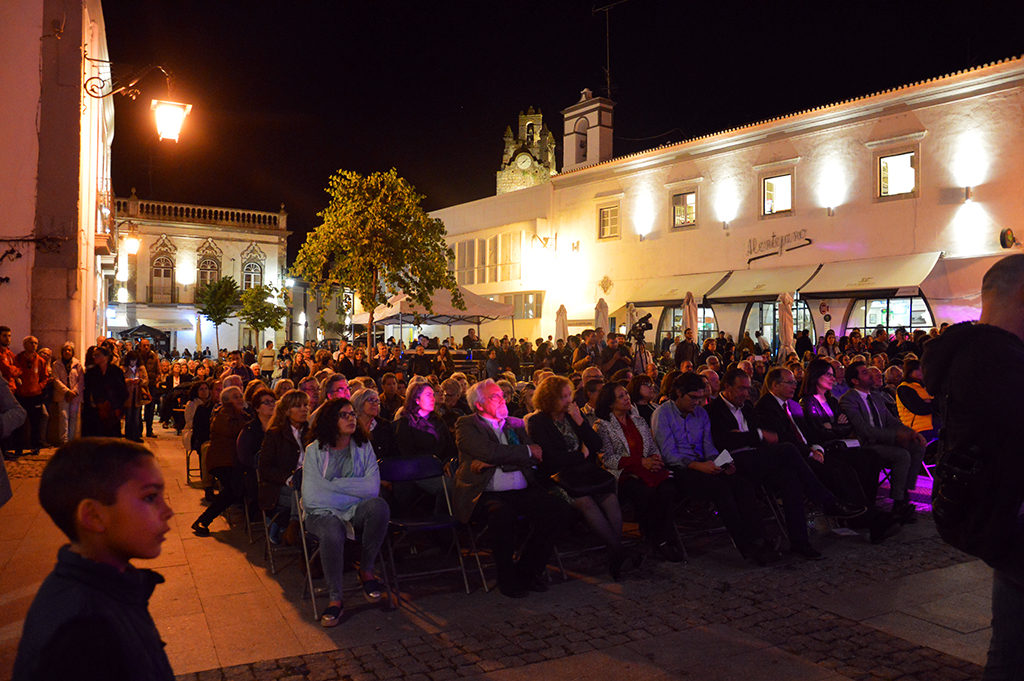
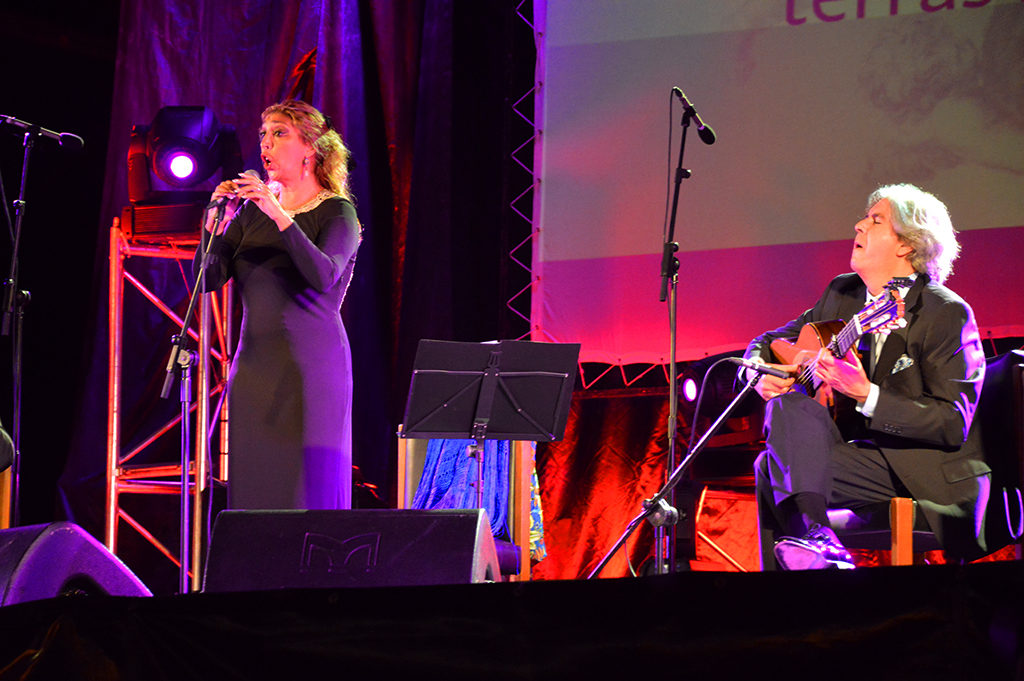
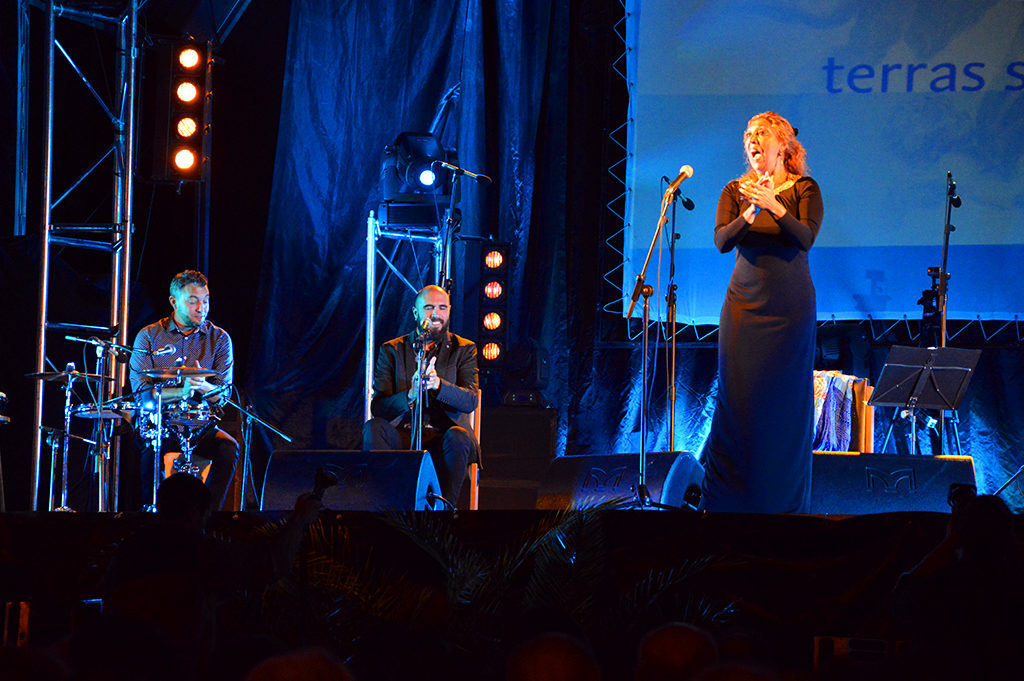
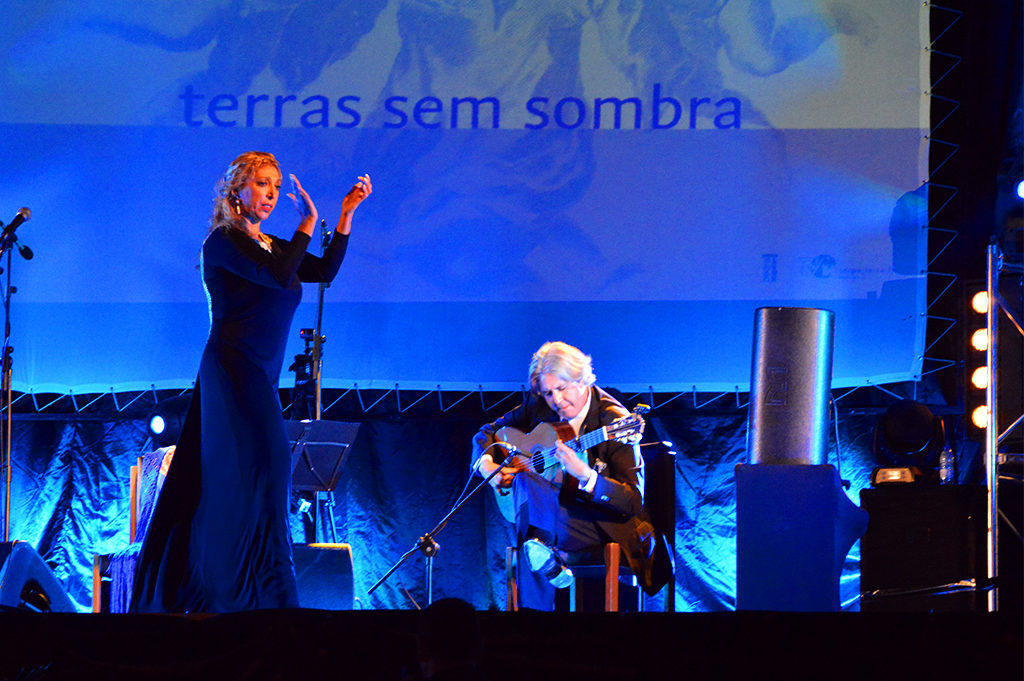
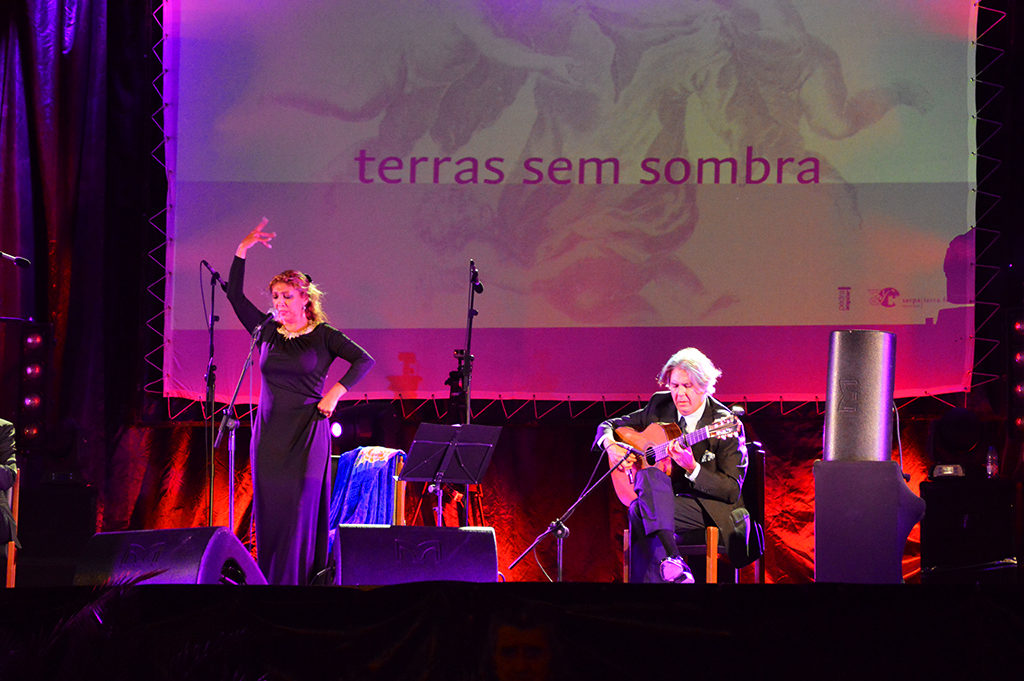
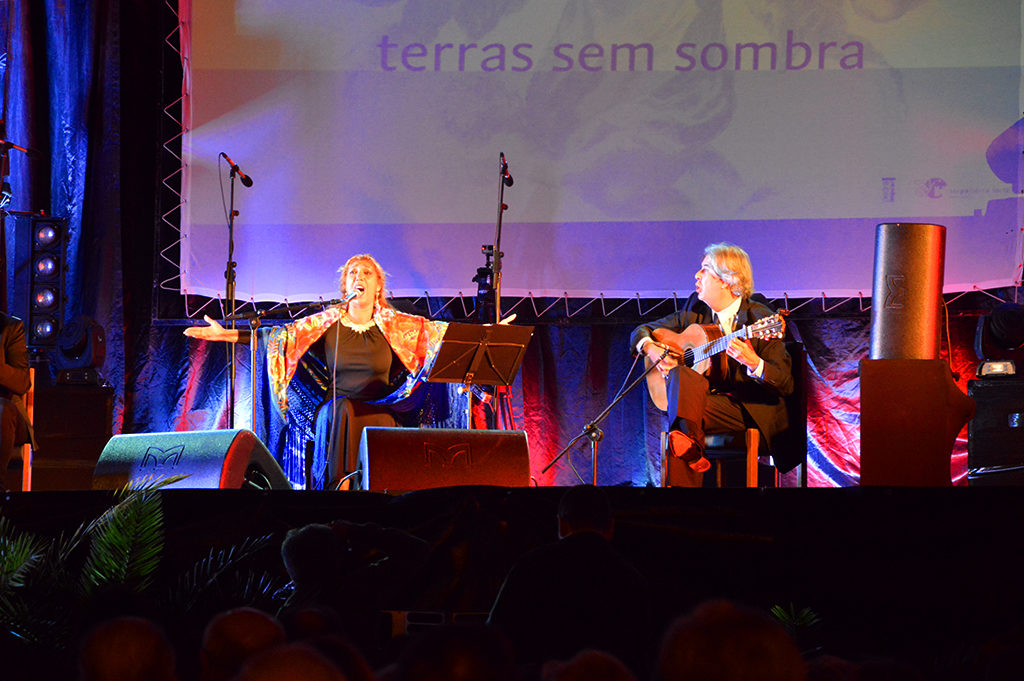
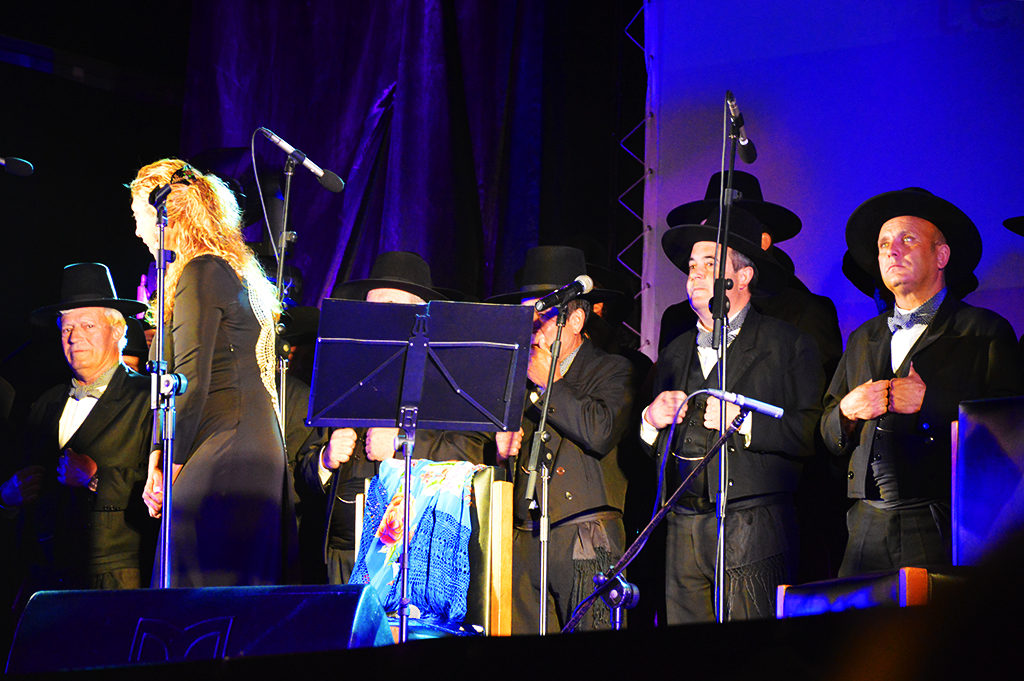
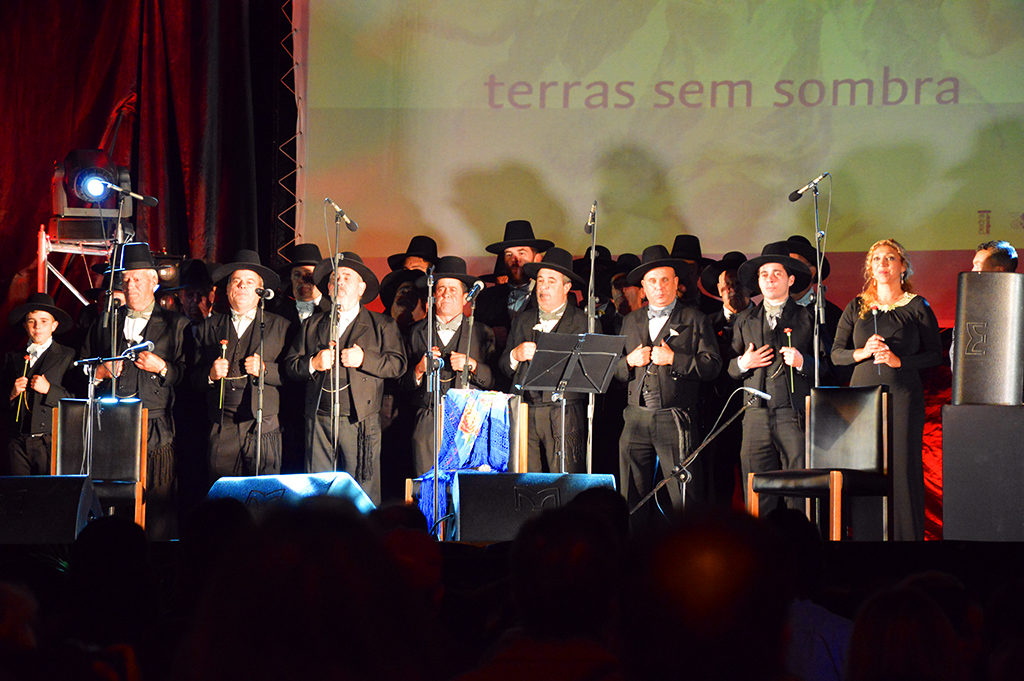
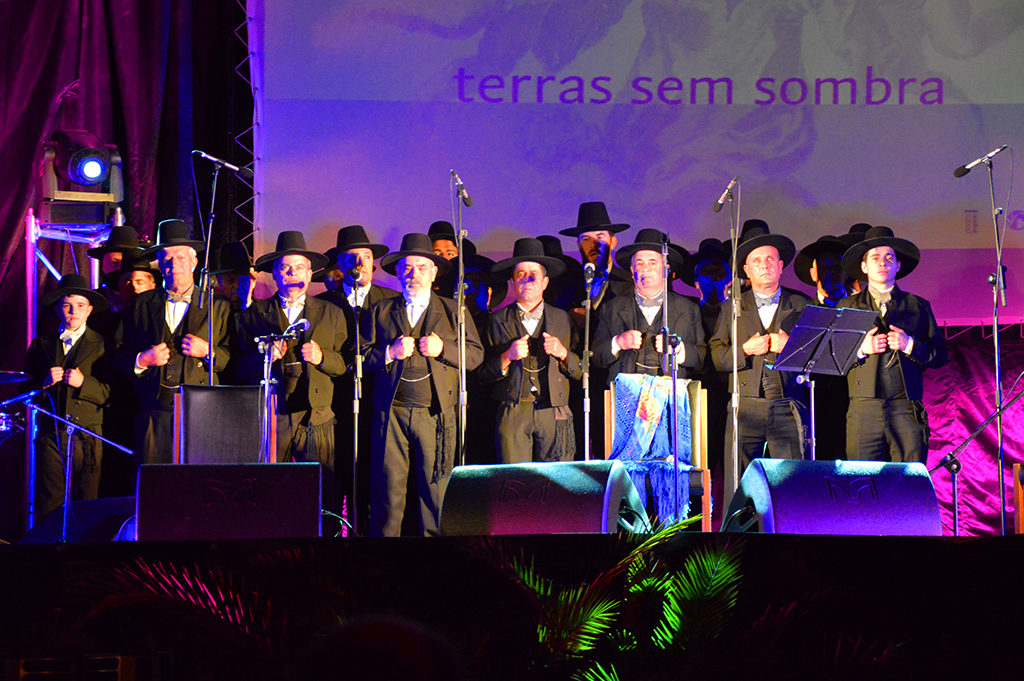
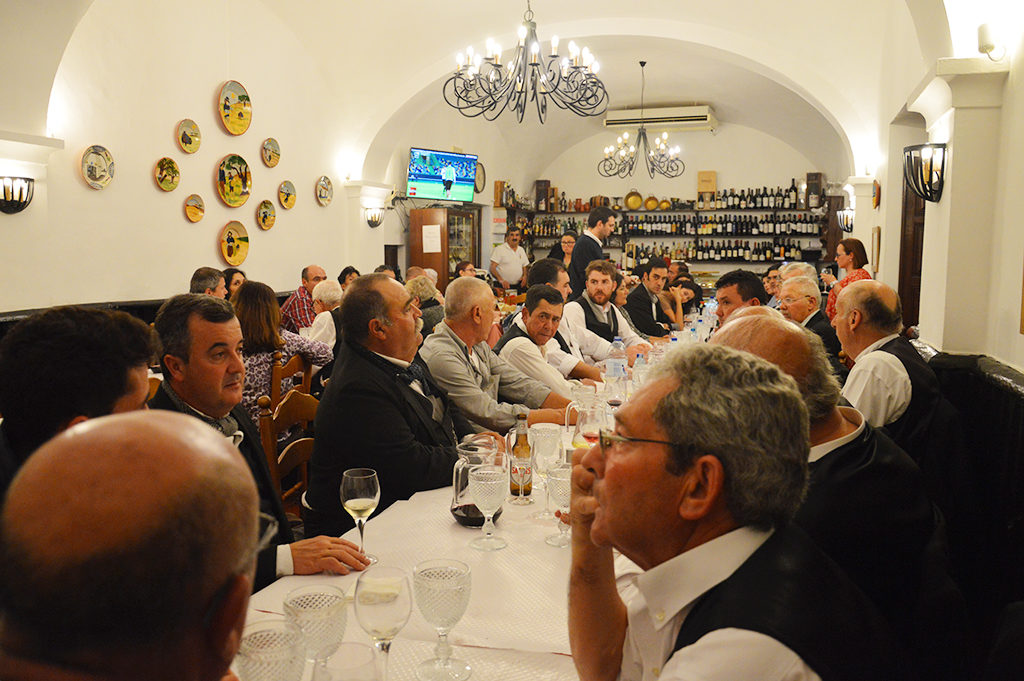
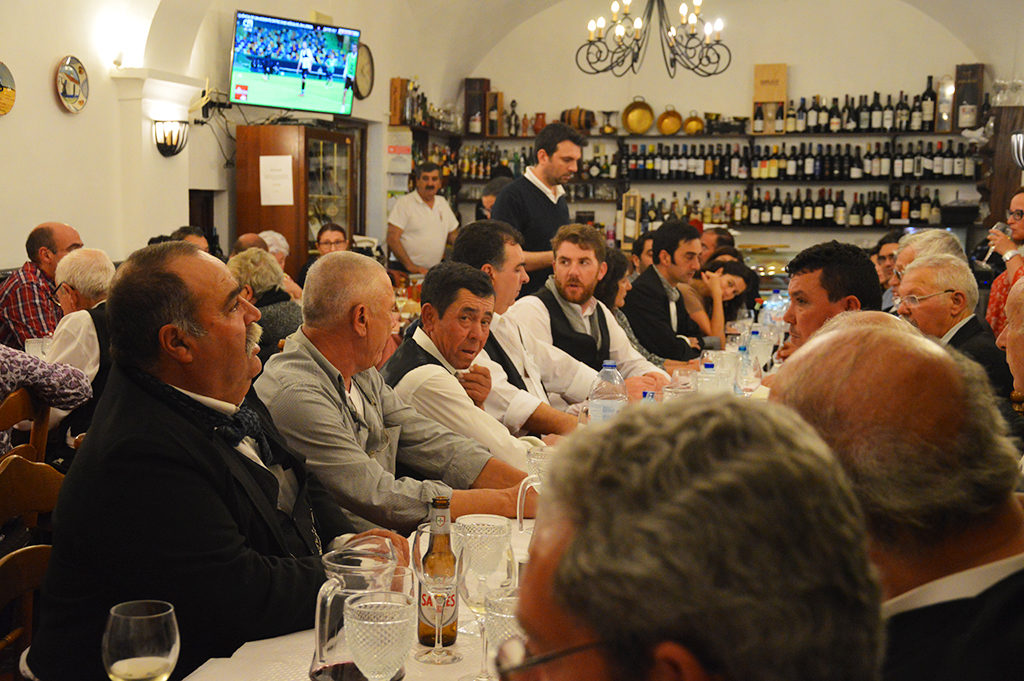
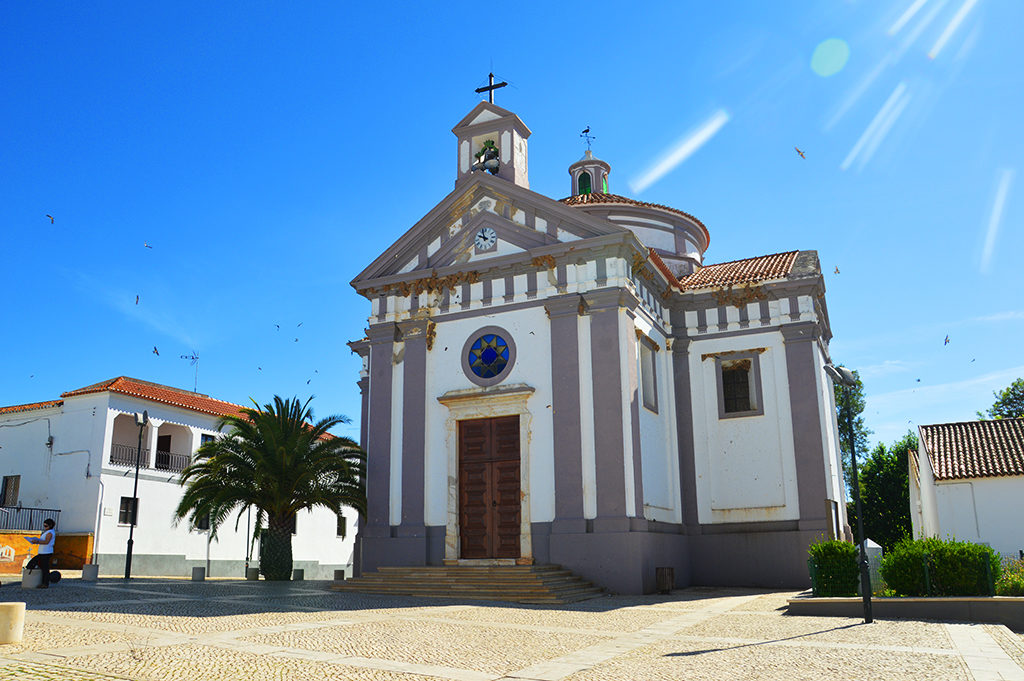
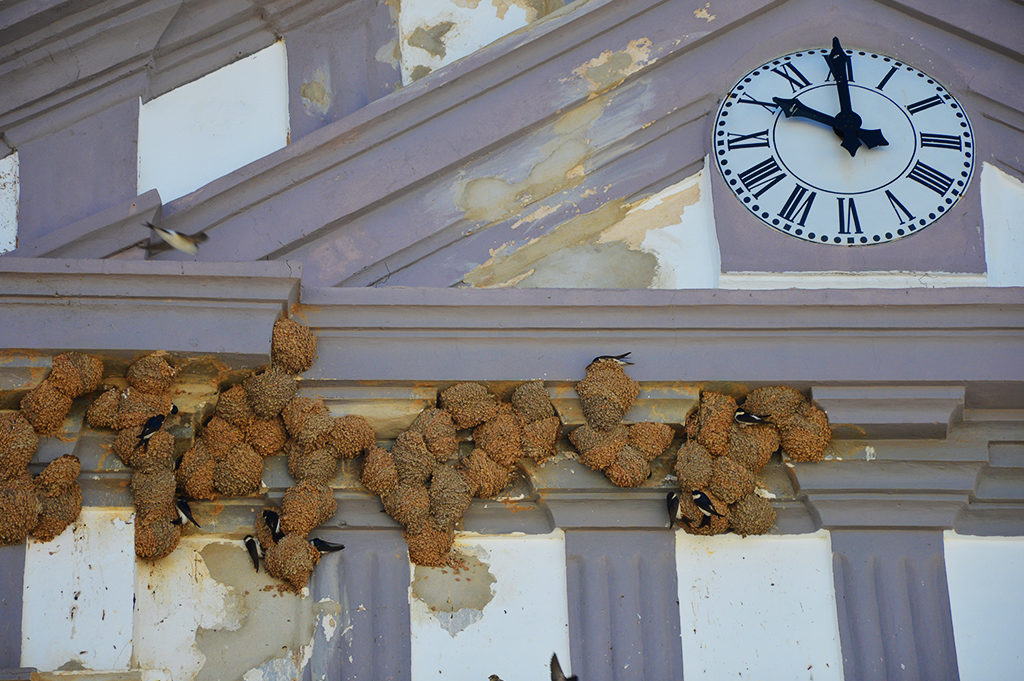
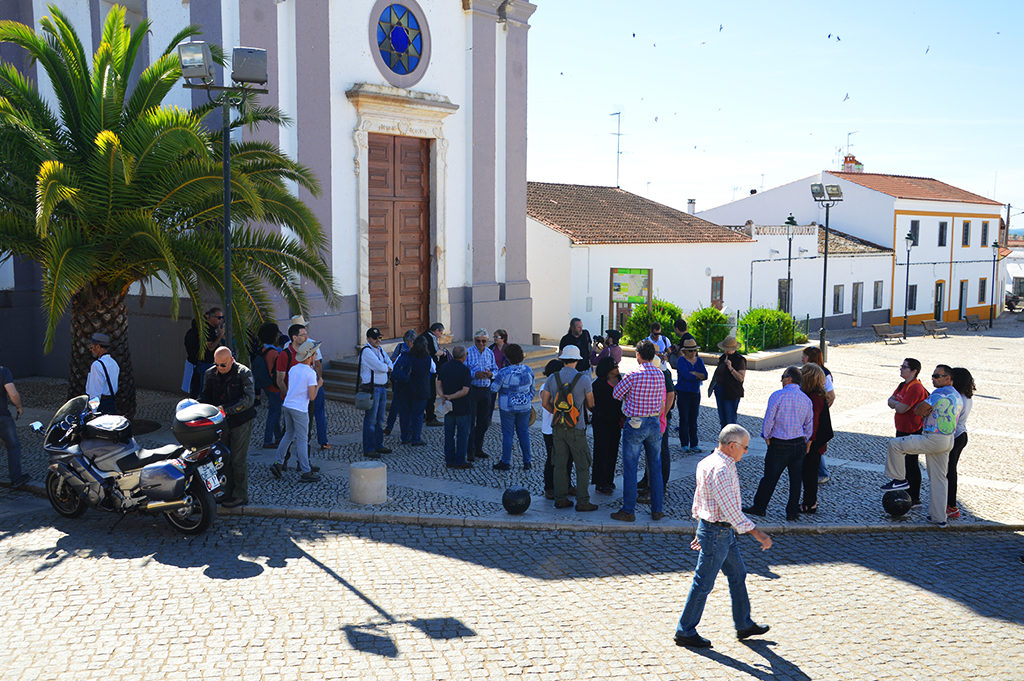
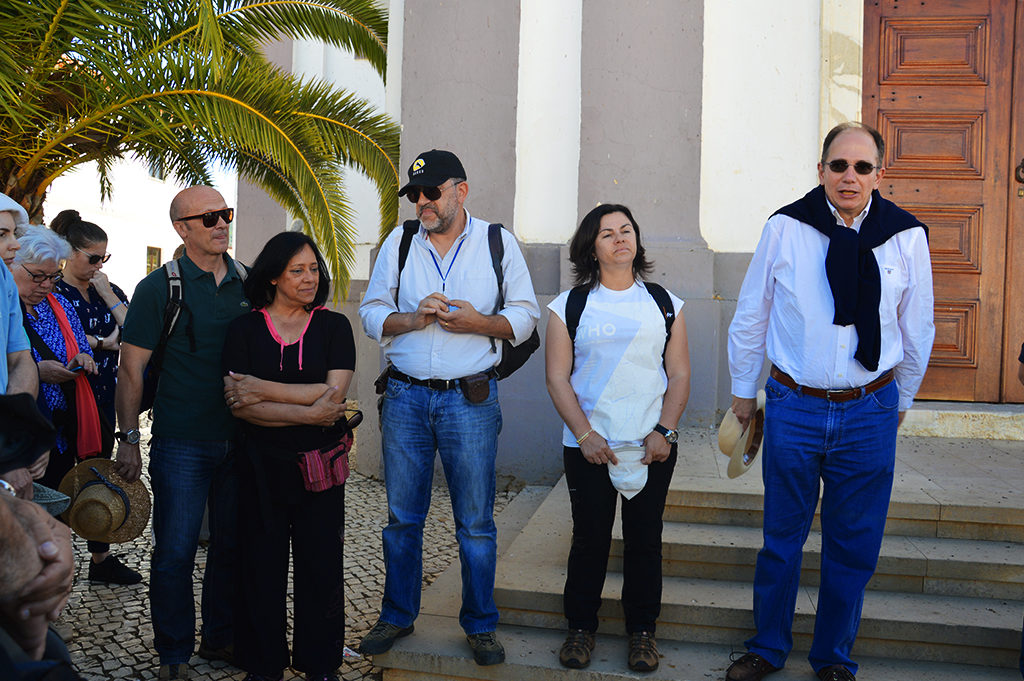
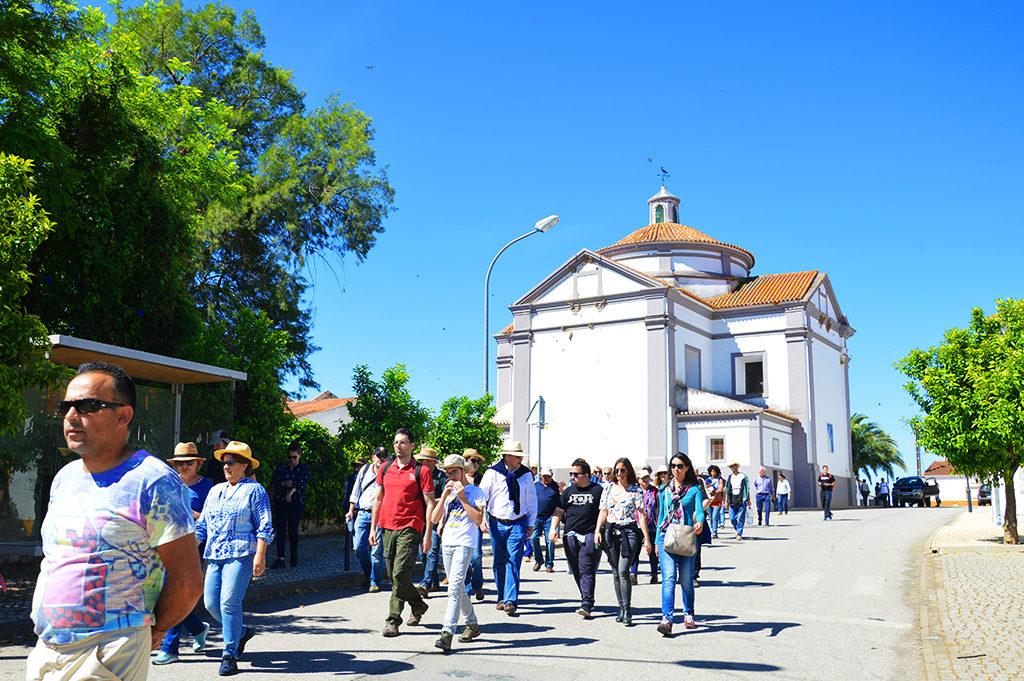
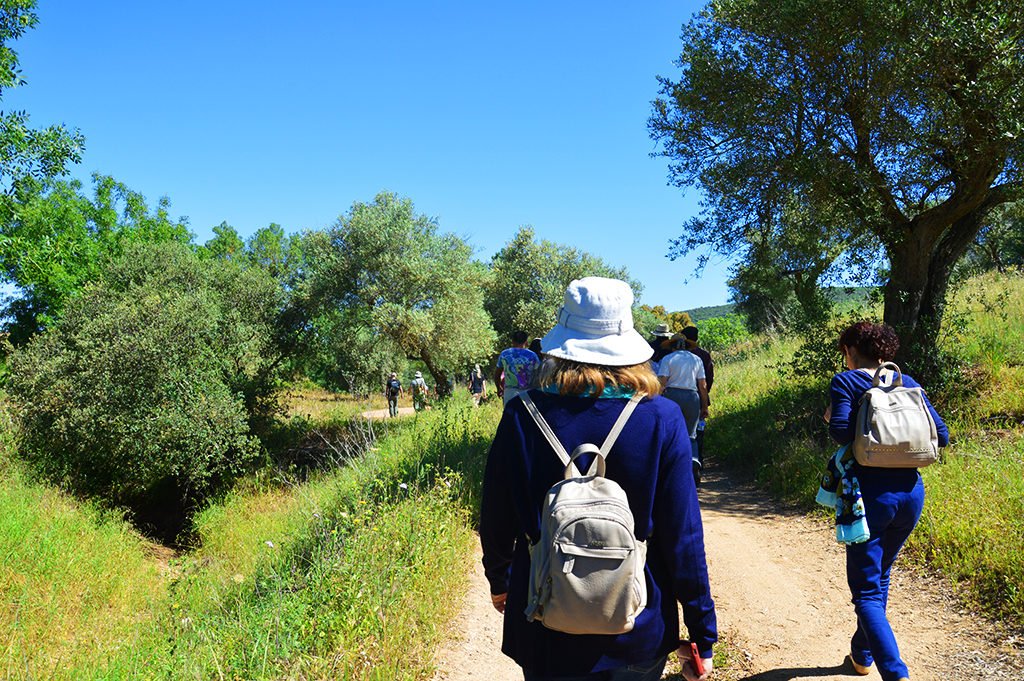
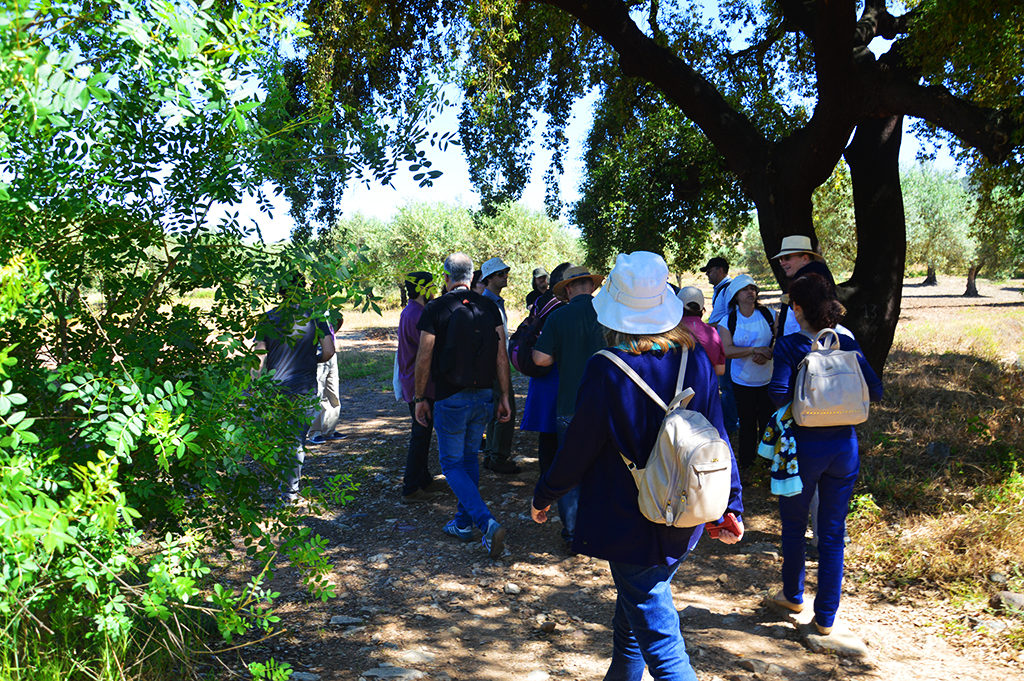
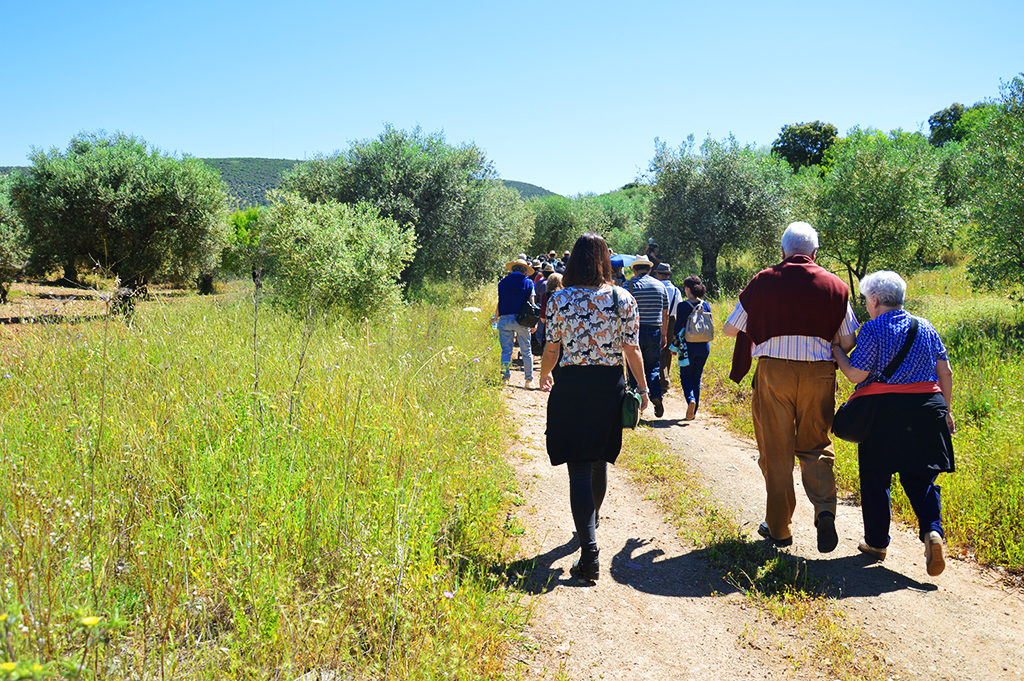
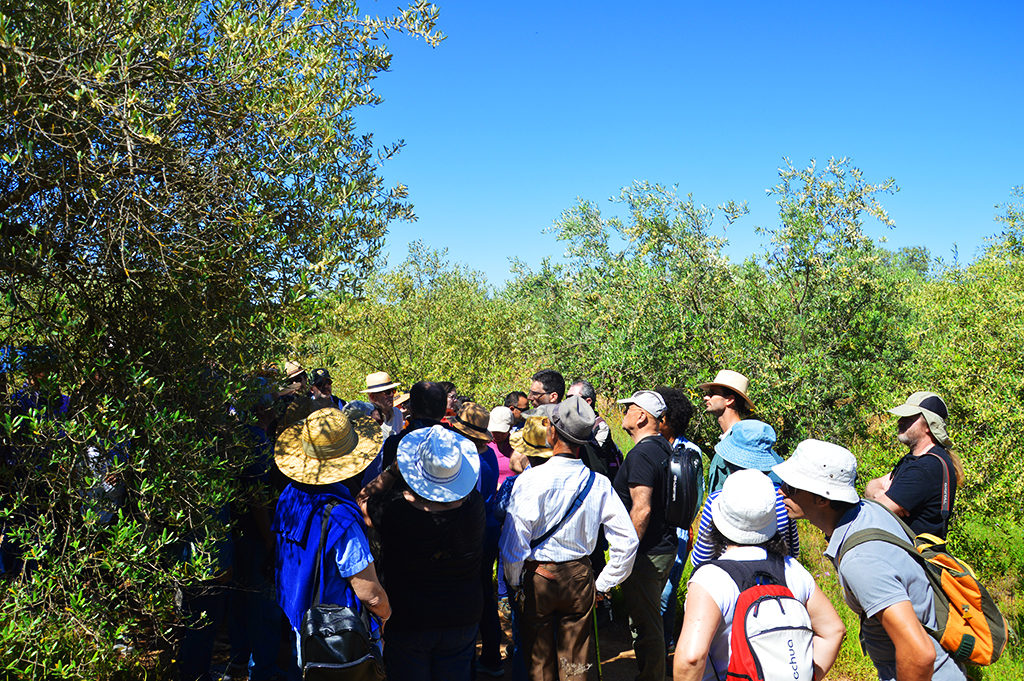
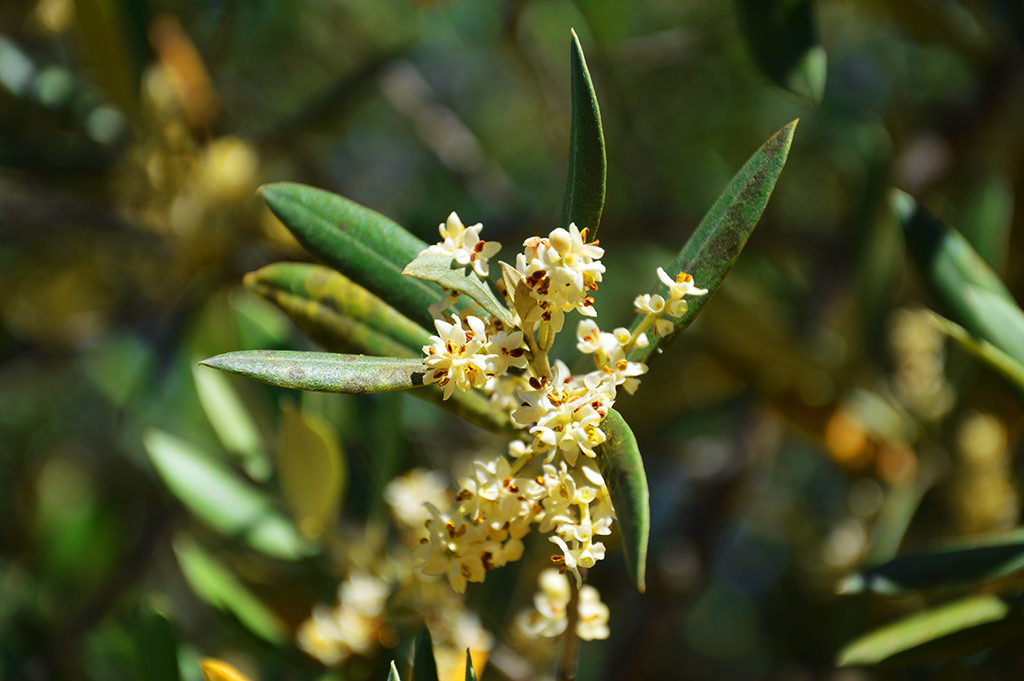
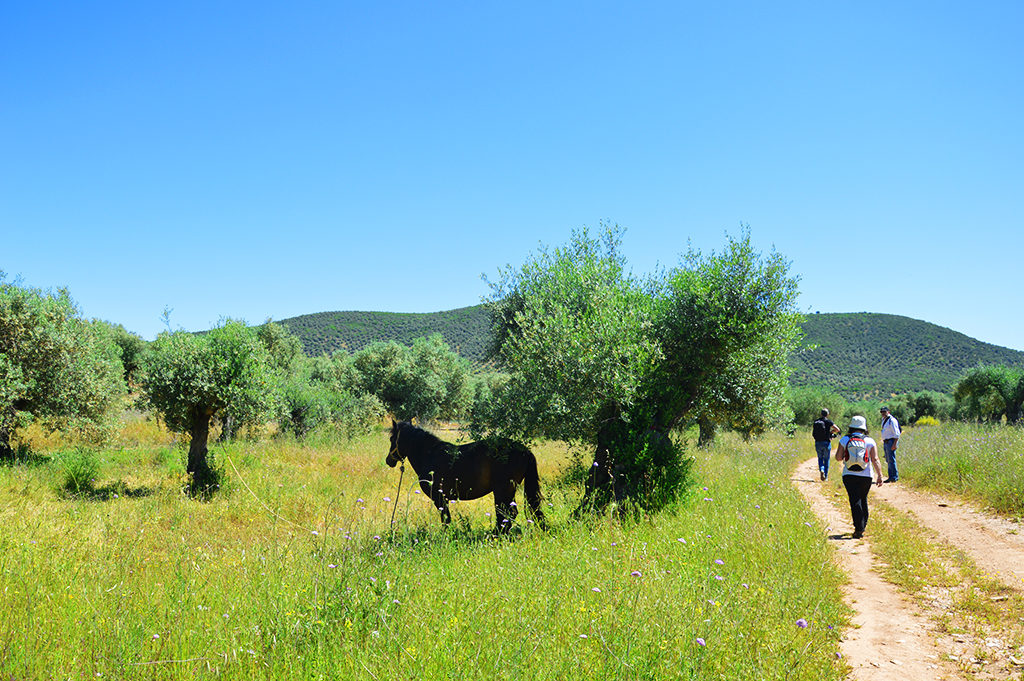
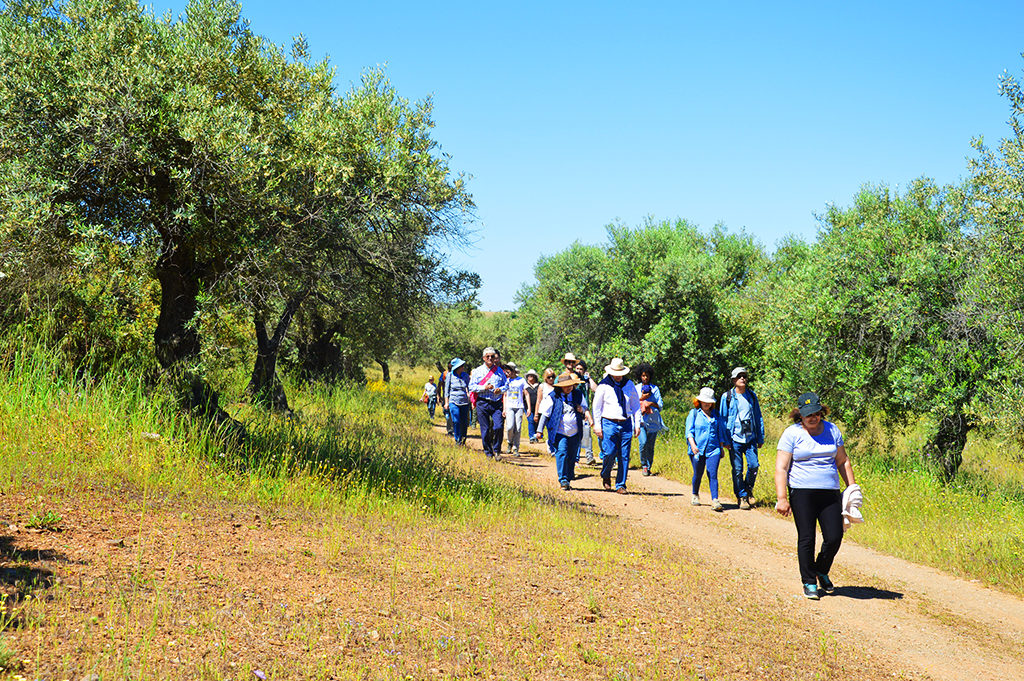
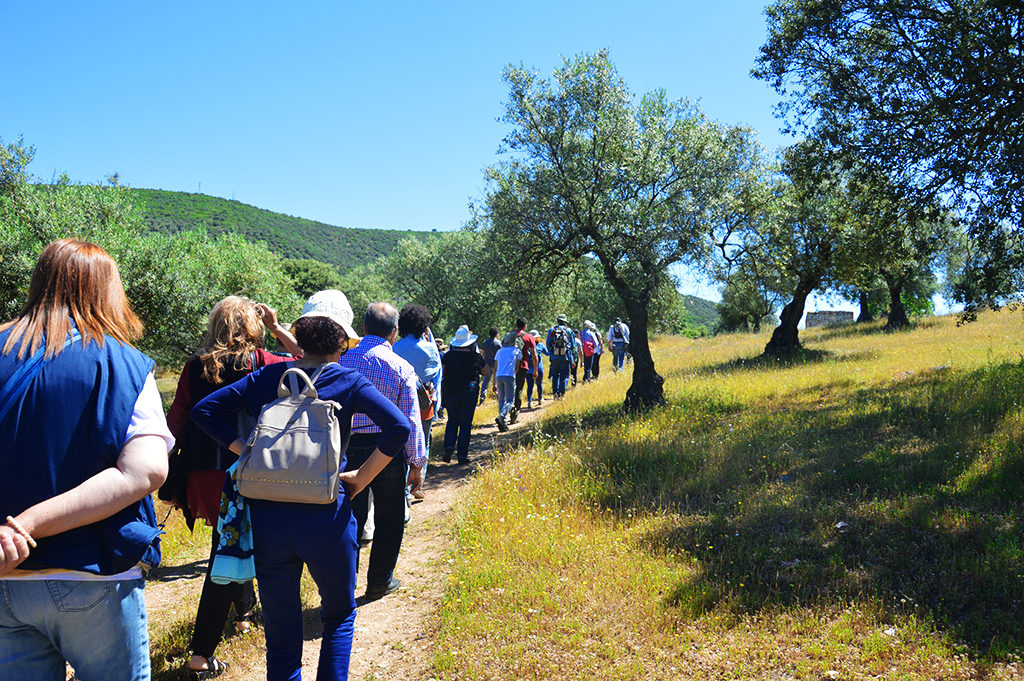
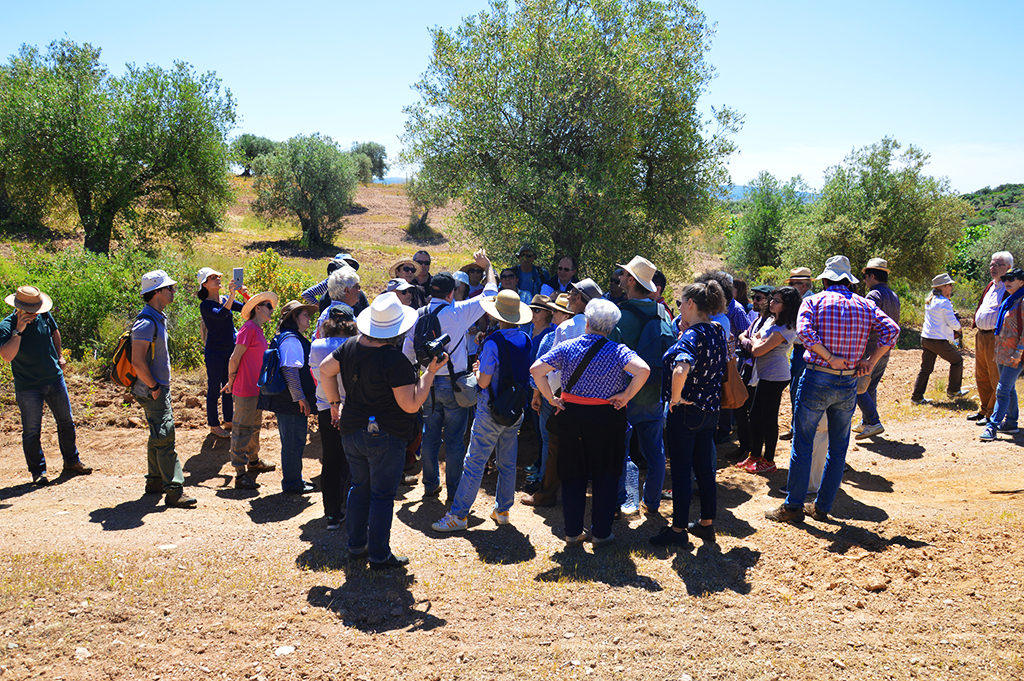
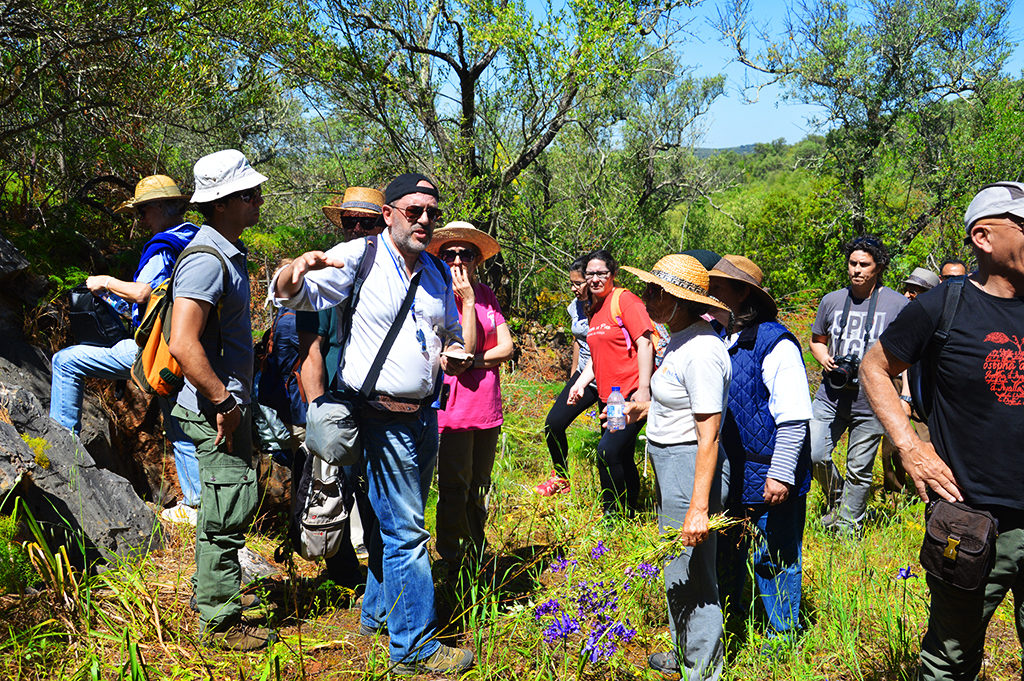
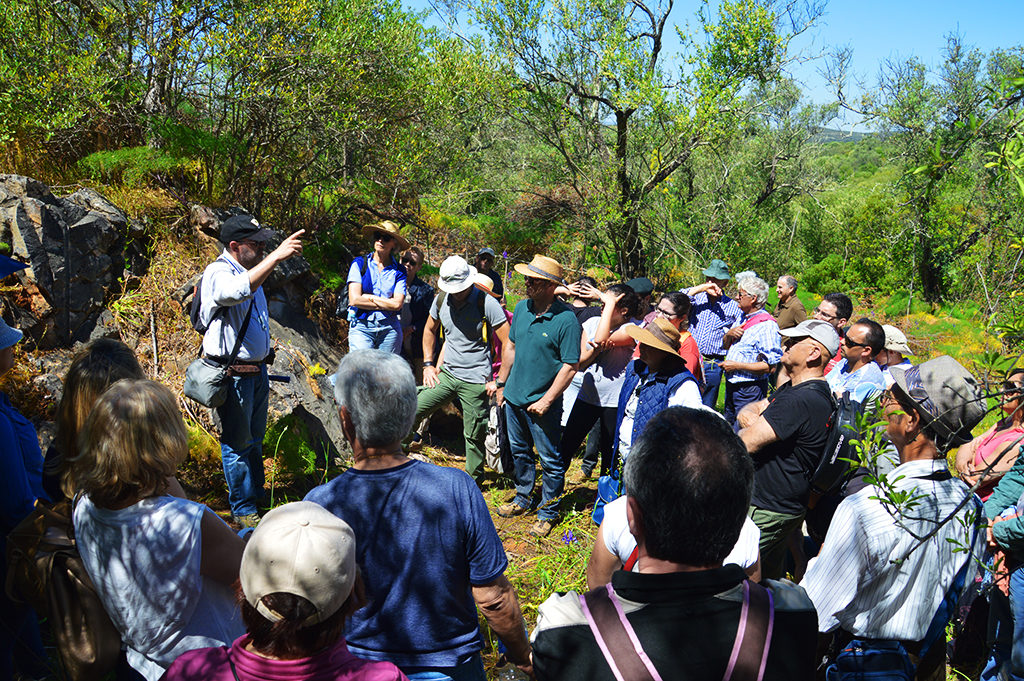
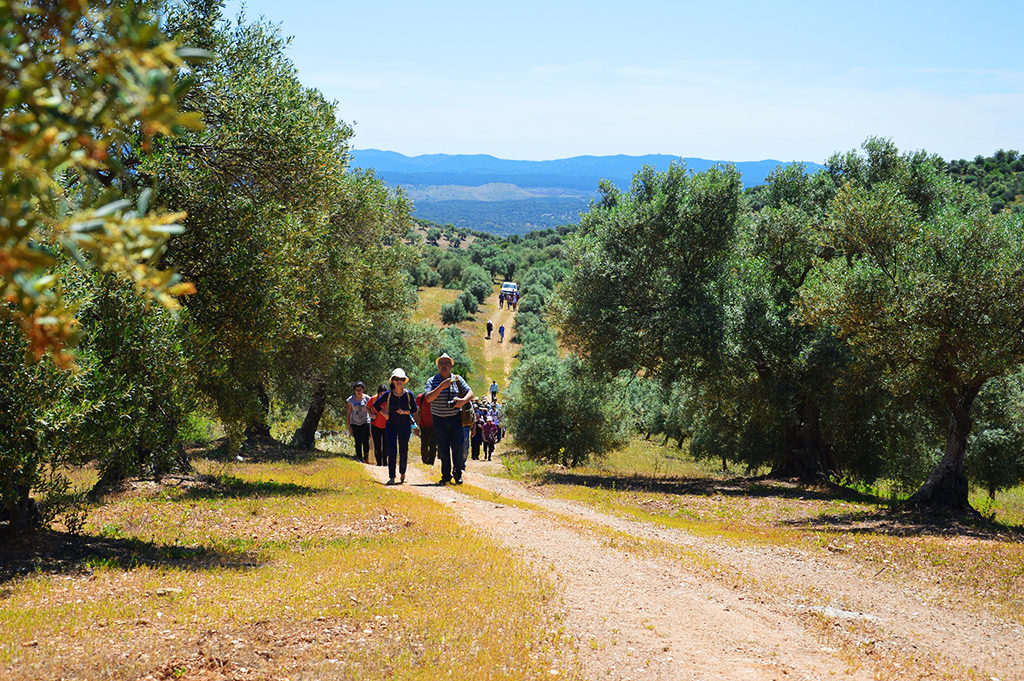
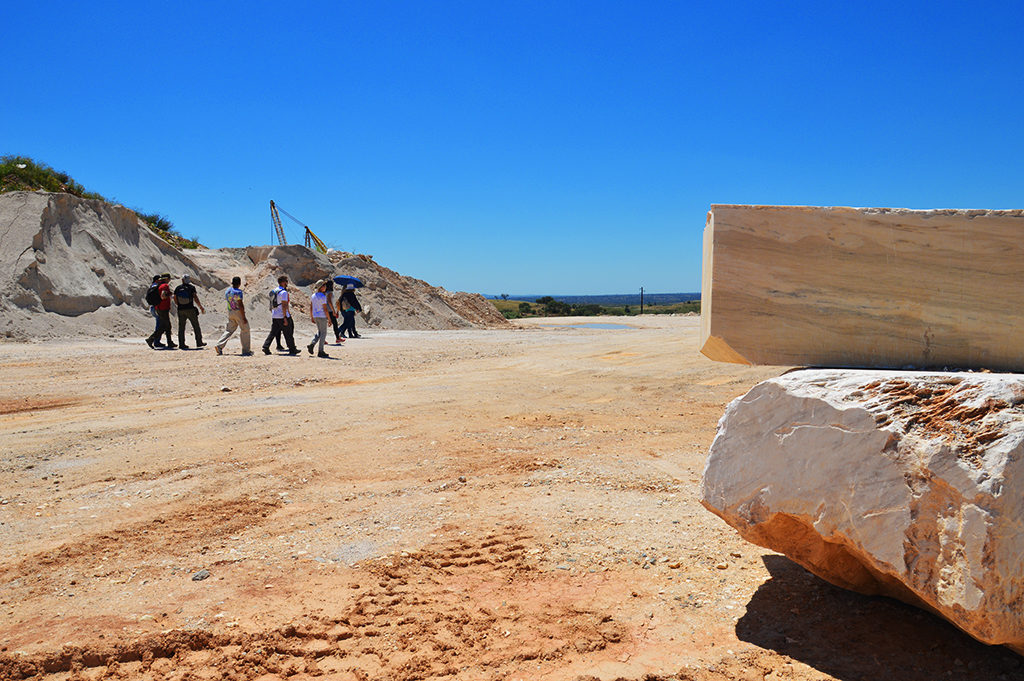


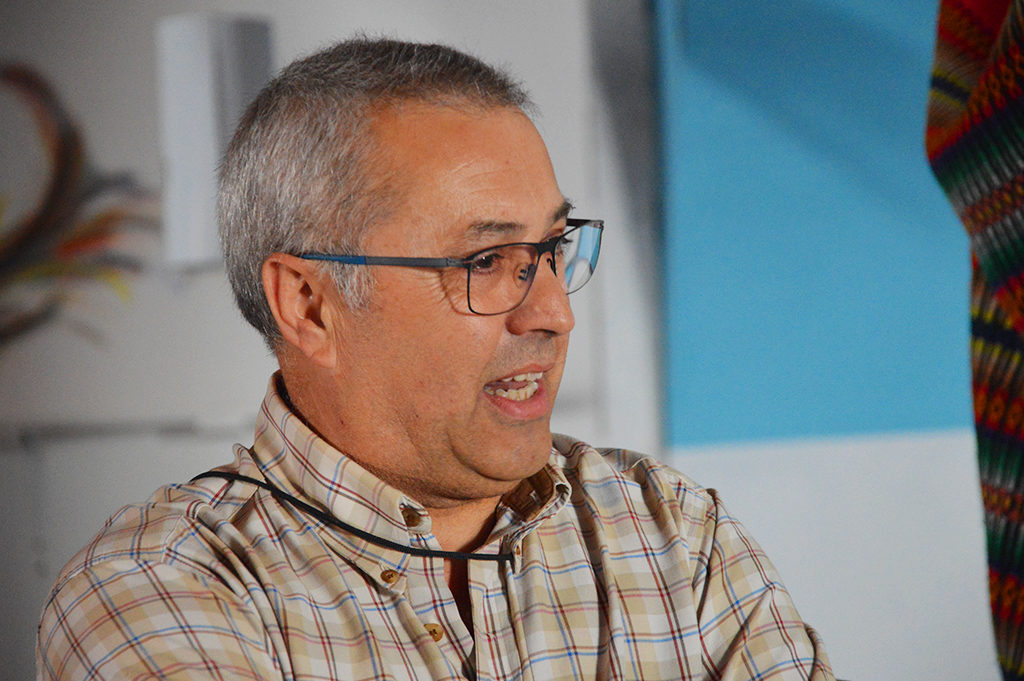
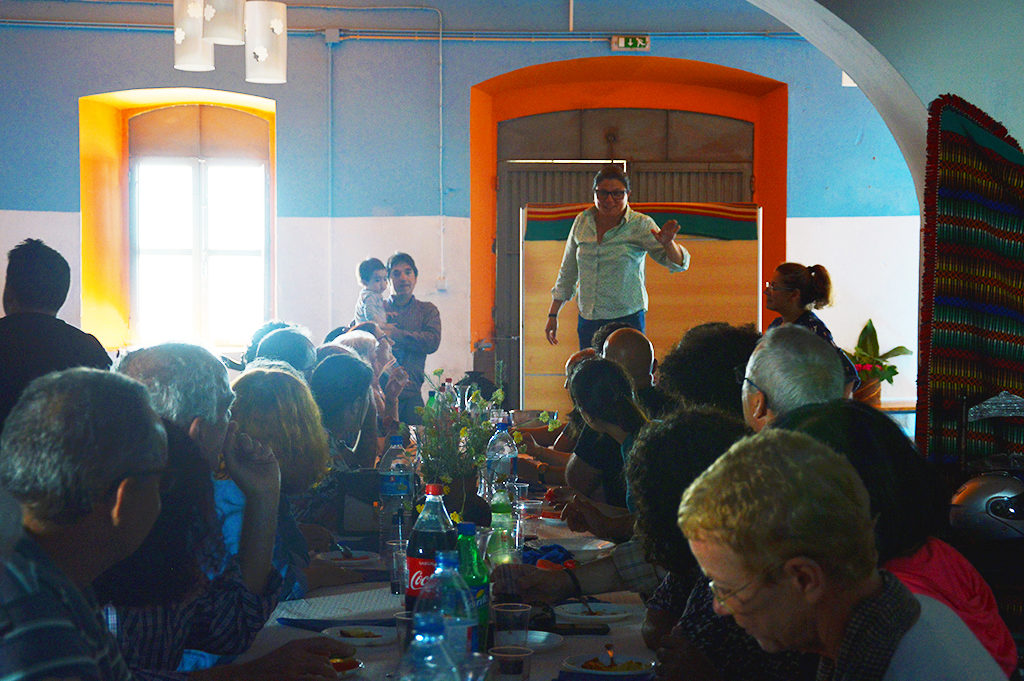
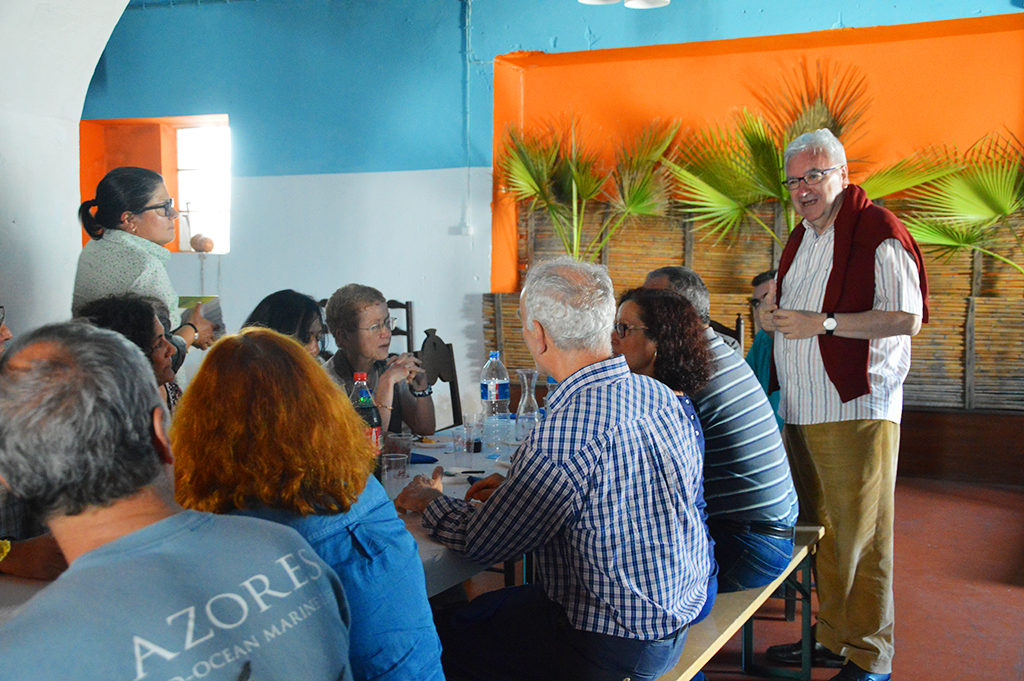
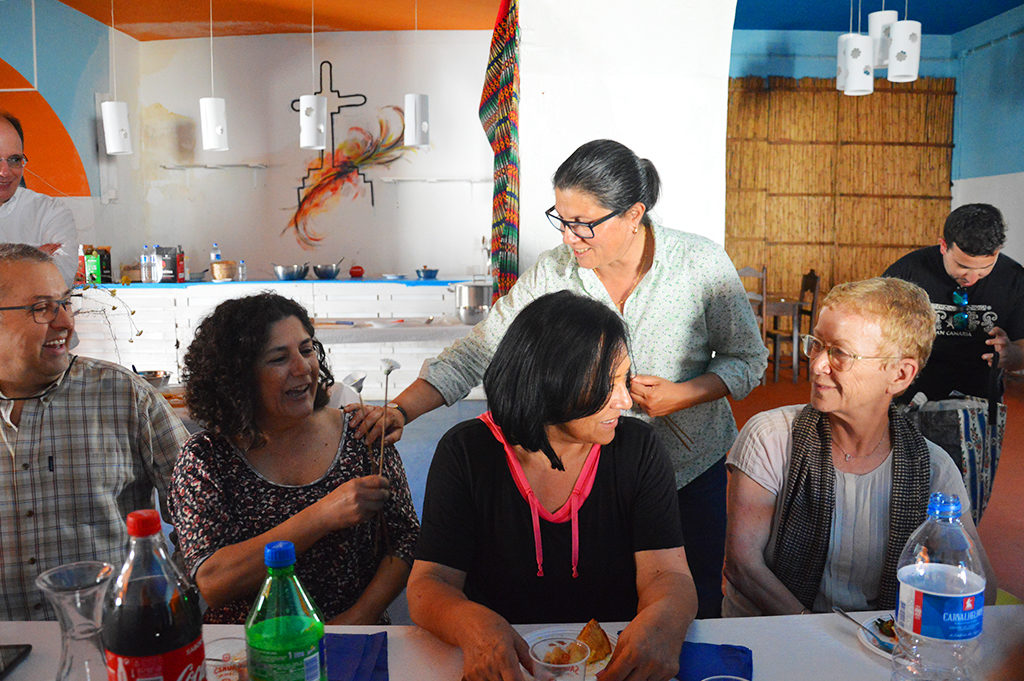
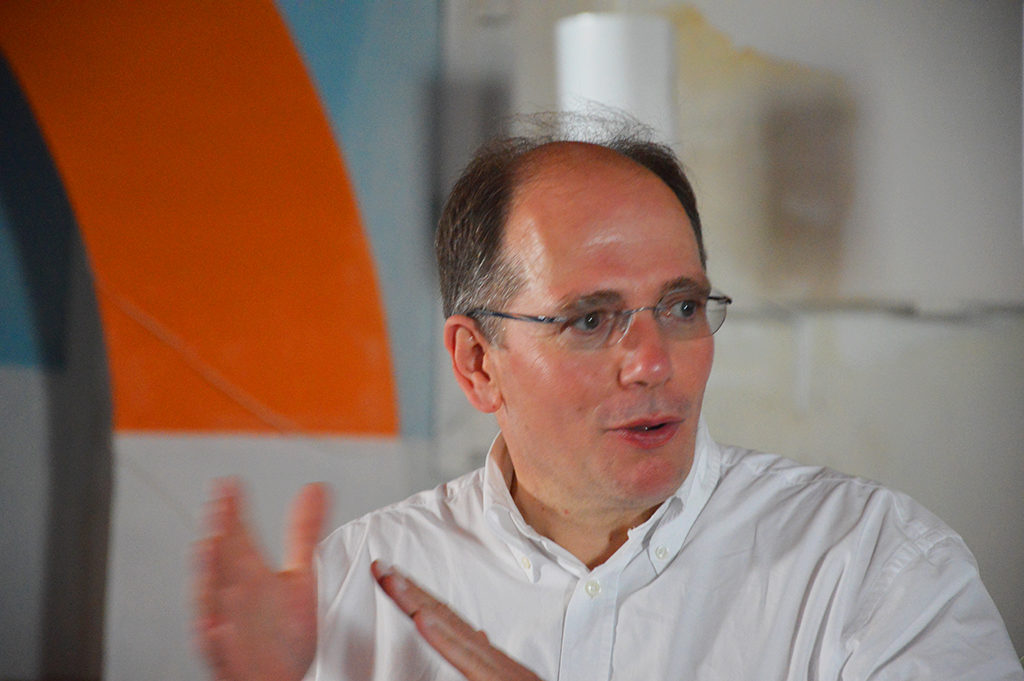
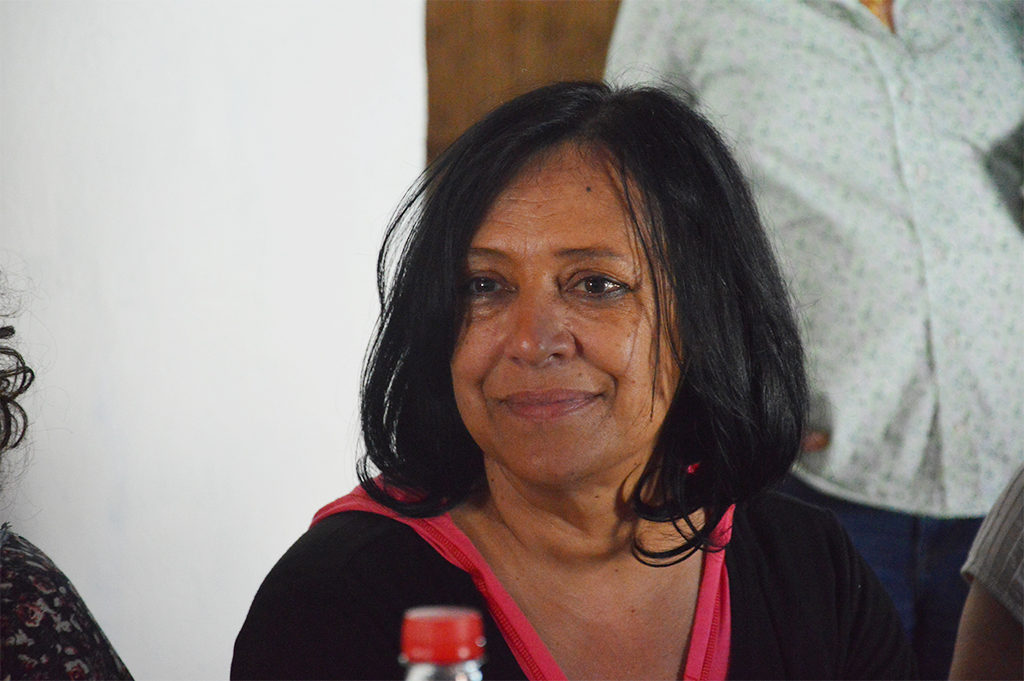


















Comments